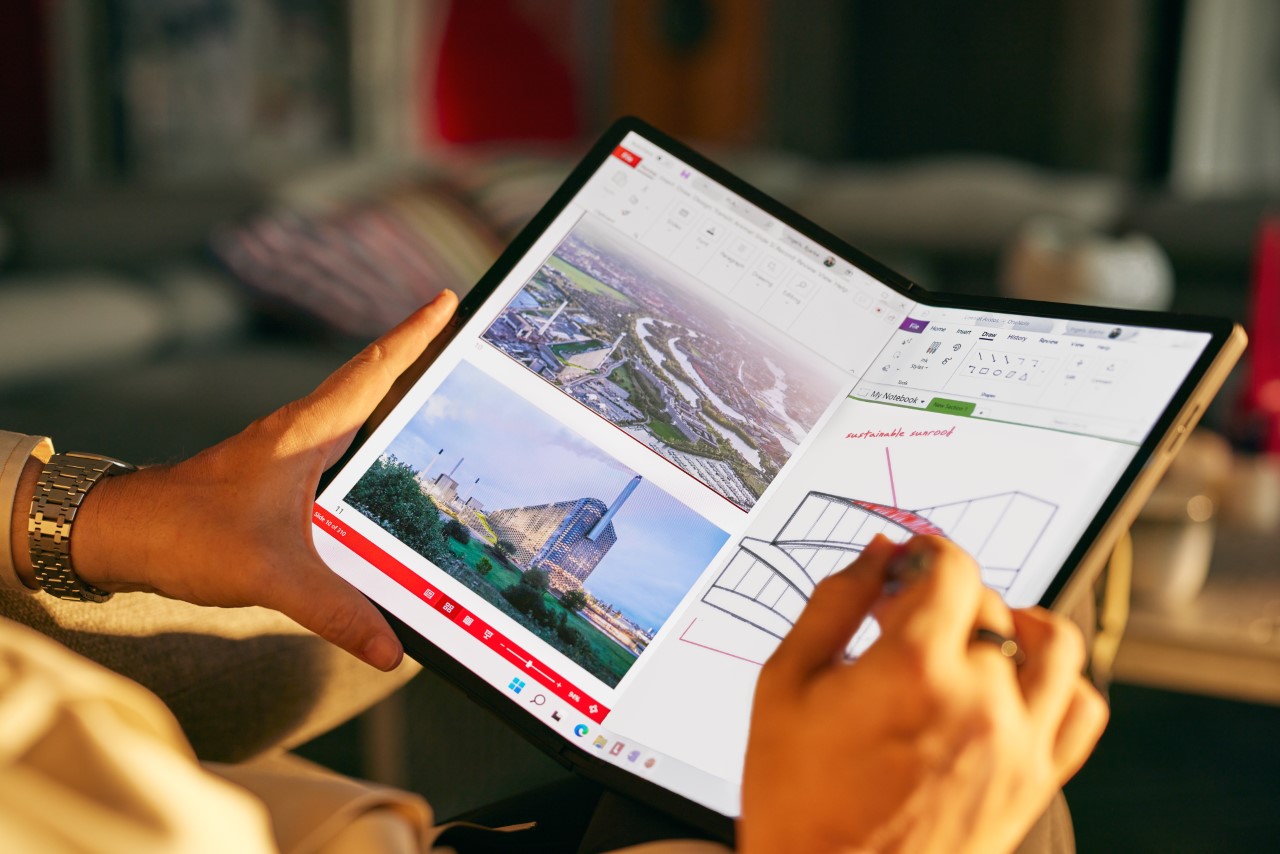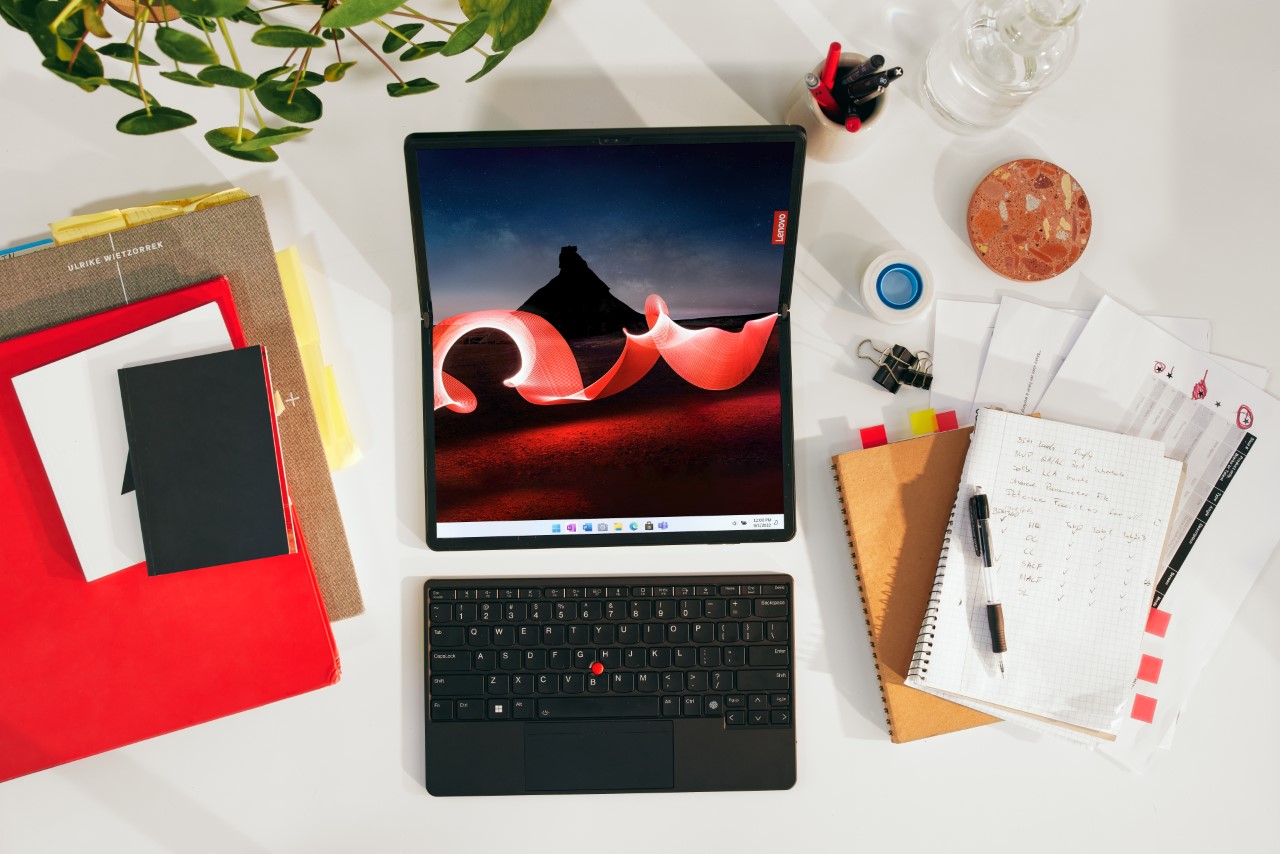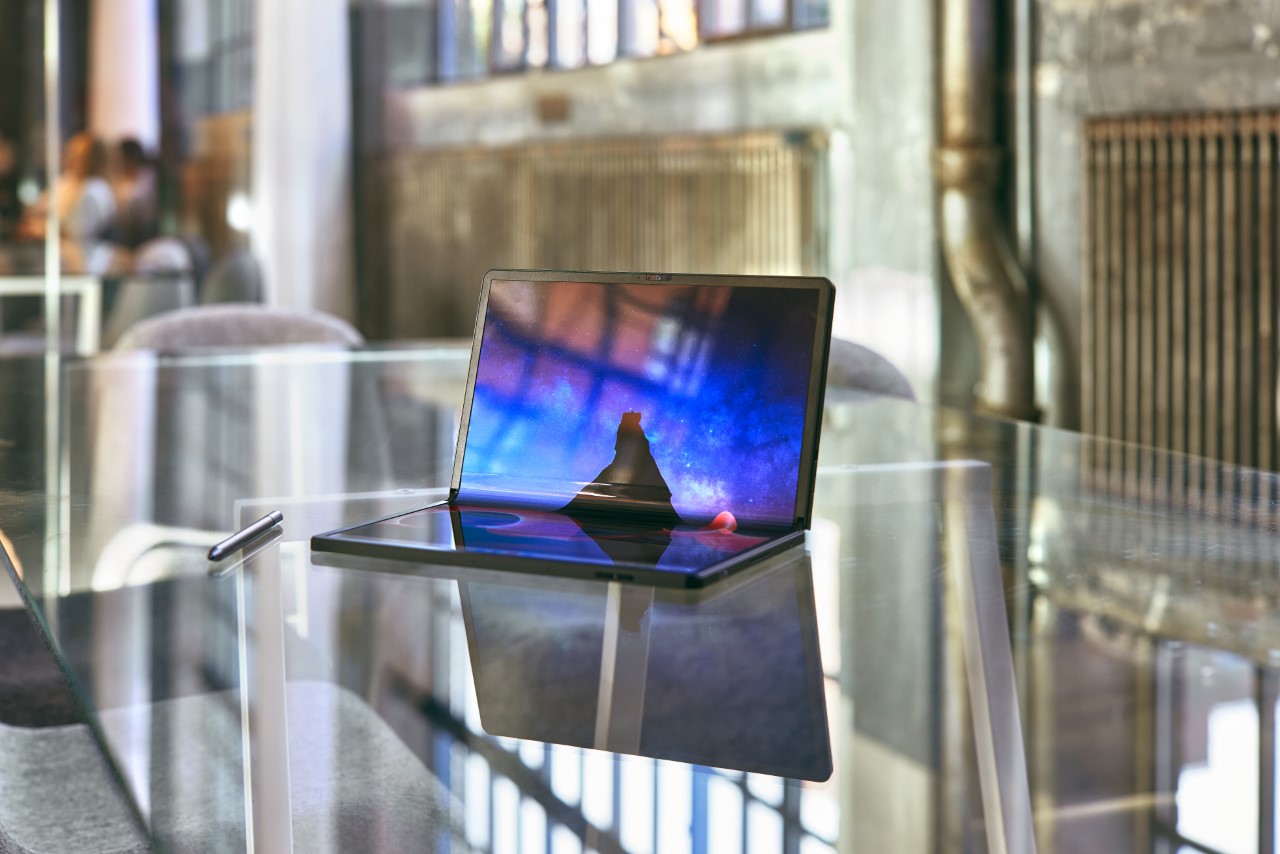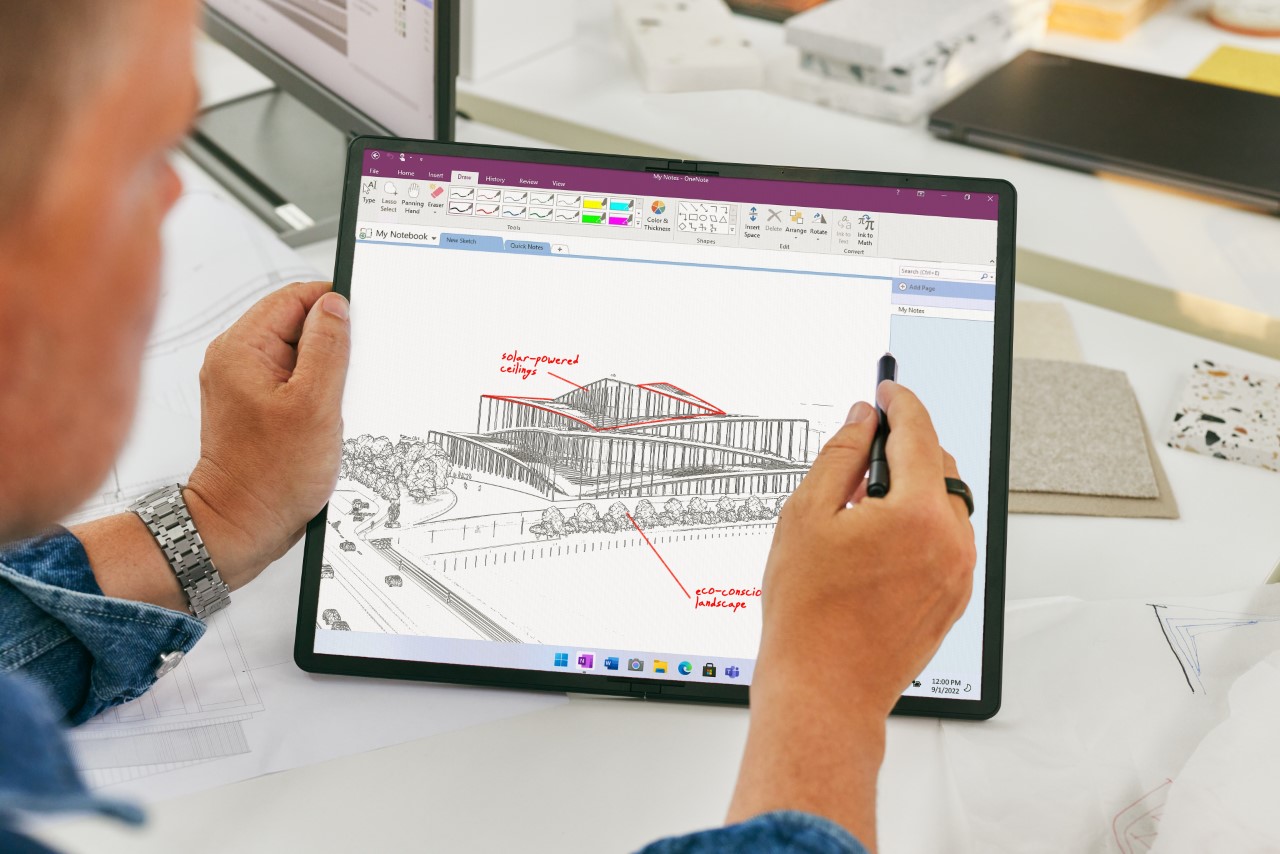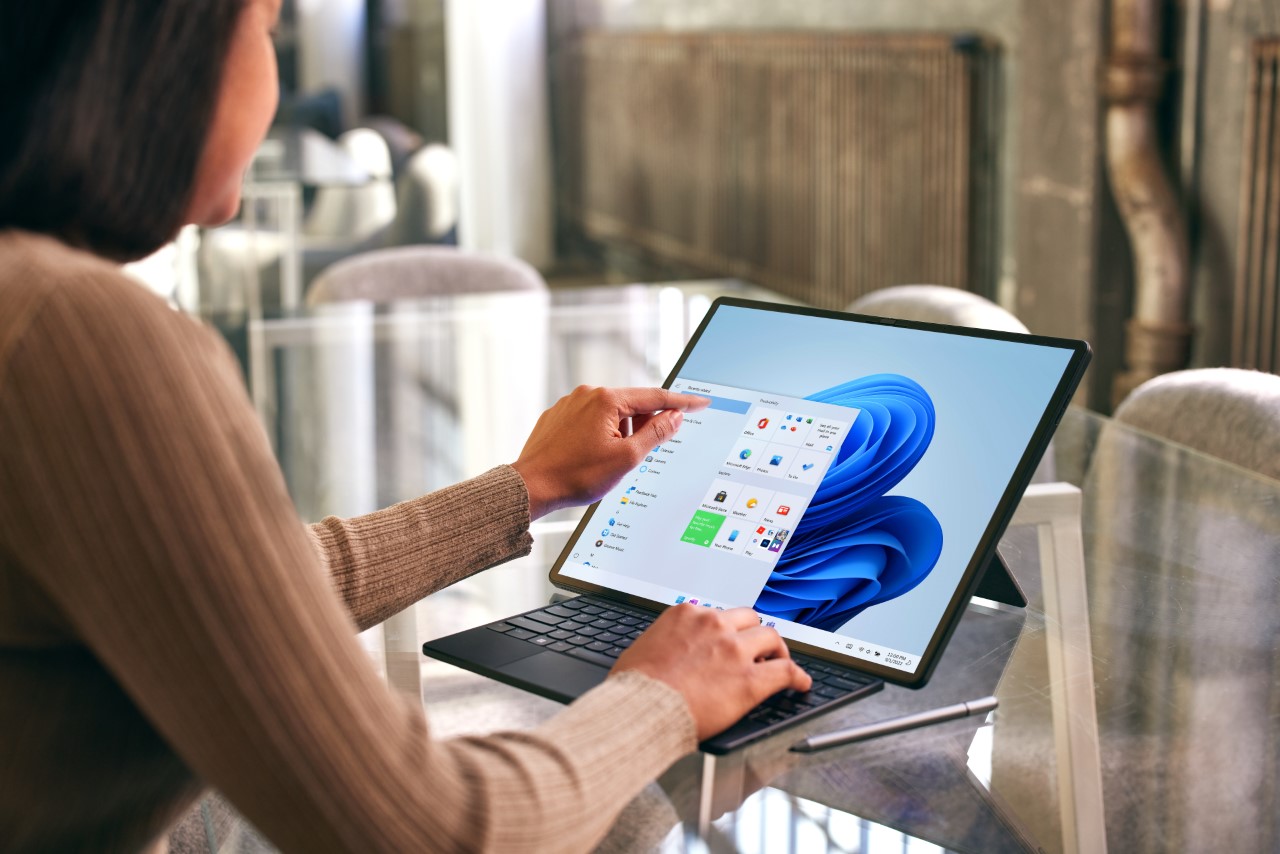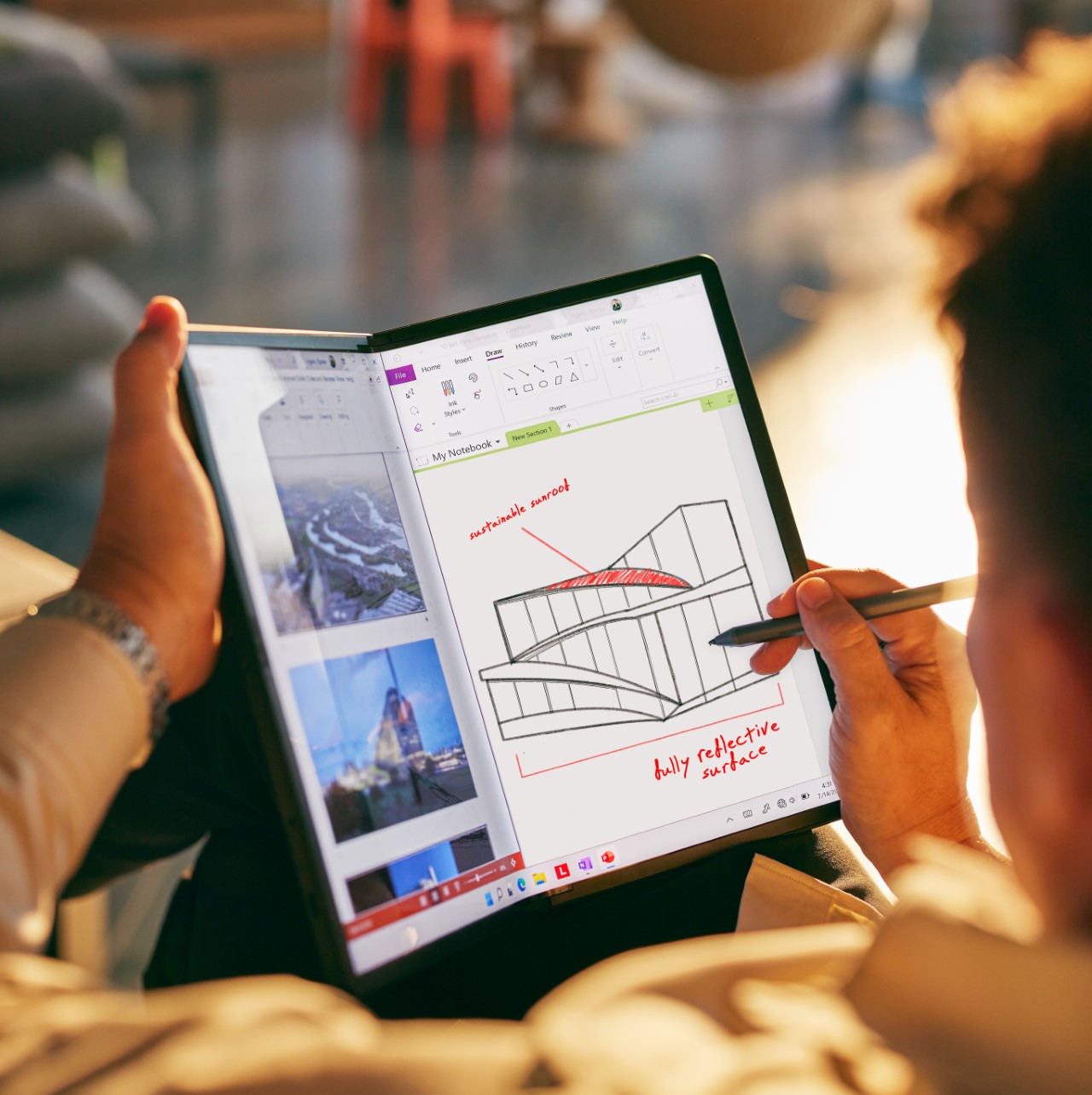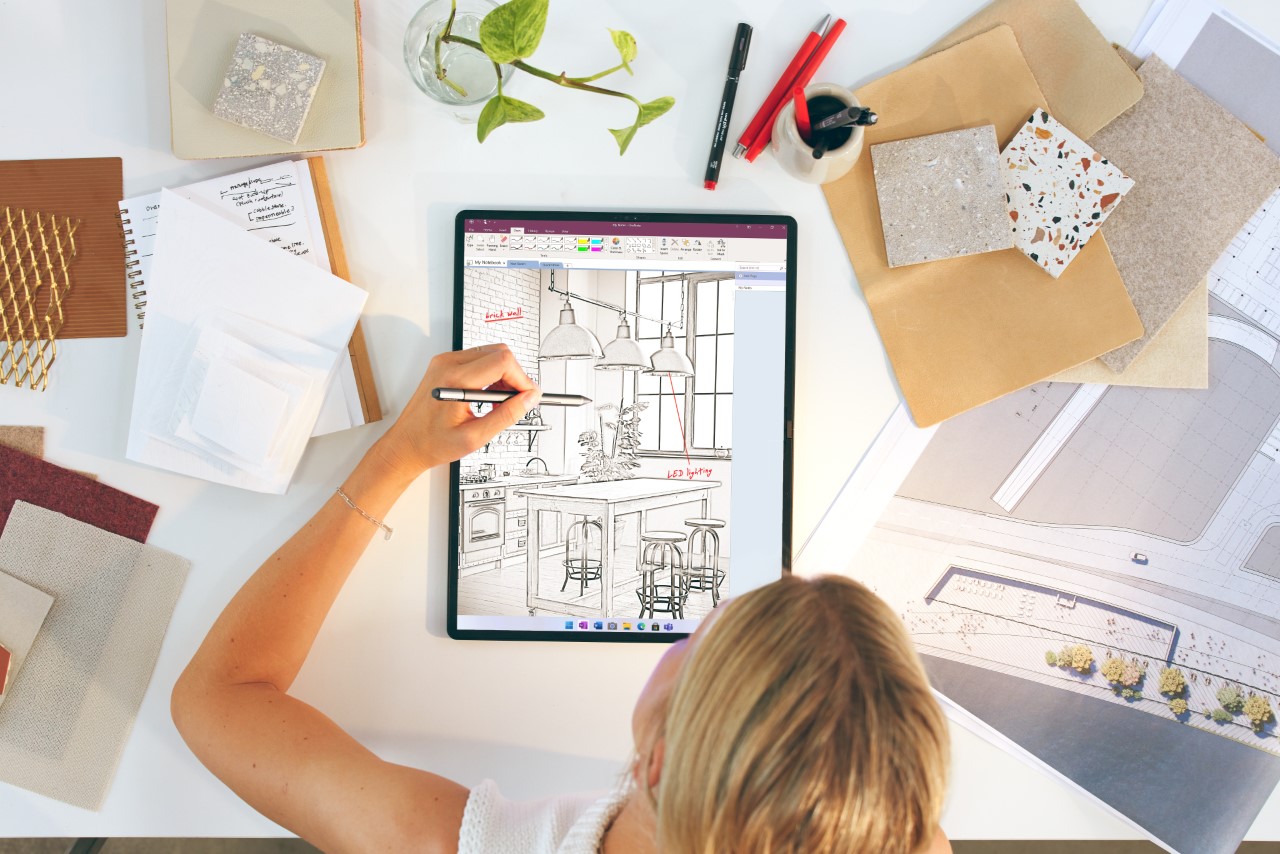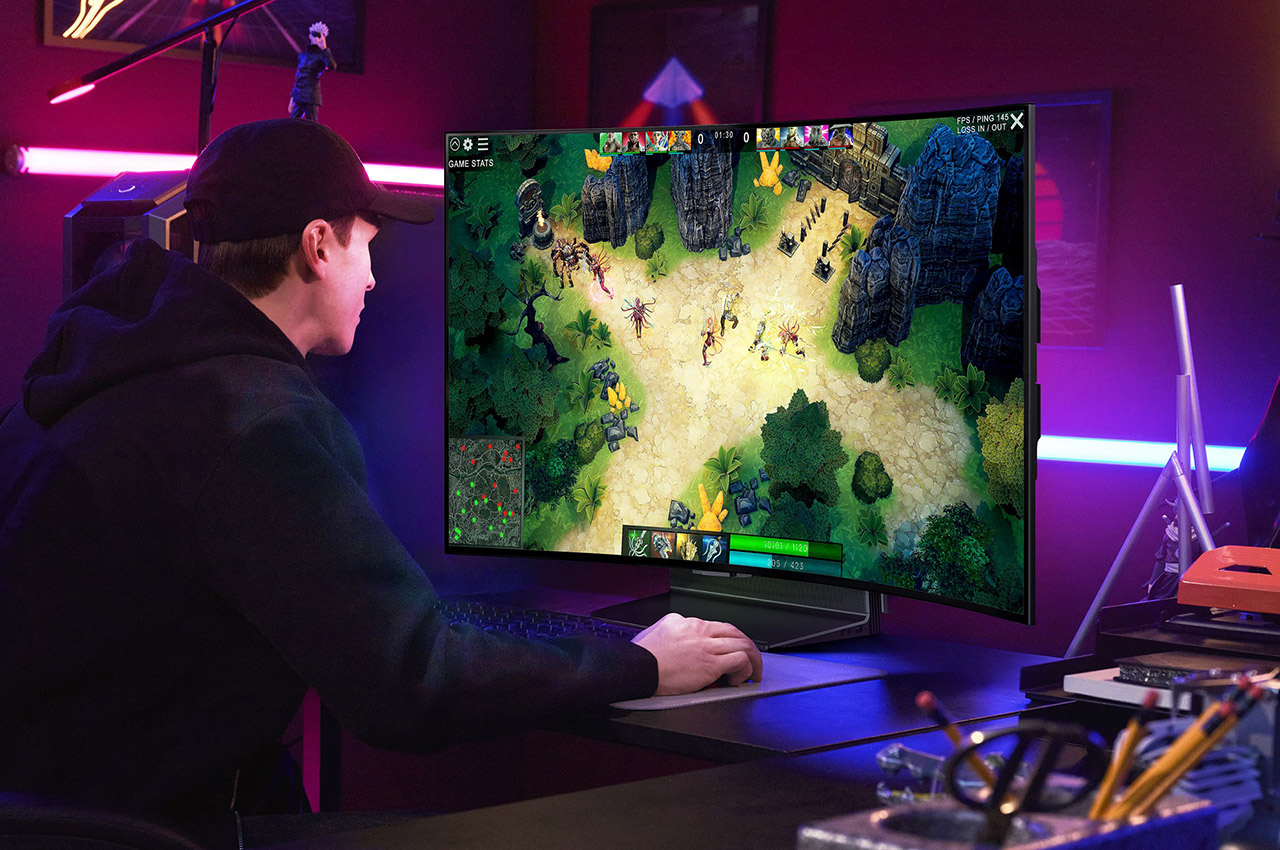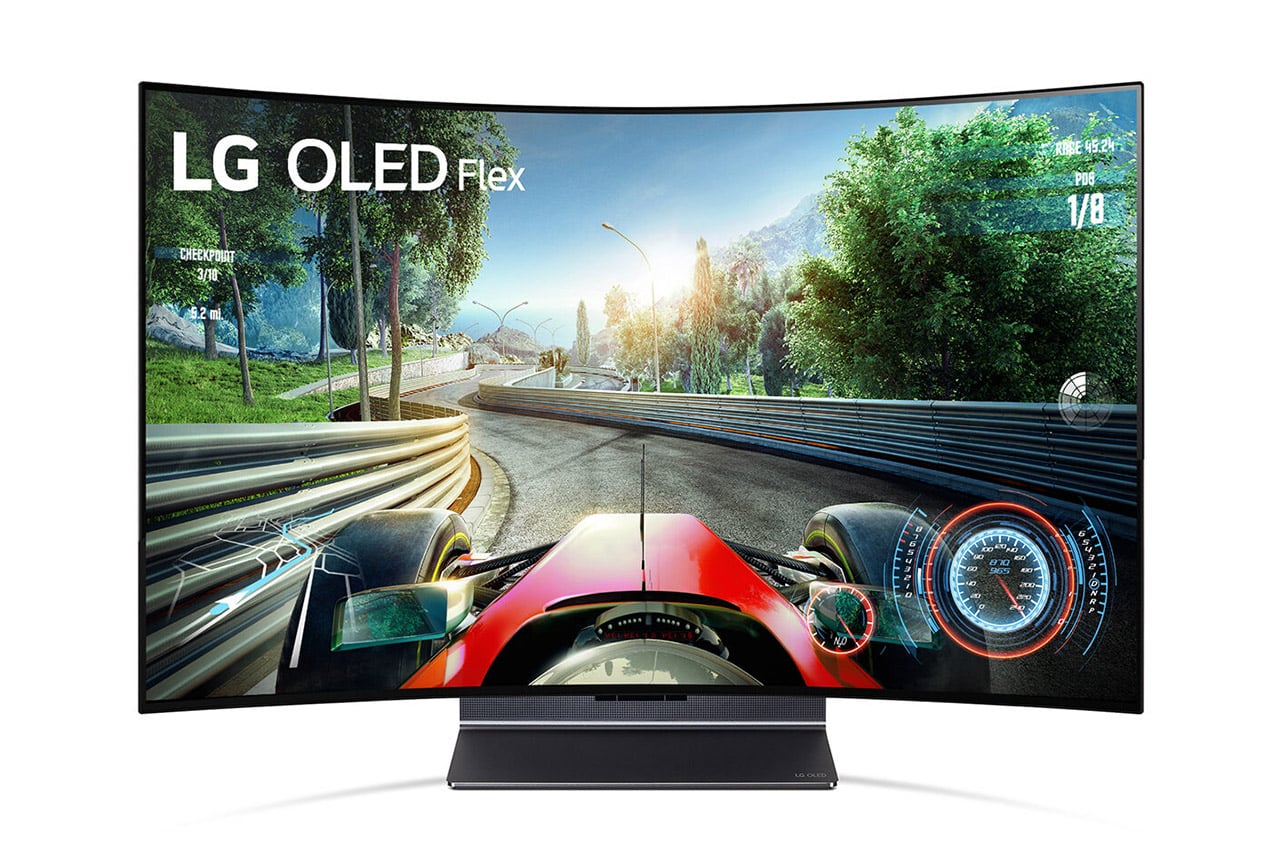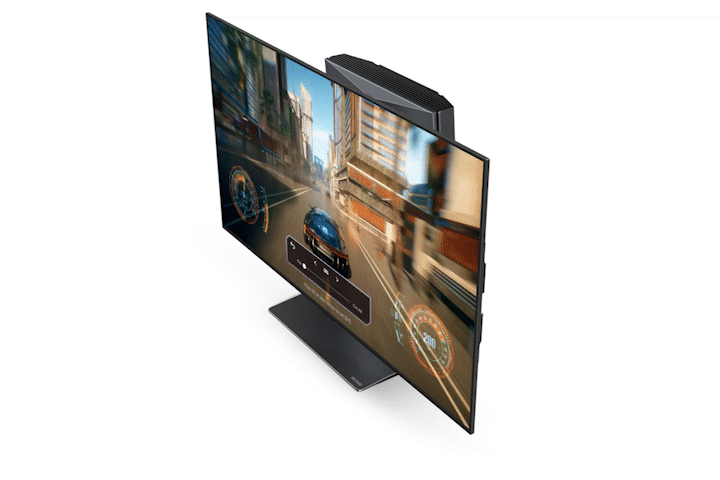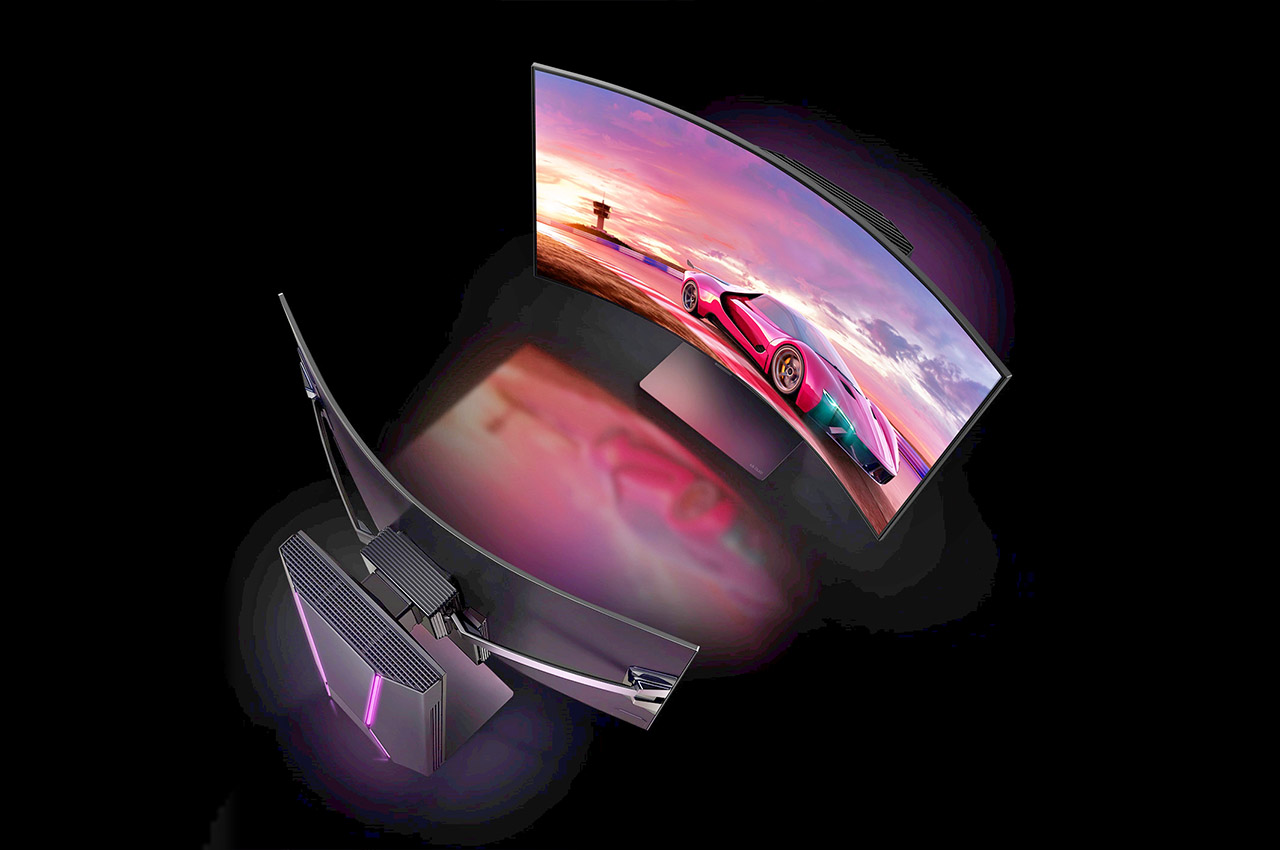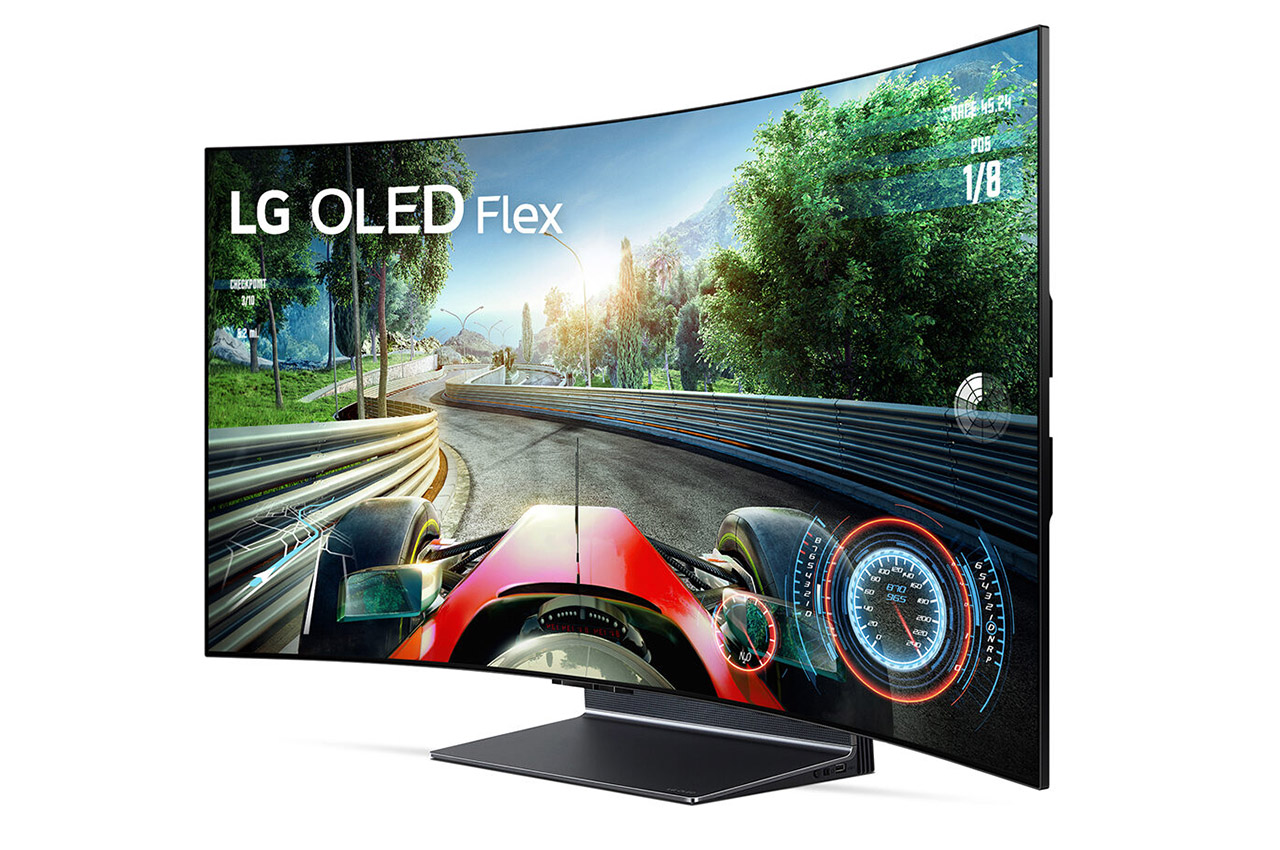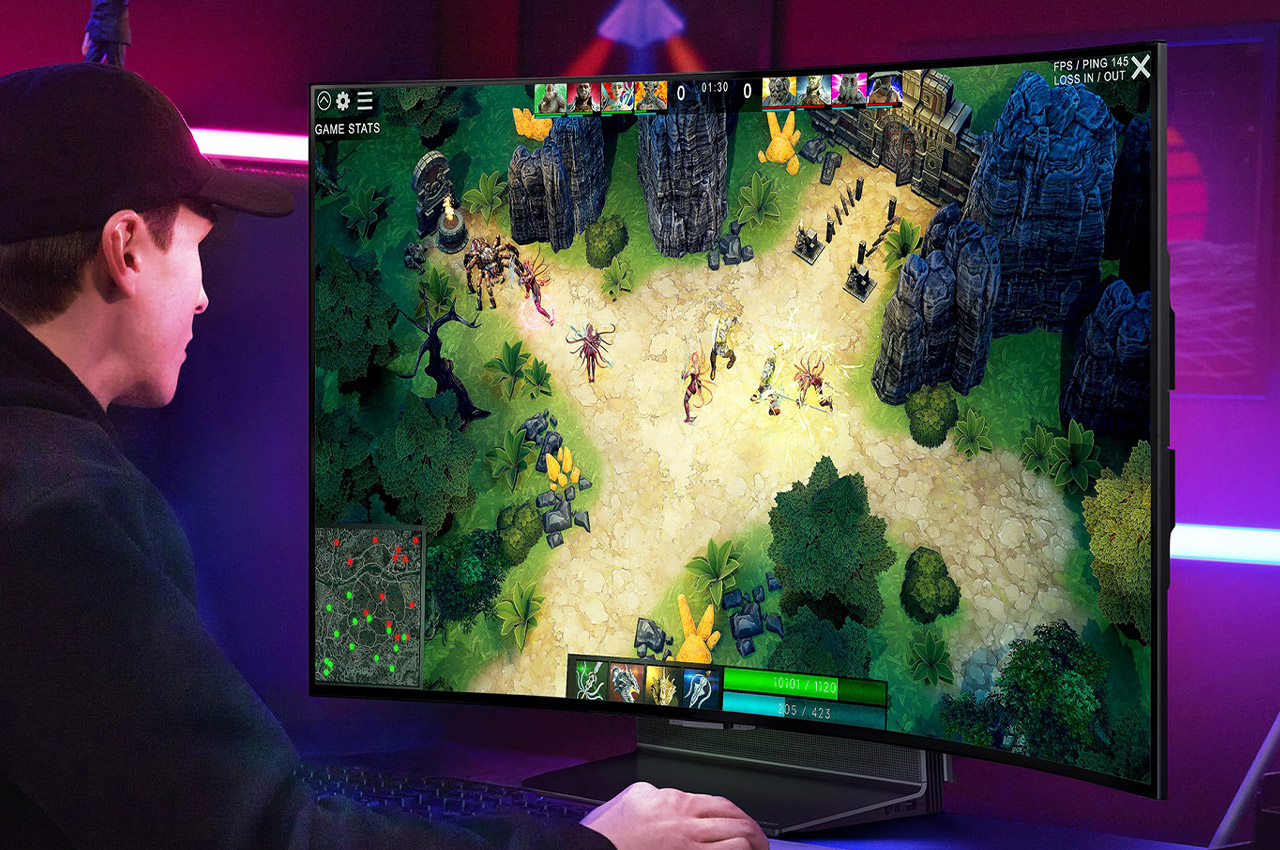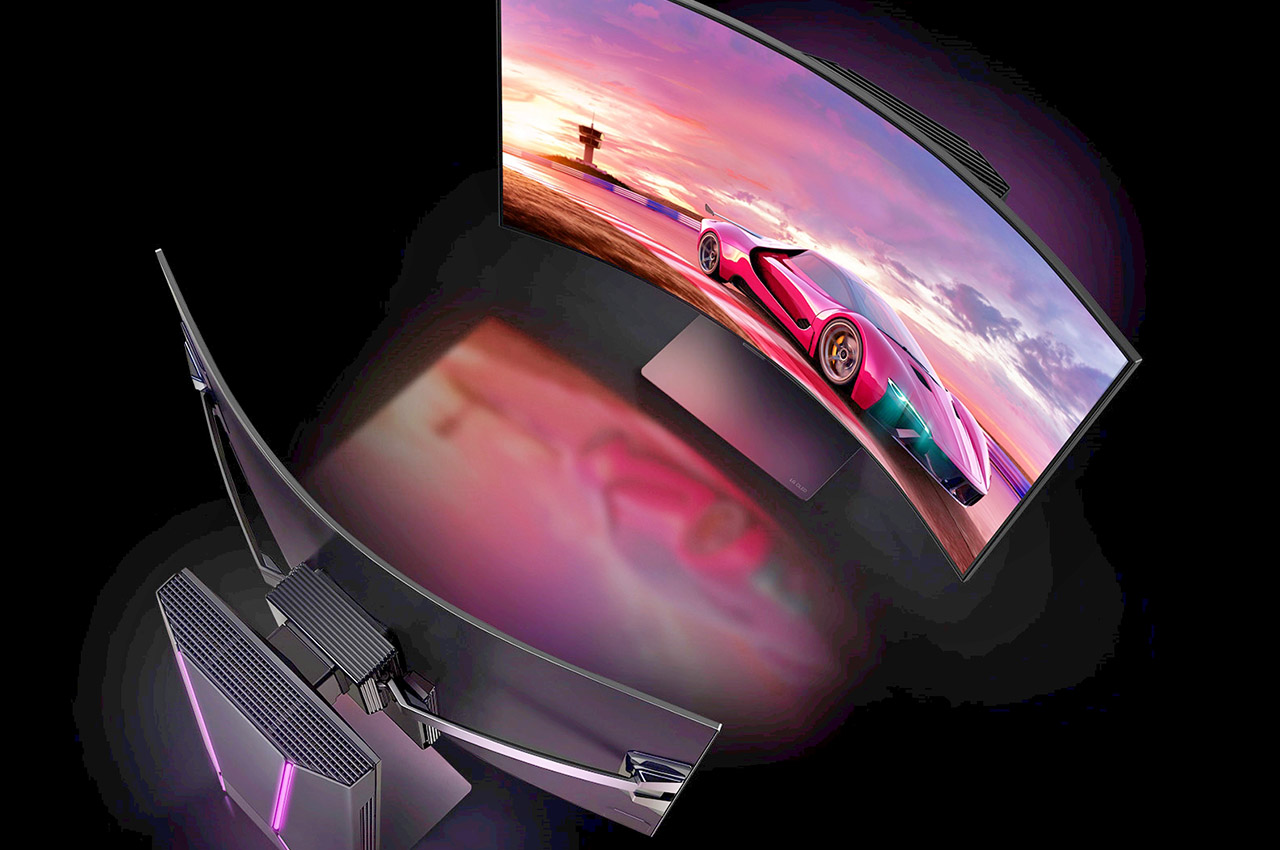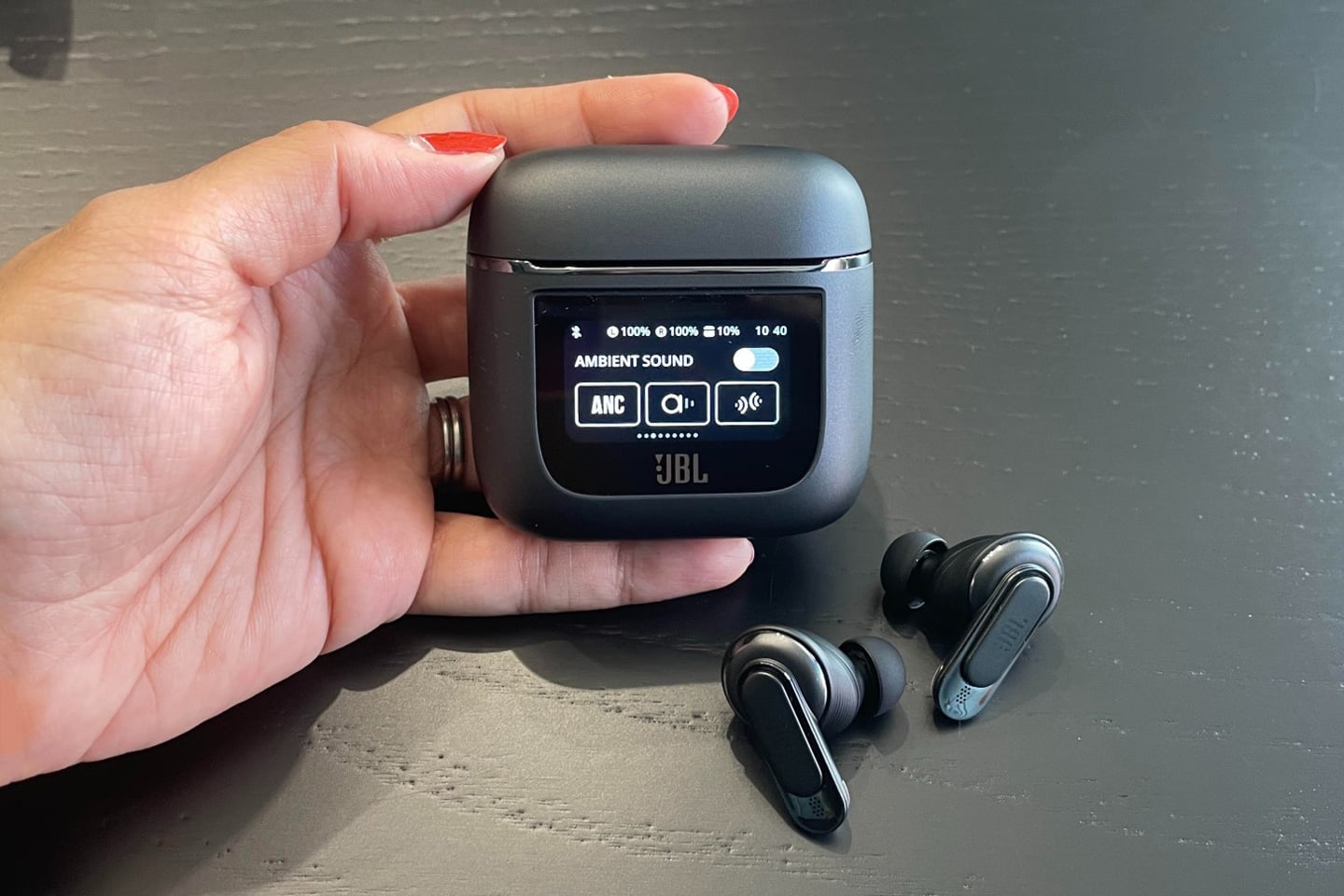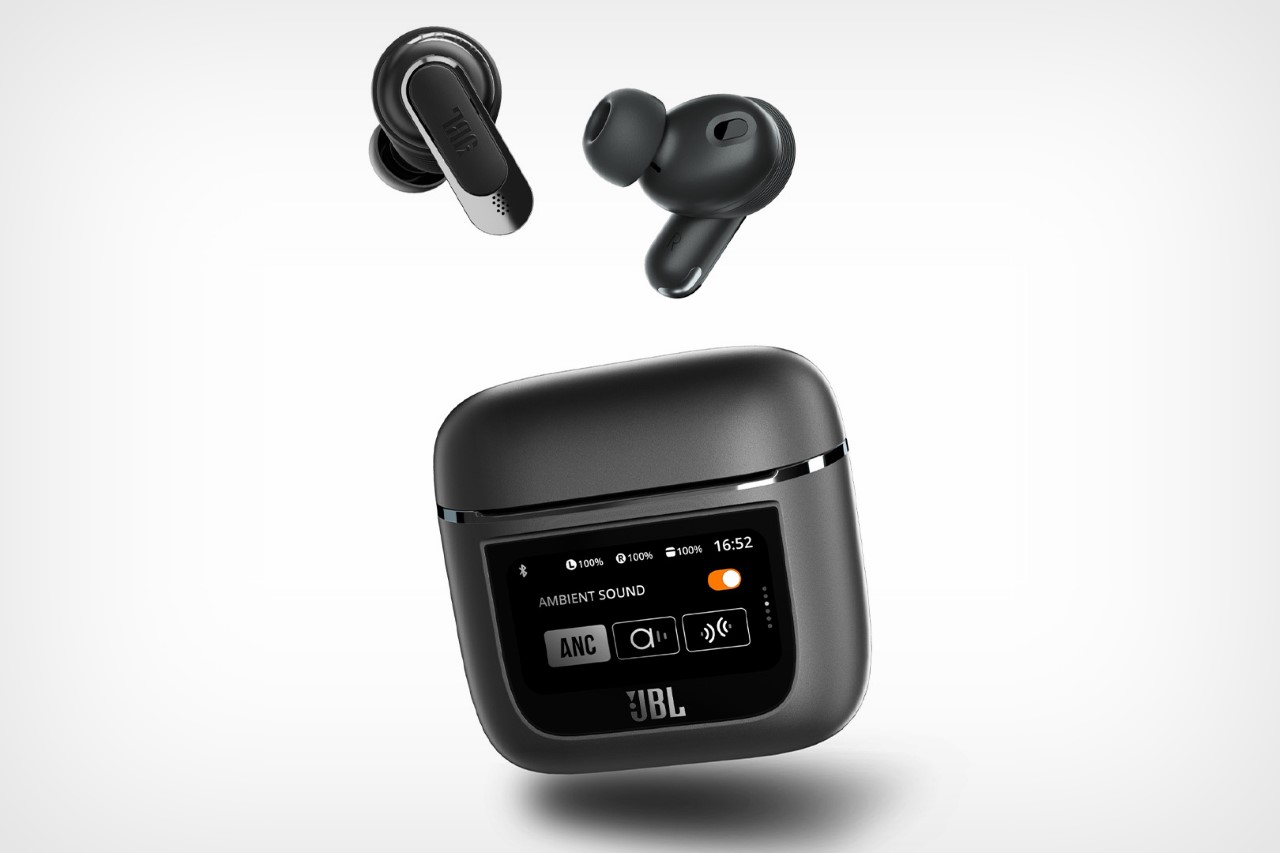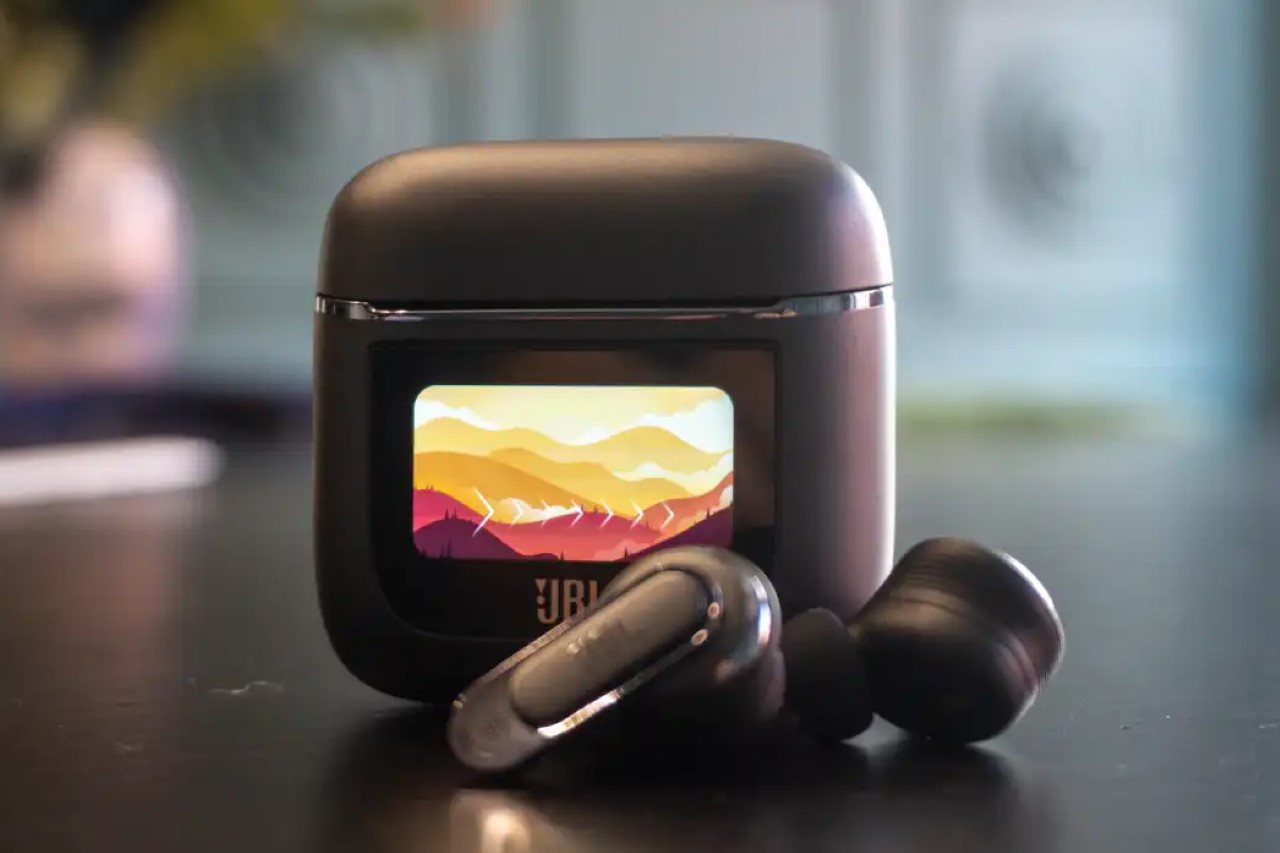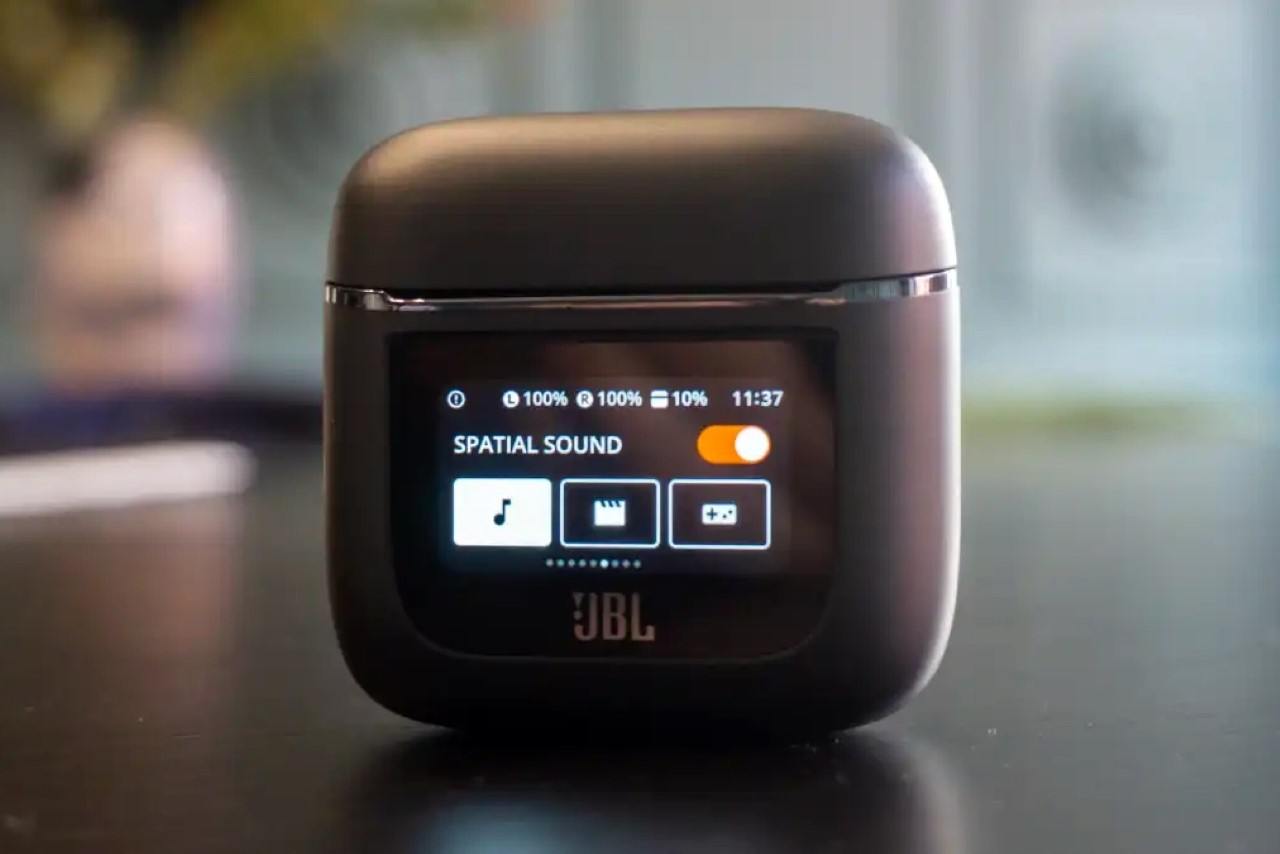
It’s that time of year again when big brands try to make a big splash in upgrading your home with the latest and greatest in consumer electronics and home appliances. The past two years were filled with devices that tried to fill the needs of the times, offering different ways to sanitize and protect your home against harmful microorganisms. Things have fortunately settled down, and industries have started to recover, putting their attention and resources into products that help make life less stressful and more enjoyable. There are plenty of such products up for show at IFA 2022 in Berlin, and so we distilled the lineup into our top picks for products to keep an eye on this year.
Zendure Superbase V Portable Home Battery
Thanks to natural calamities and resource shortages, power blackouts have become more common these past few years than ever before. Power banks might be enough for phones and even some laptops, but they are useless to power anything else, especially for extended periods of time. Gasoline-chugging generators do exist, of course, but the dangers they pose both to people and the environment make them inefficient and costly in the long run. Clean Energy Tech startup Zendure is putting its best foot forward this year with a new energy system that can power your house or even your car in a sustainable way.
Designer: Zendure
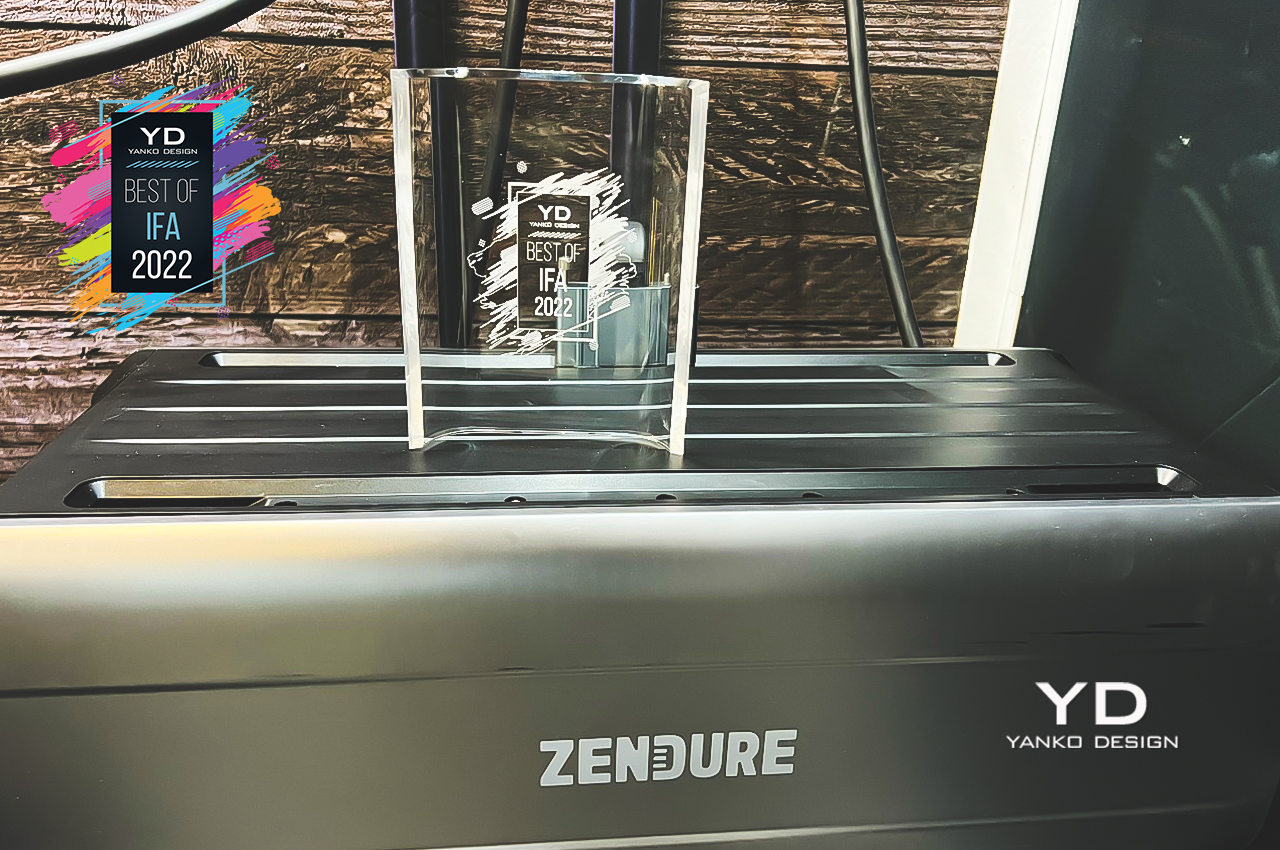
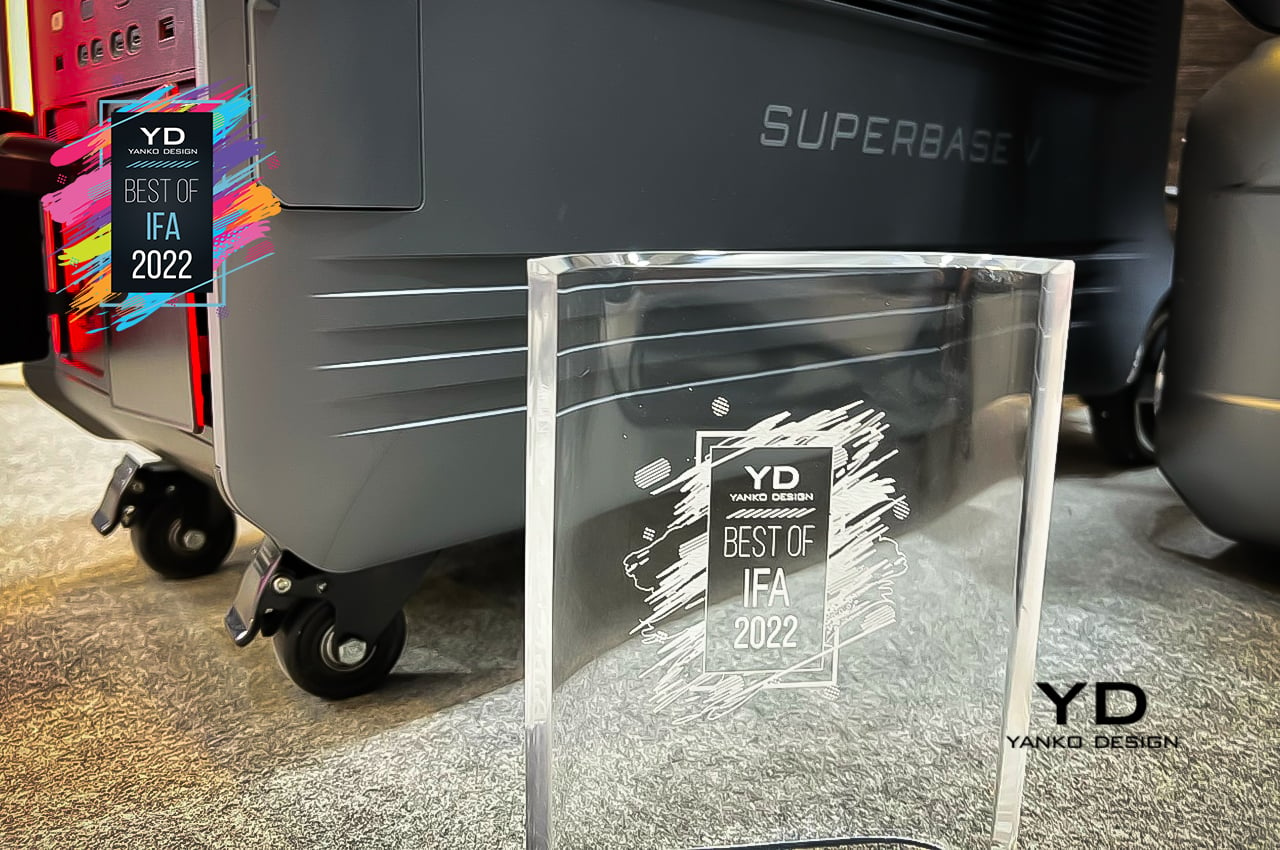

With a capacity that can reach up to 64kWh thanks to its expandable design, the Zendure Superbase V Portable Energy System has enough juice to give power to a house in an emergency. It even has a power outlet for charging EVs. Despite its large capacity and size, it can still be moved around like a cart on wheels. More importantly, the semi-solid state battery inside can be charged using solar power, offering a more sustainable solution to electricity problems. It’s a win-win solution for both humans and the planet.
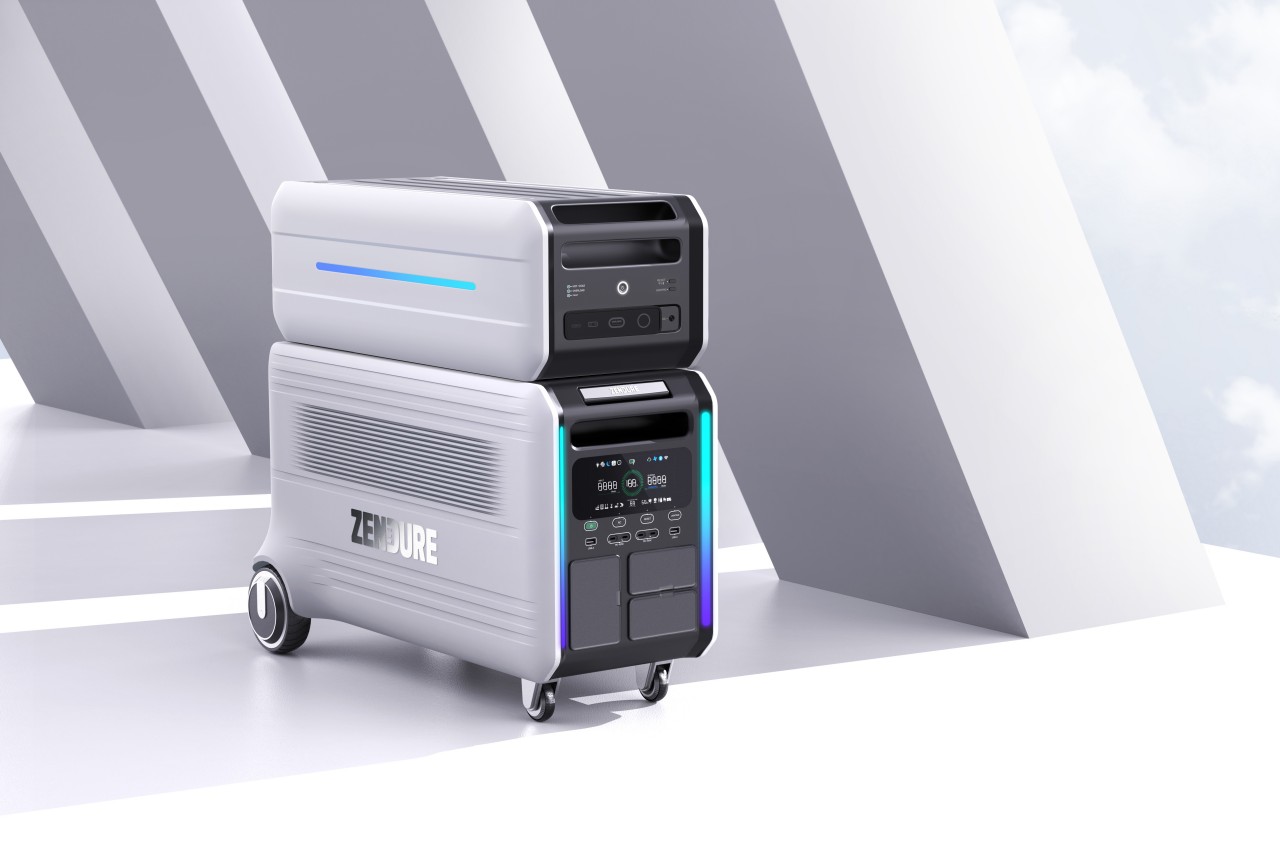
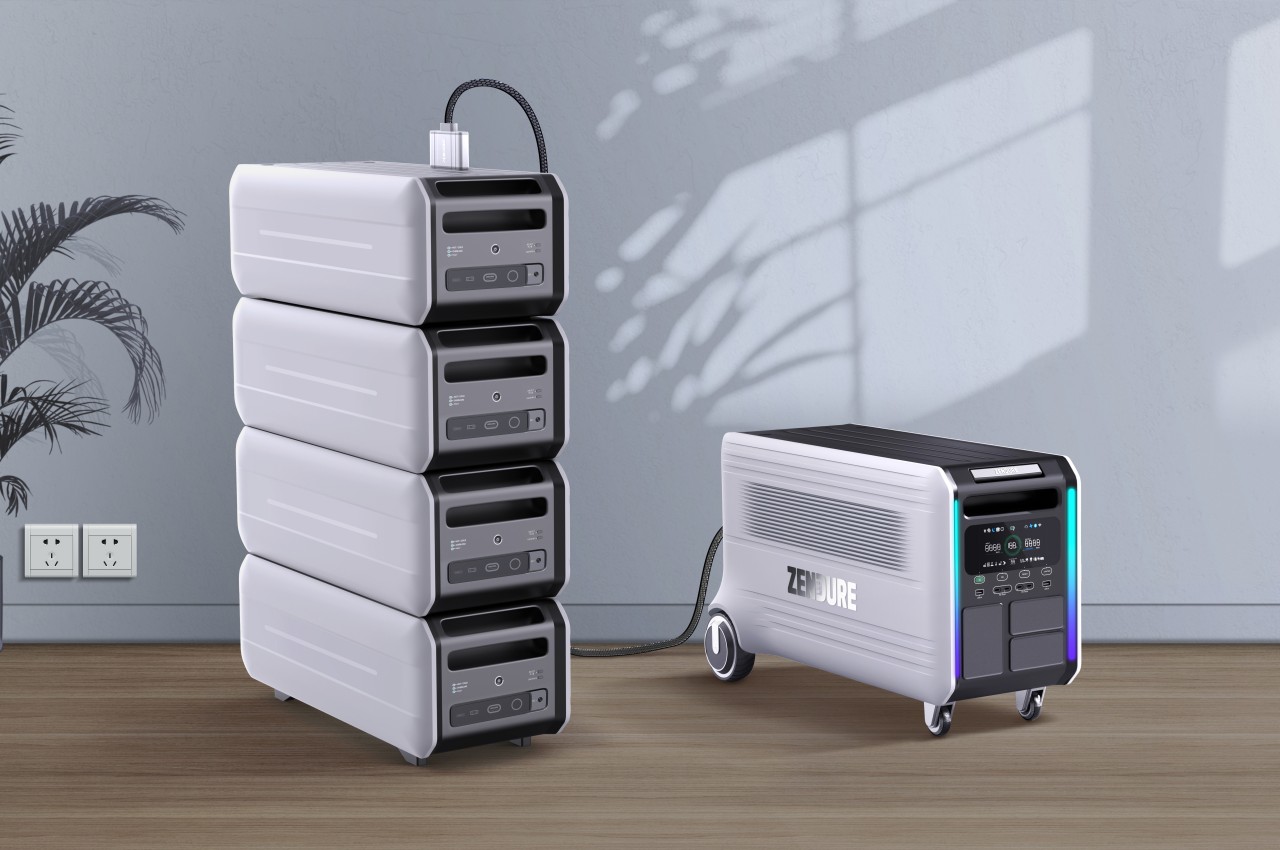
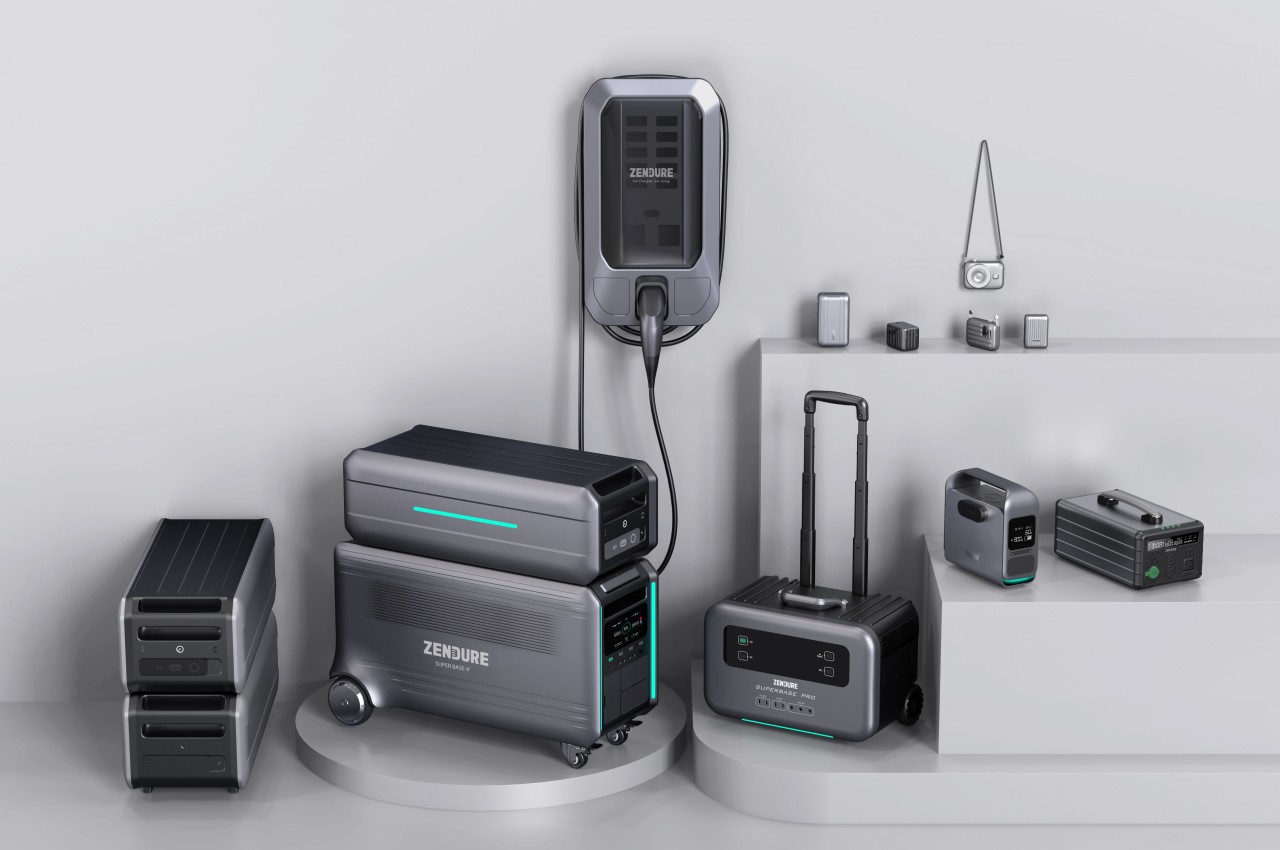
Leica Cine 1 Projector
Along with cutting cables, some homeowners have also started getting rid of TVs that take up space even when not in use. While still waiting for the perfect rollable TV, home projectors have become more attractive and more practical solutions, especially when you want a bigger screen without losing wall space. Famed camera maker Leica is jumping into this market, and its first attempt is as classy as anything that bears its signature “Coke” logo.
Designer: Leica
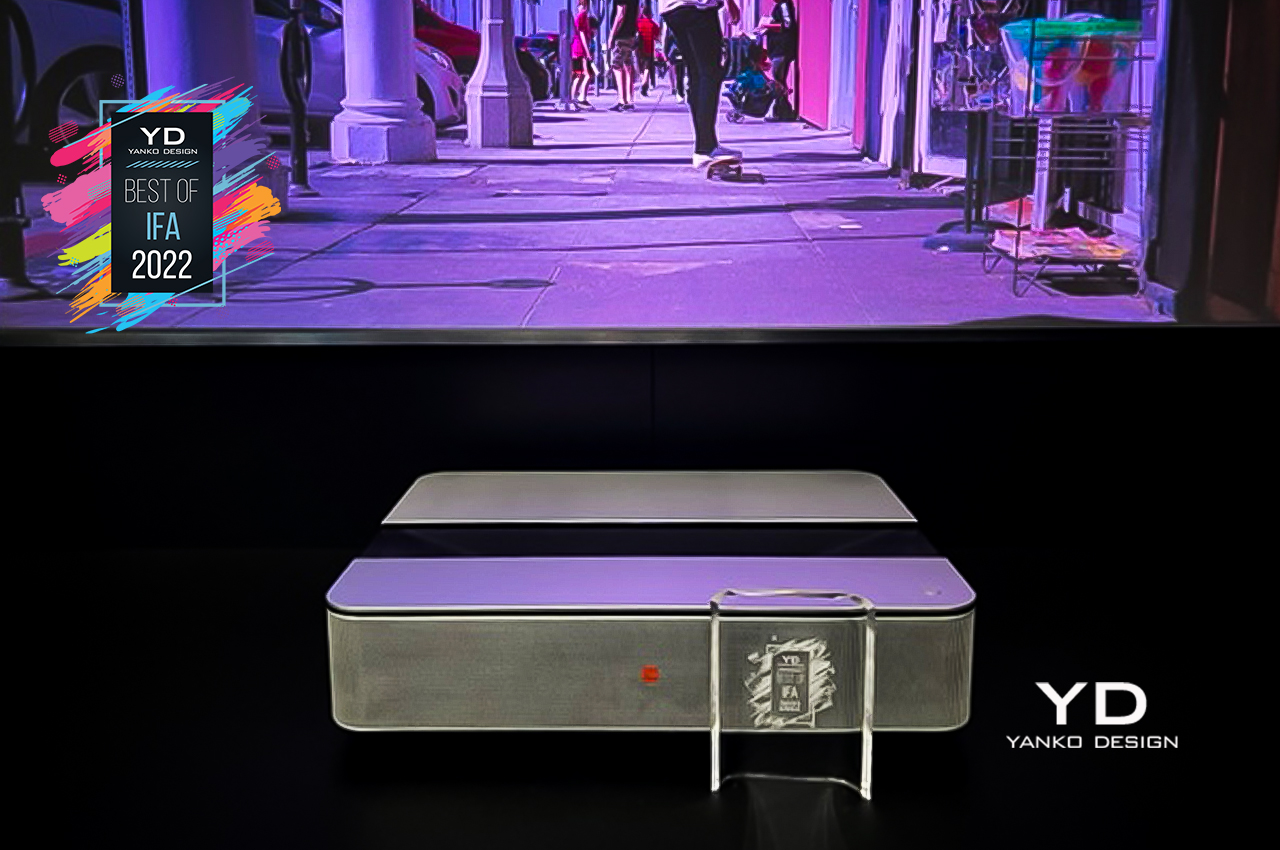
The Leica Cine 1 short-throw projector utilizes triple RGB lasers to deliver picture-quality 4K images and videos on an area equivalent to a 100-inch TV. Despite all that power, the projector manages to keep a compact size that will fit in any room arrangement. Even better, it also bears Leica’s design language, with a sleek aluminum body with an automatic dust cover to protect the lens. Stylish and functional, this home projector promises to add life to a space, both through its design and through the videos it will play.
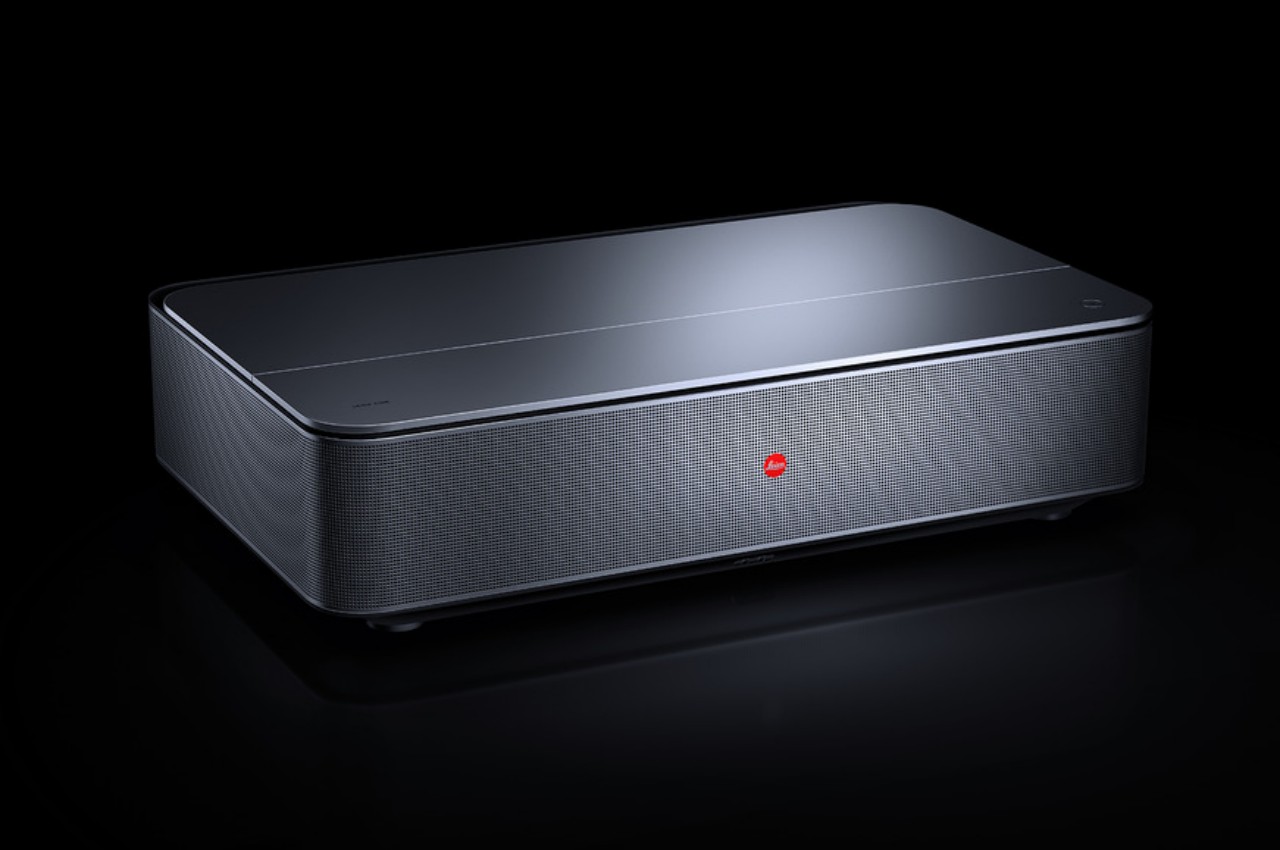
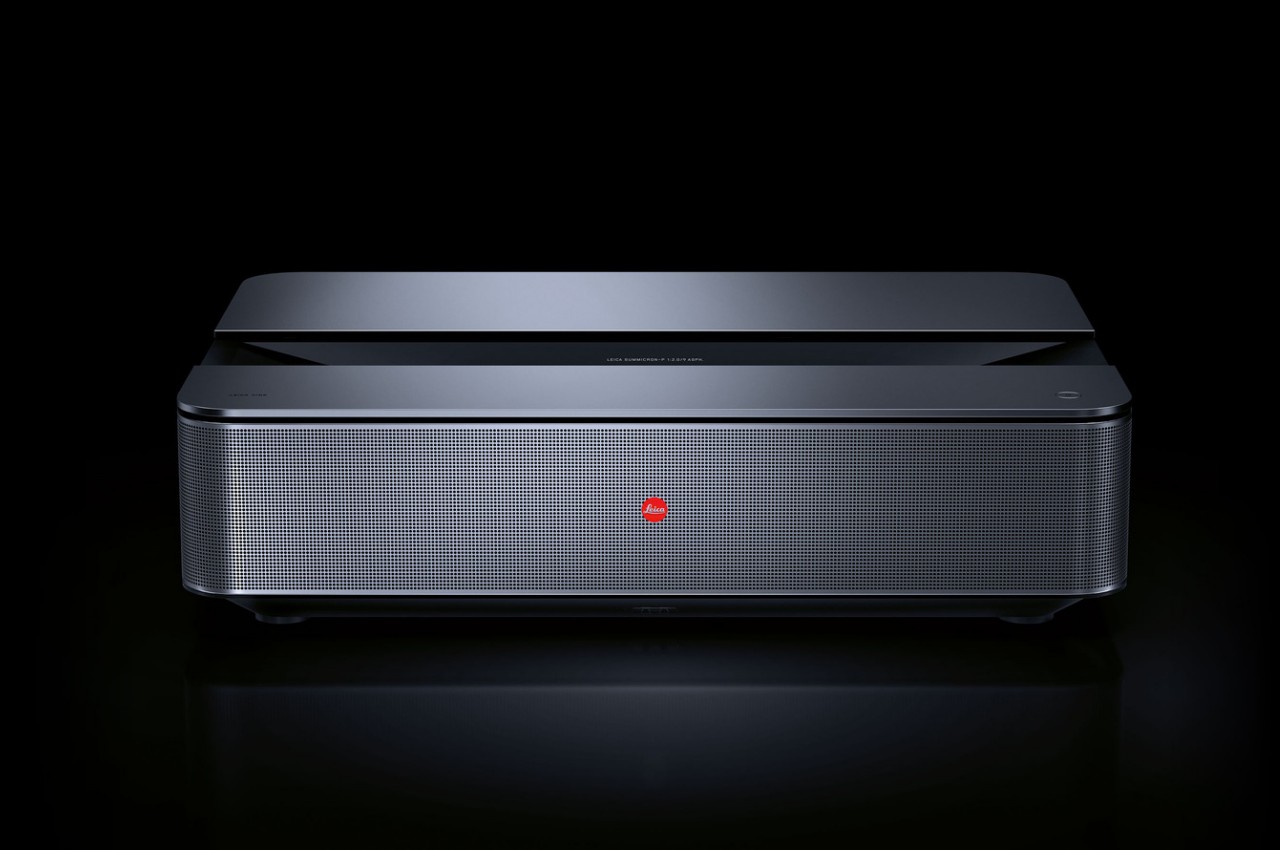
LG OLED Flex Bendable TV
TV innovation hasn’t been standing still, especially if you’ve been keeping track of recent buzzwords. While curved TVs haven’t exactly become the norm, they’ve become a force to reckon with in the market. Not everyone is convinced that they need a curved TV, though, or at least not all the time. LG’s latest trick is to give people the ability to choose between the two whenever they want.
Designer: LG
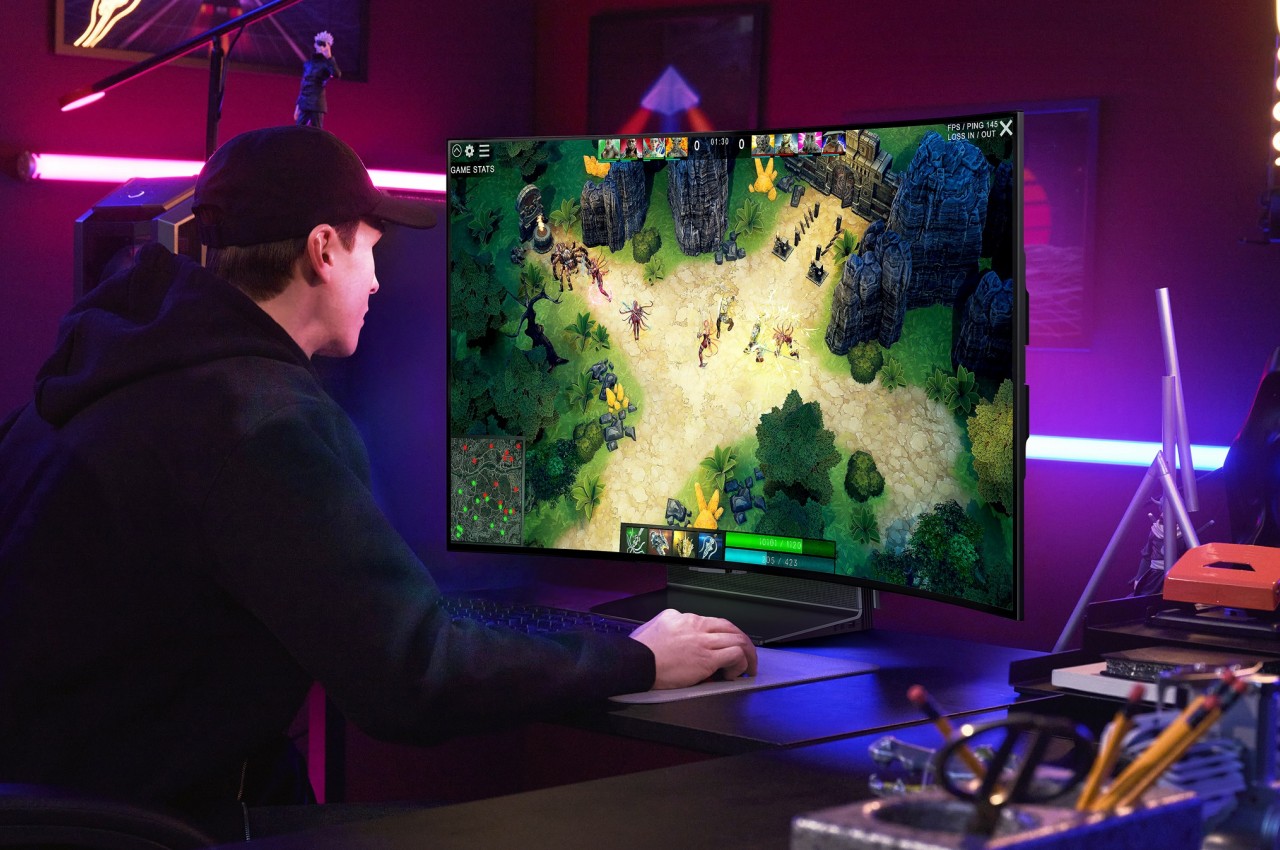
Utilizing its expertise in flexible OLED panels, the brand’s new 42-inch TV can lay flat or bend to a curve with a push of a button. Designed primarily with gaming in mind, the LG OLED Flex LX3 has plenty of features that benefit even non-interactive content like movies and TV shows. Now you no longer have to make an upfront decision to go flat or curved, freeing you to enjoy content in the best way possible.
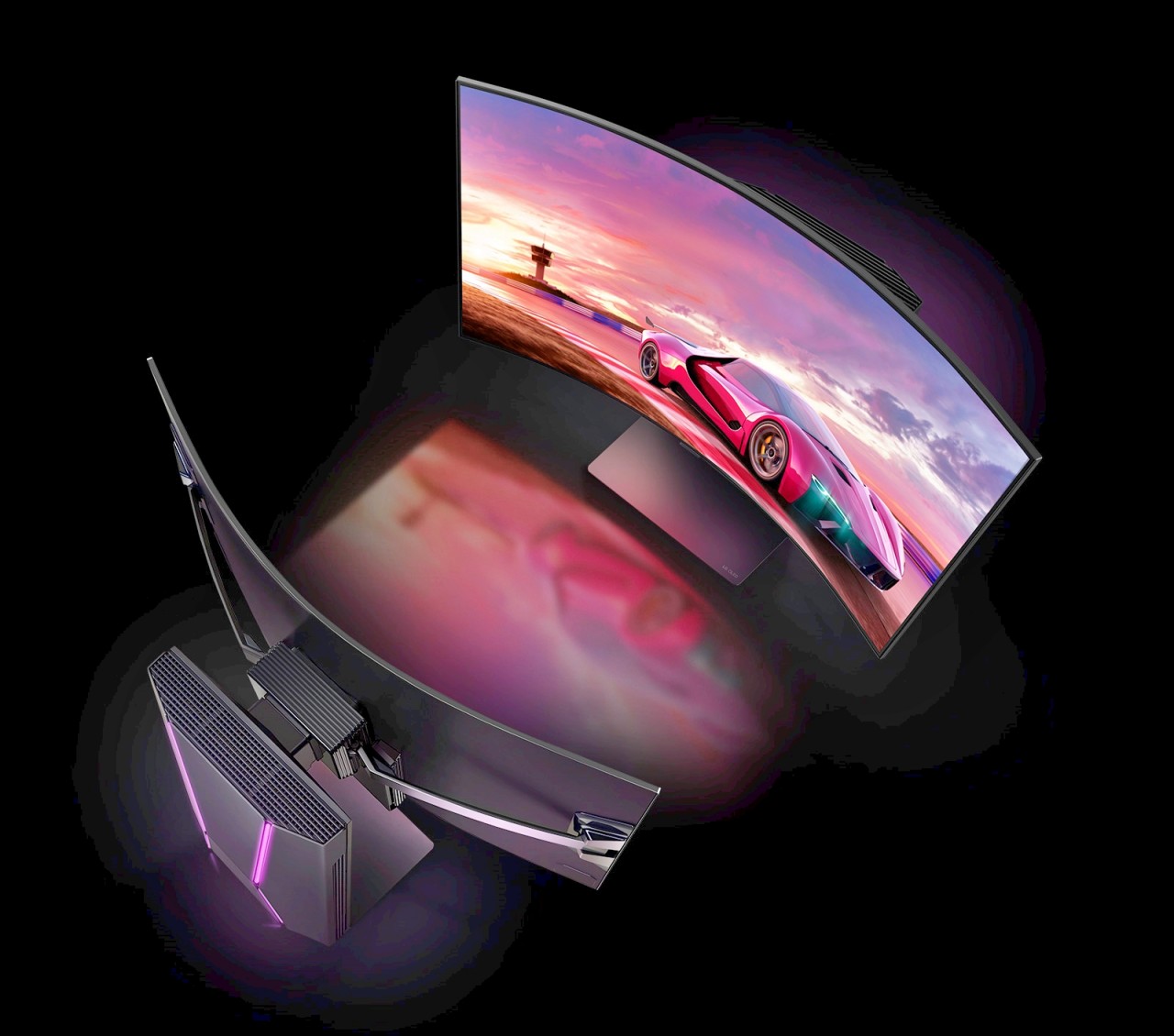
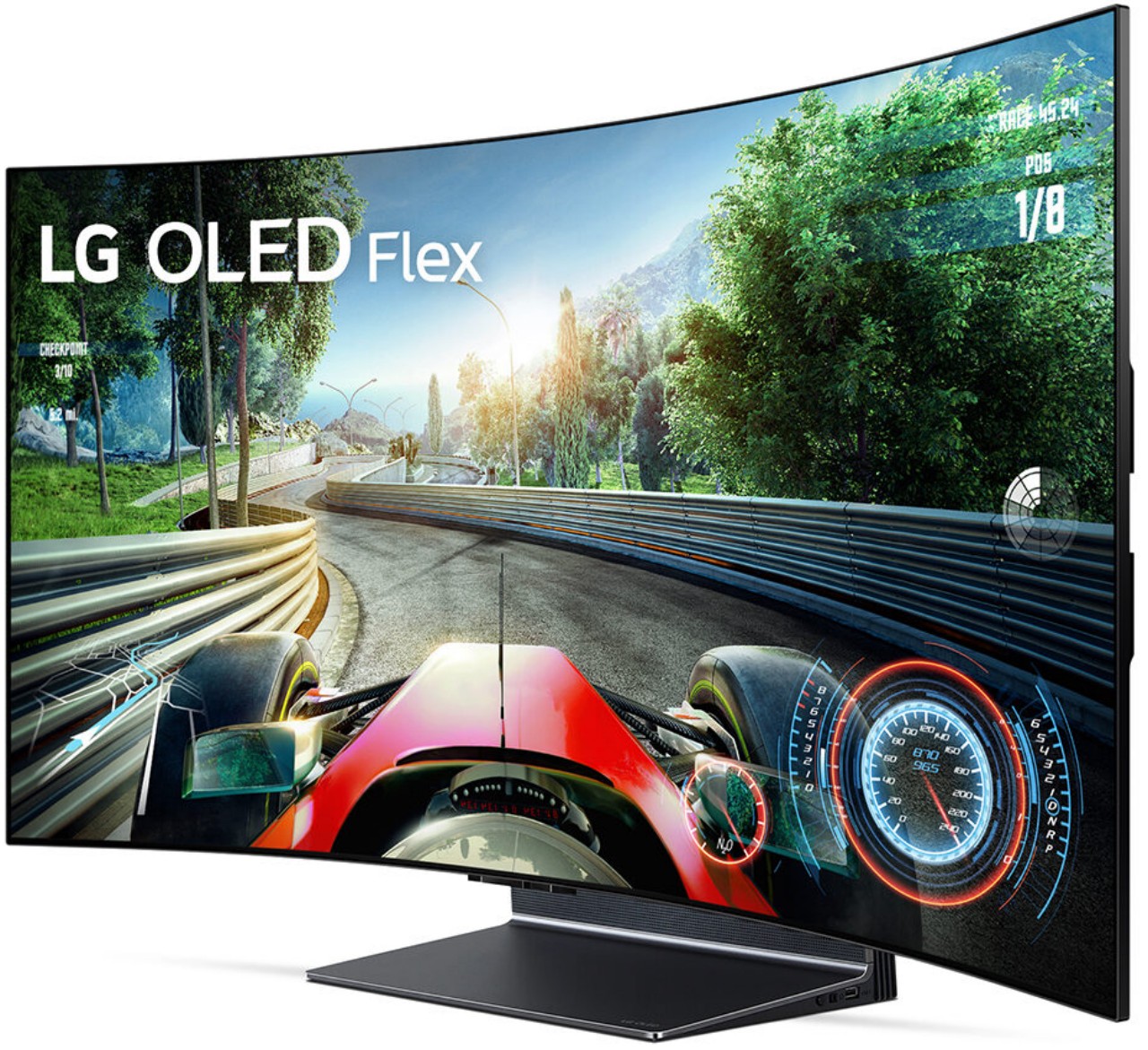
LG MoodUp Color-Changing Fridge
Once upon a time, appliances were simply functional pieces of equipment and nothing more. These days, they have not only become smarter but have also become an expression of the owner’s personality and interests. Bespoke home appliances are becoming a little bit more common, but they can also be a little bit too specific to a certain style or theme. LG’s new fridge, however, tries to shake things up a bit by letting people choose the doors’ colors on a whim.
Designer: LG
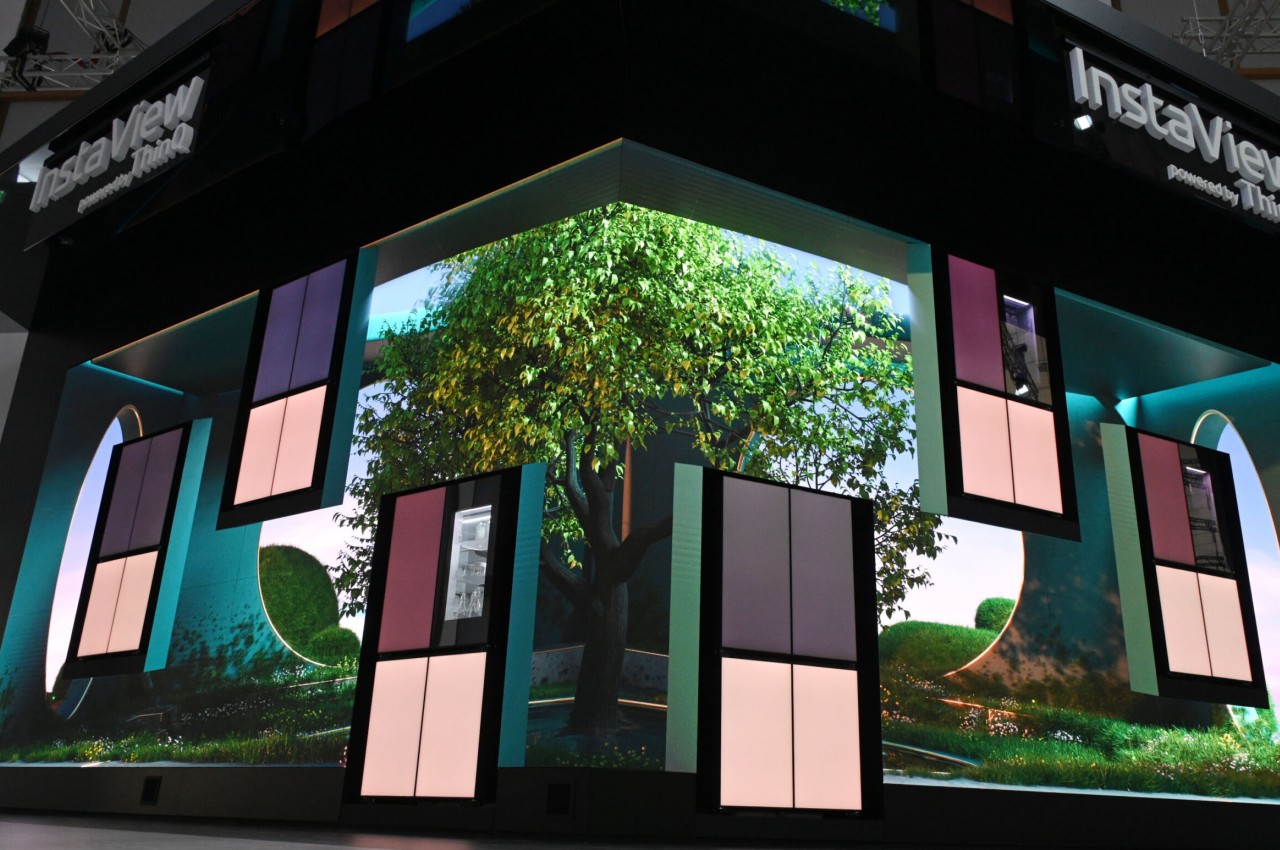
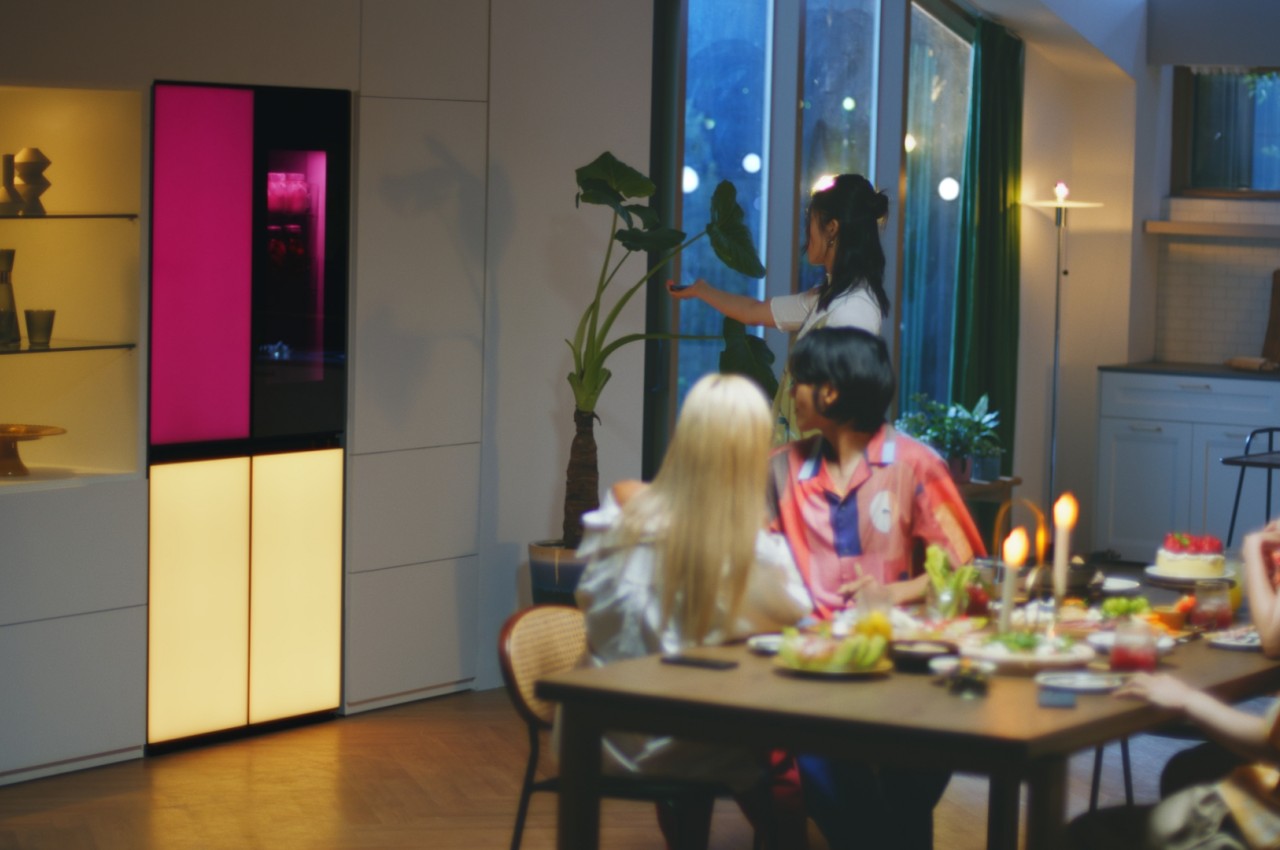
The LG MoodUp refrigerator’s doors are covered with LED panels that can change their color depending on your, well, mood. You can select different colors for each door or you can set it to follow a motif based on seasons, locations, and moods. These panels can also serve as visual notifications, like when you left a door open. The refrigerator also has a built-in speaker that you can use to play music from your smartphone via Bluetooth. Of course, the colors of the doors can sync to that music as well, truly pushing the mood up on any occasion.
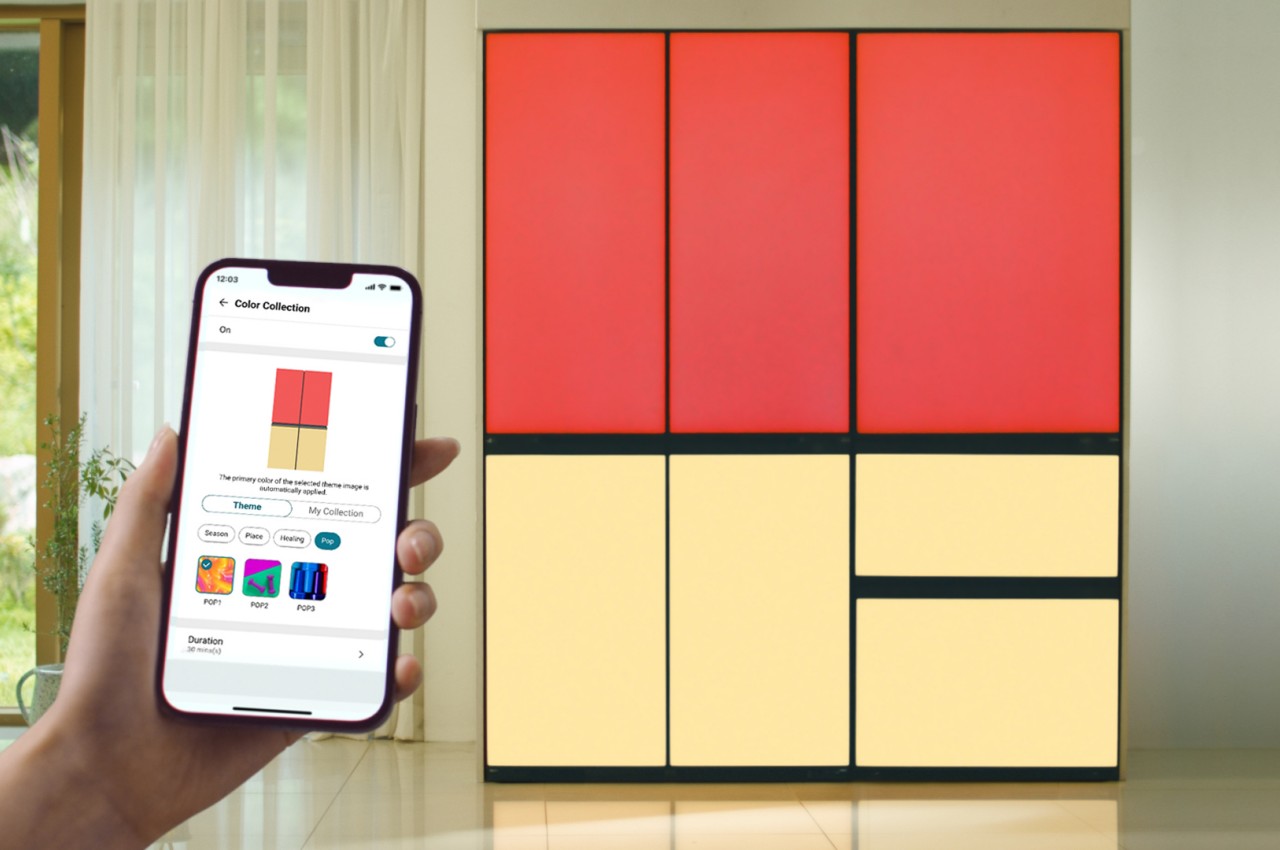
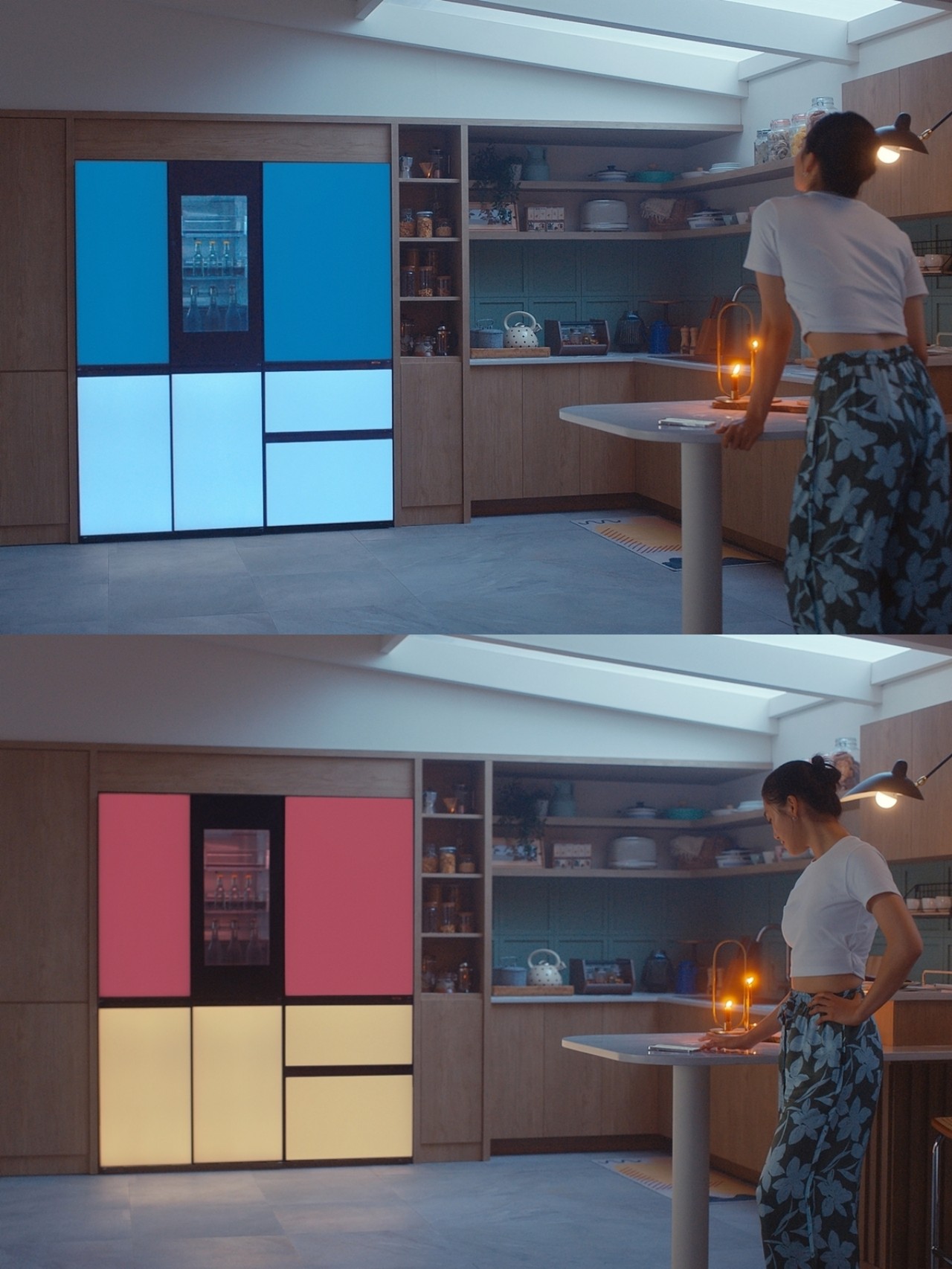
JBL Tour Pro 2 Earbuds
Truly Wireless Stereo or TWS earbuds have come a long way over the past years. Spurred by the retirement of the headphone jack on smartphones, these tiny audio devices have seen plenty of innovation in terms of features and designs. In contrast, the cases that hold these earbuds have remained practically the same, mostly changing only in shape. The JBL Tour Pro 2 tries to change that and make the earbuds case as smart as what it holds inside.
Designer: JBL
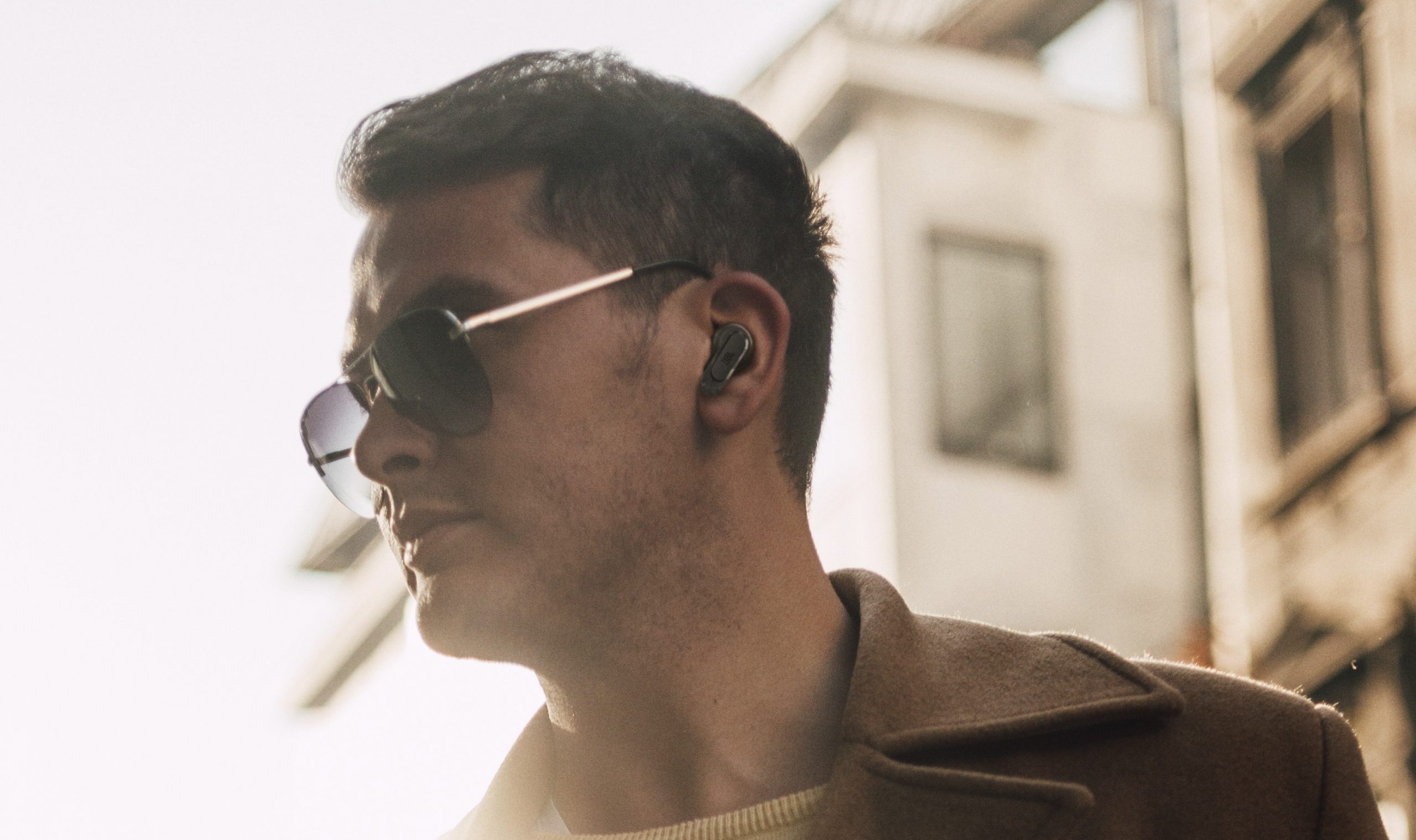
Portrait Of Young Caucasian Stylish Man On Sunny Day In The City.
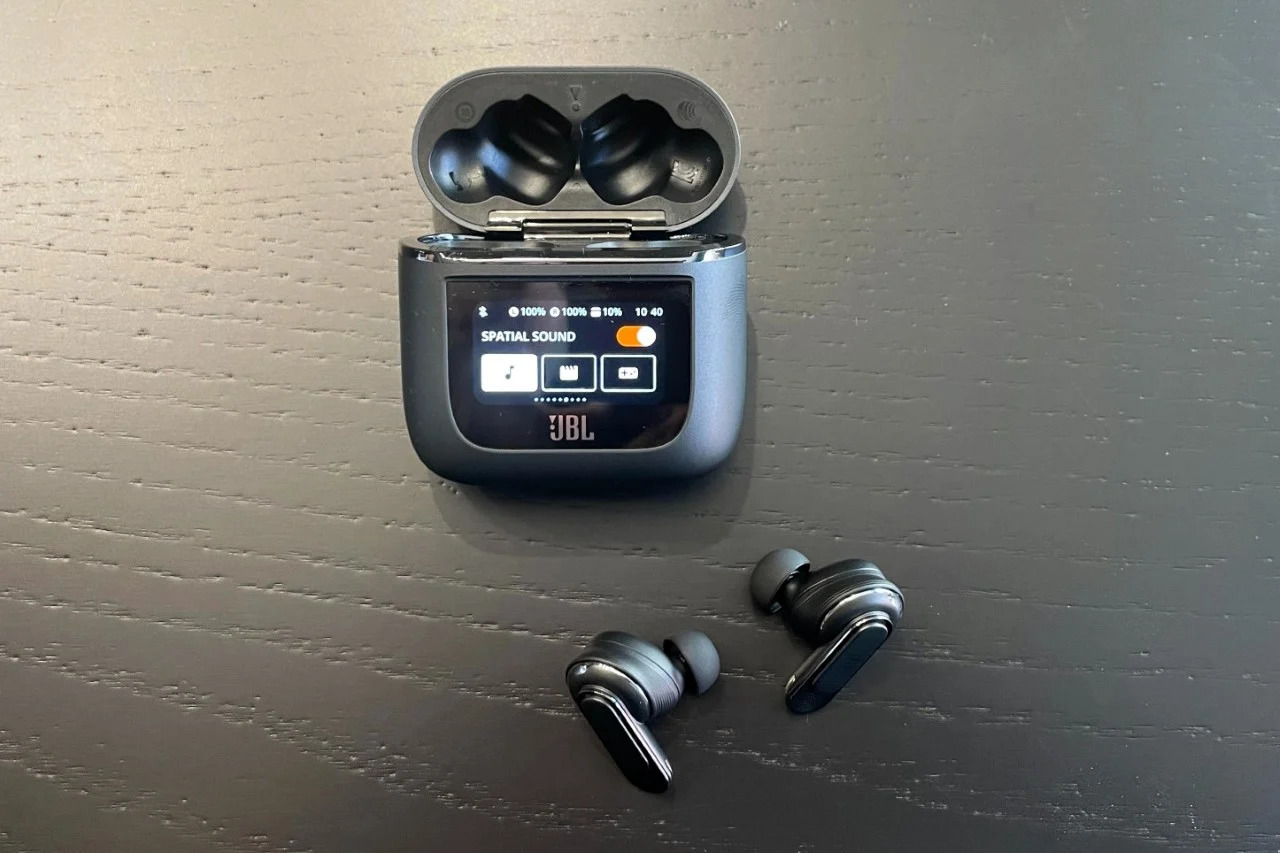
The earbuds themselves are what you would expect from the brand, featuring features like adaptive noise canceling and spatial sound. What truly sets it apart is its smart charging case, which has its own 1.45-inch touch screen that lets you control the earbuds without having to take out your phone. It’s not an earth-shattering new feature, but it does level up the experience for the first time.
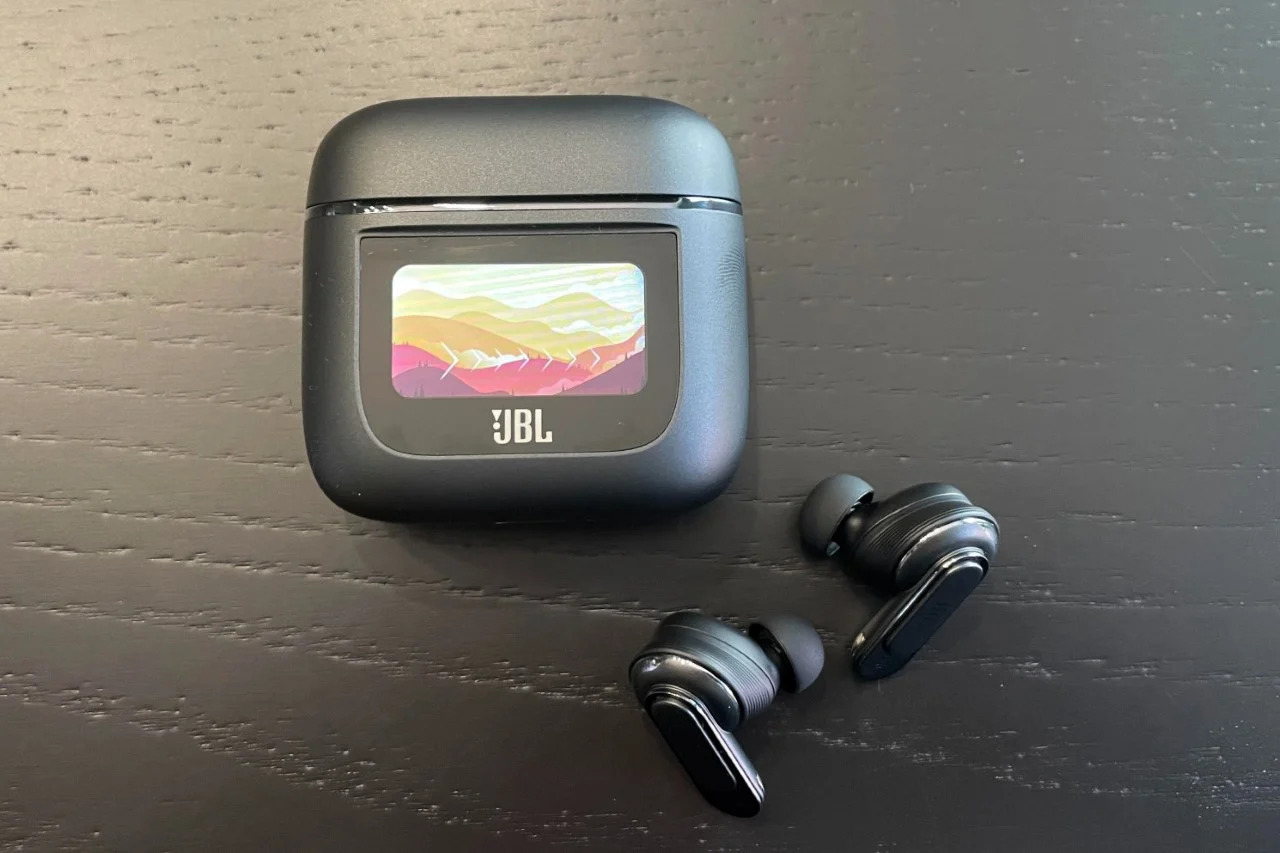
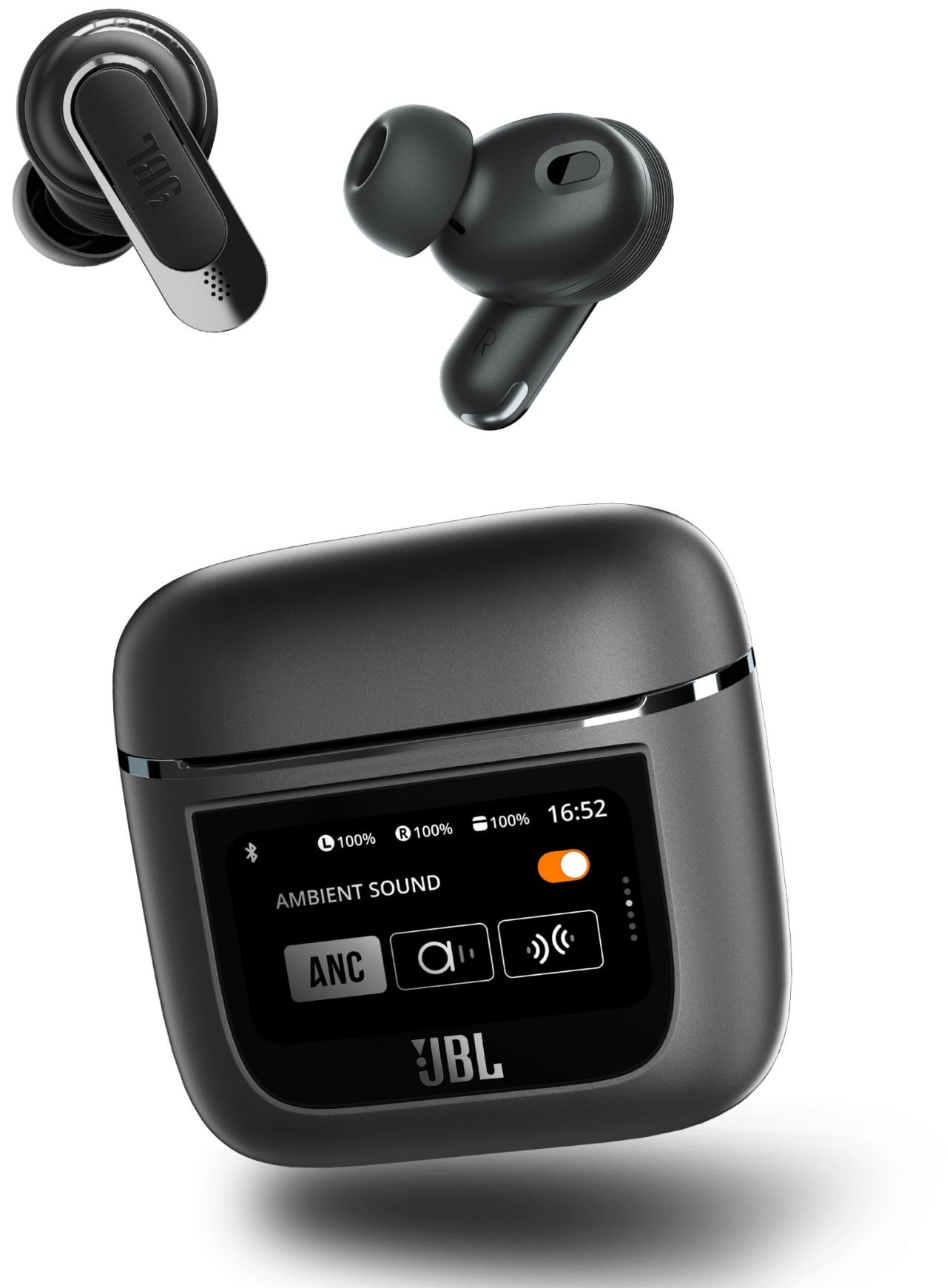
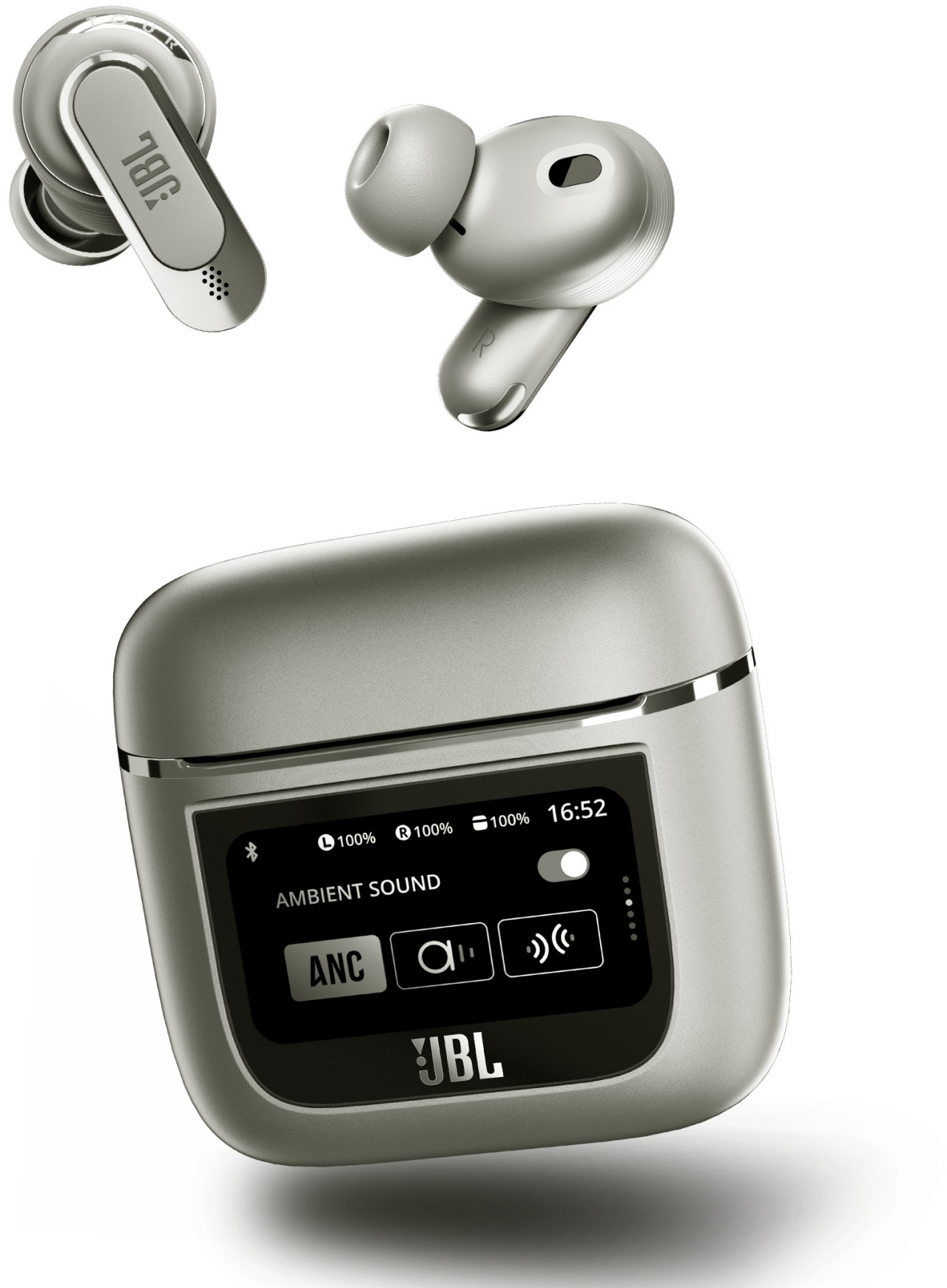
Philips Hue Lightguide Bulbs
Lighting can make or break the mood in a room, not to mention affect people’s productivity in that space. Since the smart home explosion a few years back, lighting was the first to be connected to the Internet, giving people better control over the hues in their homes or offices. As one of the pioneers of that smart lighting market, Philips Hue has to constantly innovate and mix things up to fend off the competition, and its new statement lighting collection tries to step up to that challenge.
Designer: Philips Hue
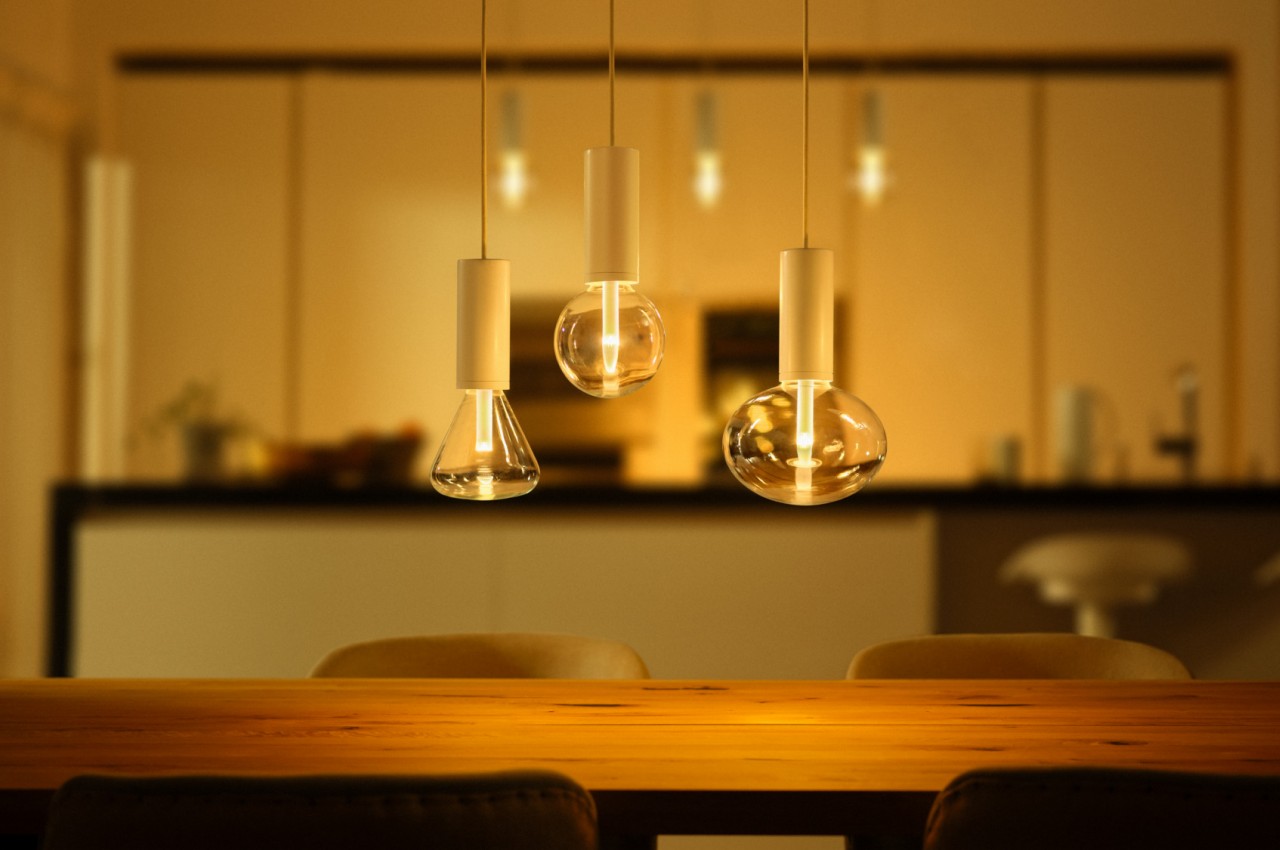

The new Philips Hue Lightguide Bulbs mix the old and the new with large glass bulbs in modern shapes like ellipses and triangles. Diffused light comes from an inner tube that you can, of course, control with your smartphone. Whether hanging from pendants or sticking up on stands, these bulbs give some character to a space, even when they’re turned off.
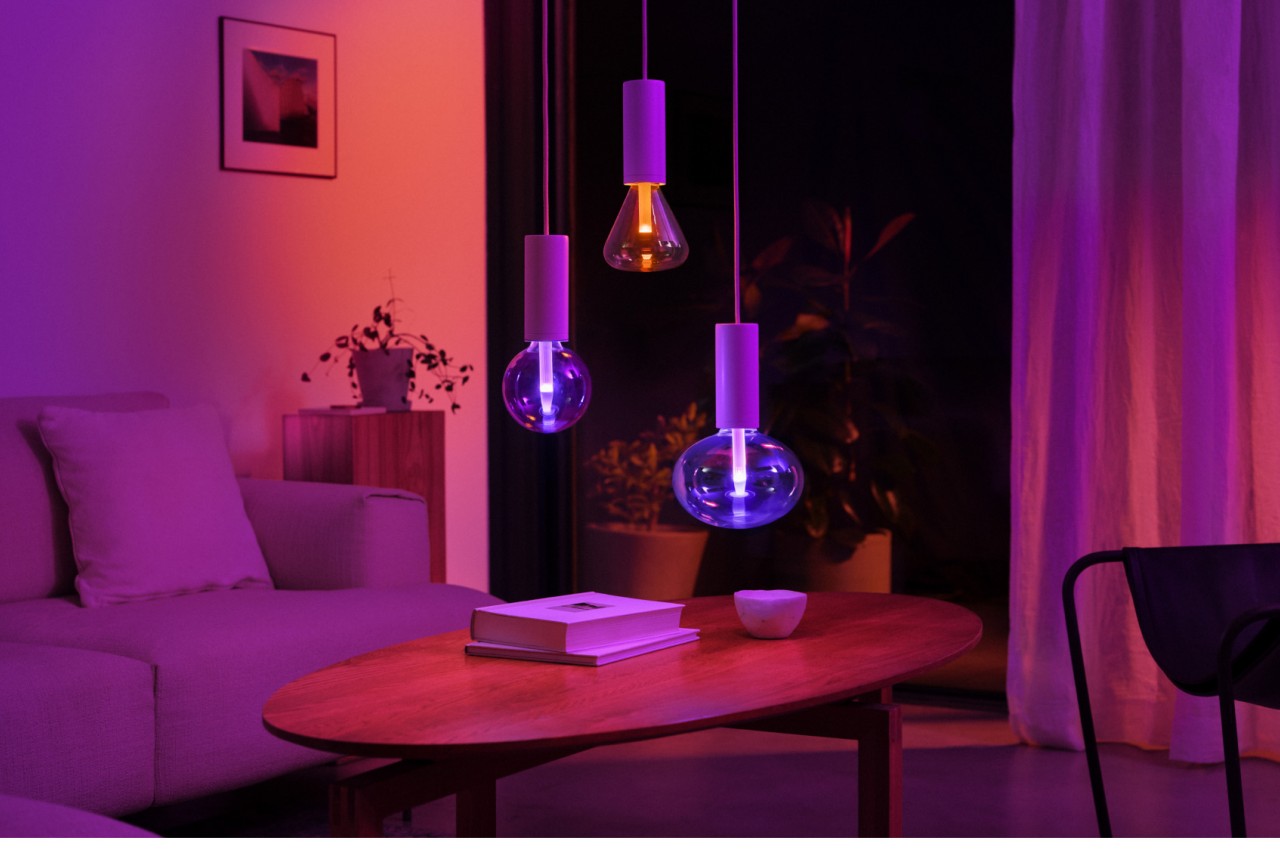
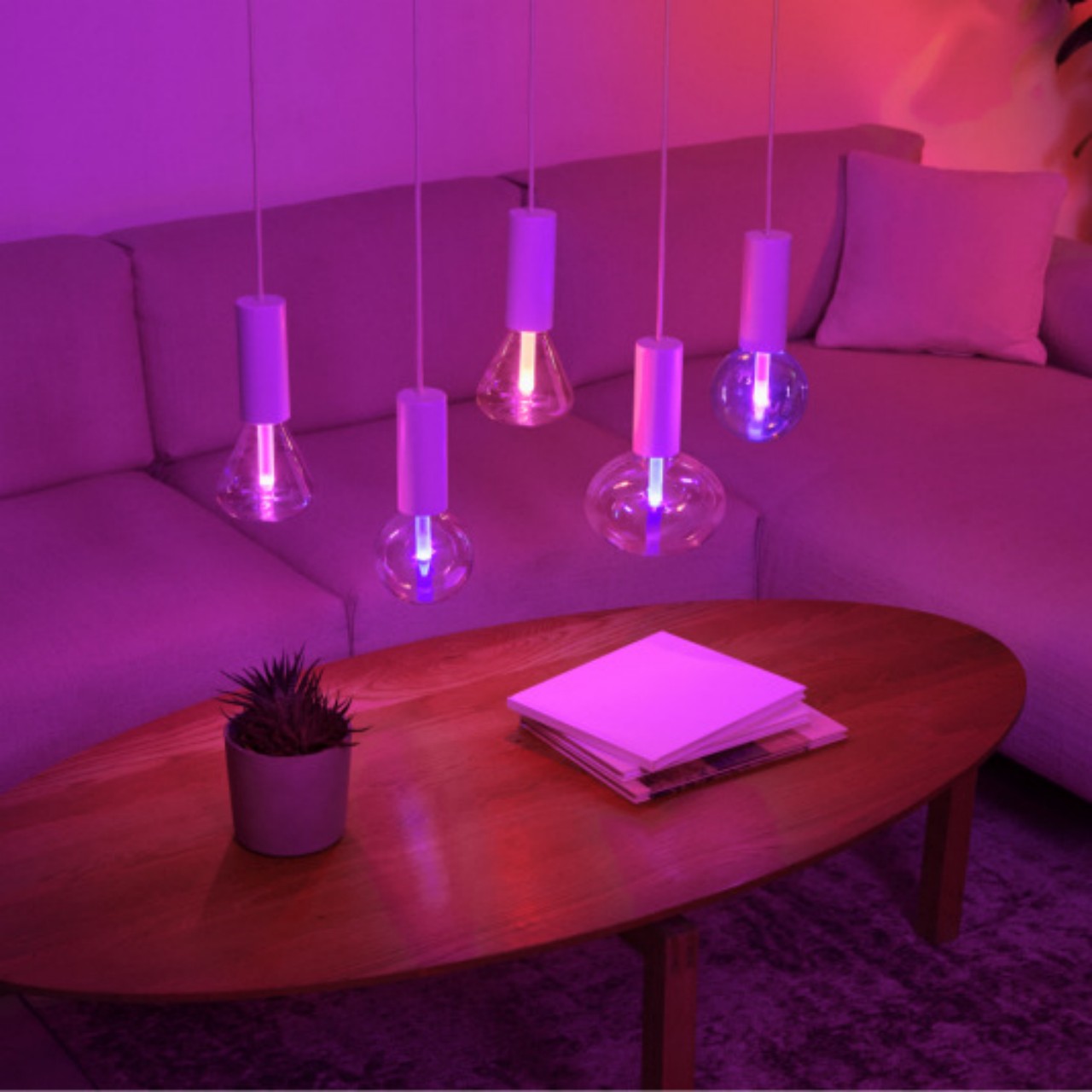
Electrolux AEG Kitchen Innovations
Electrolux is one of the most trusted names in the home appliance market, and it continues to push the envelope to meet the changing needs and trends of the times. Sometimes that means jumping on the smart home appliance bandwagon. Other times, it means making a commitment to sustainability and resource efficiency.
Designer: Electrolux
The AEG 7000 GreenZone refrigerator, for example, boasts using 70% recycled plastic for its inner liner walls, while the AEG 8000 series has new cooling technology that tries to preserve food longer so that they don’t go to waste. For those who love cooking at home, the AEG 800 Bridge/FlexiBridge with eXTractor sucks up vapor and recycles the air back into the kitchen, removing the stress of lingering odors while preparing your favorite meals.
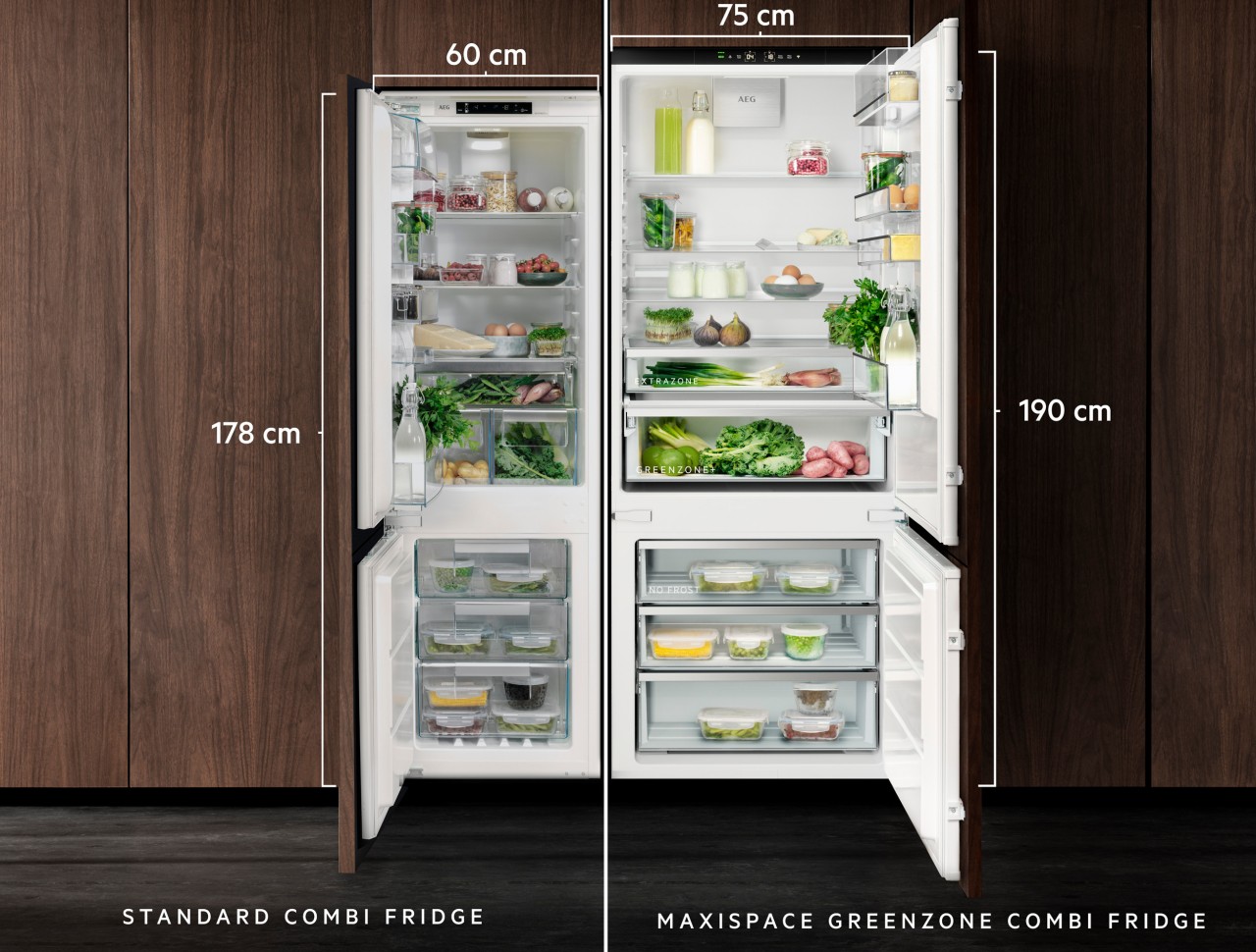

Tineco Toasty One smart toaster
Everything’s becoming smarter these days, from the lights to washing machines to even toothbrushes. There’s always room to add a little intelligence to consumer electronics, especially when it means relieving our brains from having to fret over mundane stuff. It might sound excessive at first, but a smart bread toaster with a touch screen can be pretty convenient.
Designer: Tineco
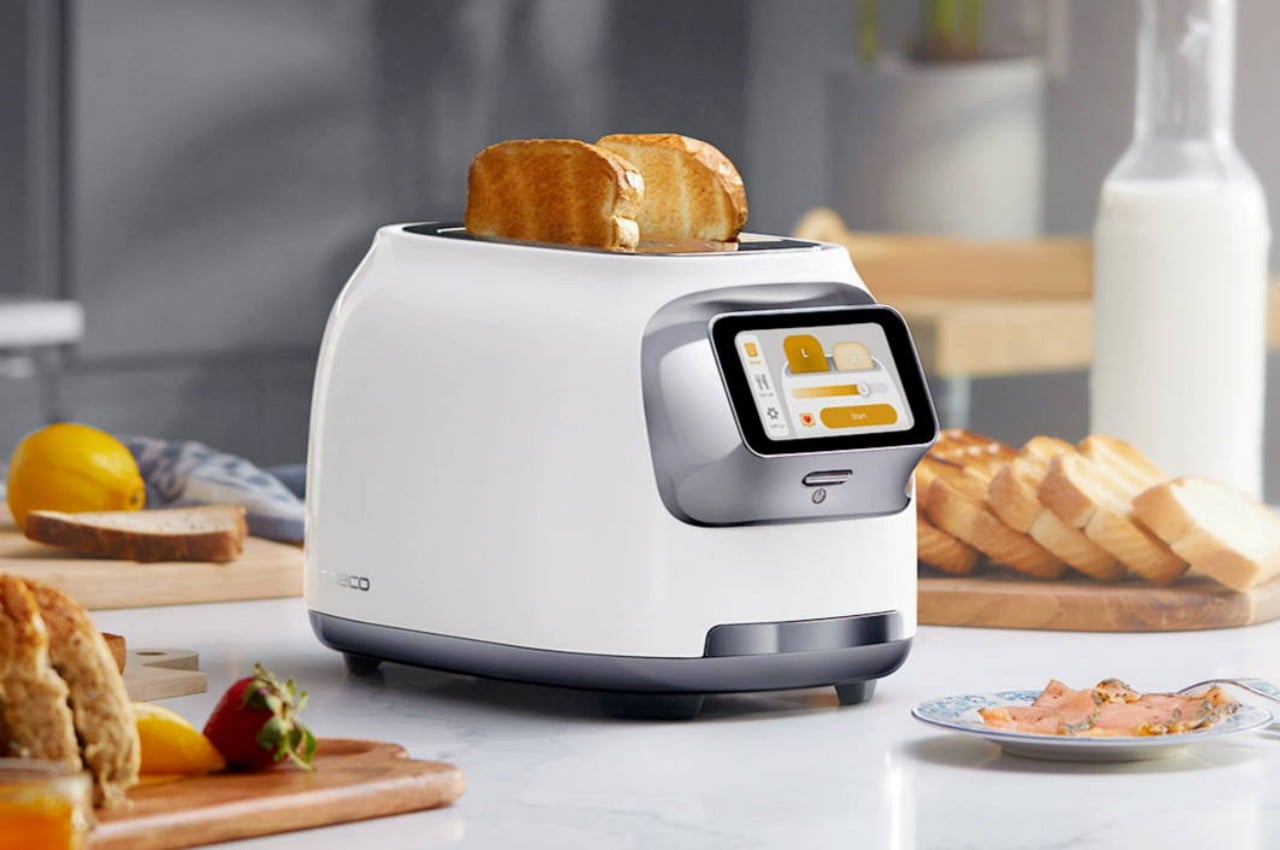
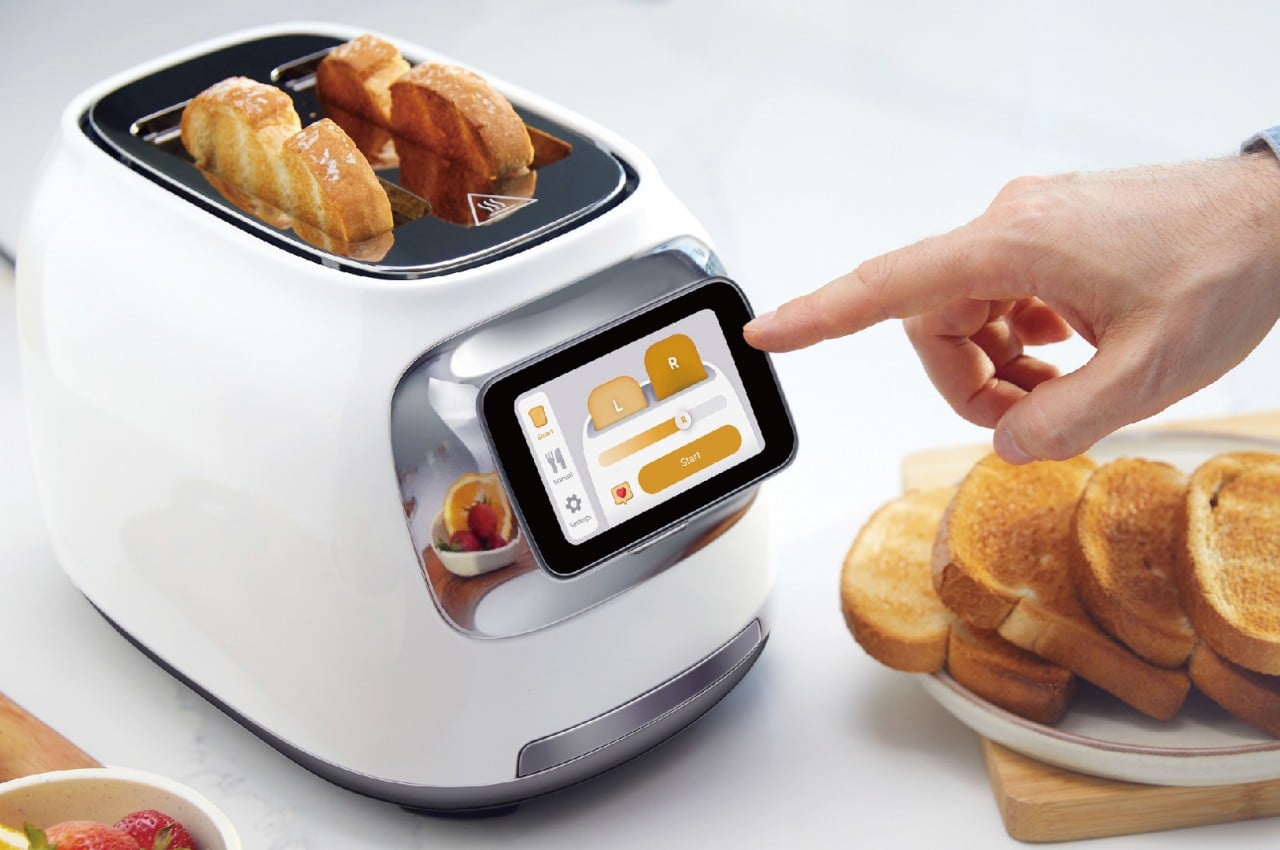
The Tineco Toasty One can toast two slices of bread like other toasters, but it can have different settings for each of them. It can even detect the condition of the bread to automatically set the right heat for the desired crispiness. Of course, you can input your own preference, and it can remember different settings for up to eight people. OK, it might be overboard for some, but the toaster’s somewhat cute design definitely fits the kitchen of the future.
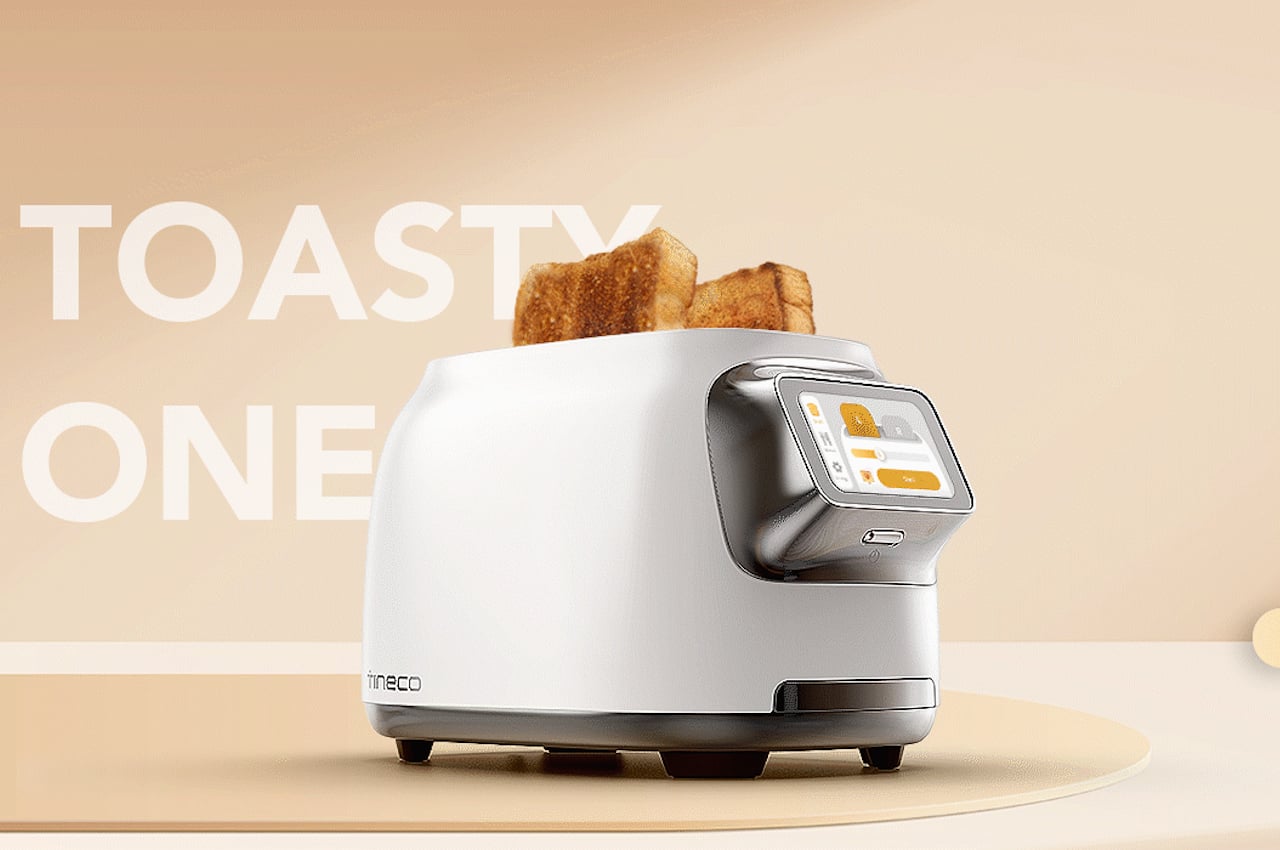
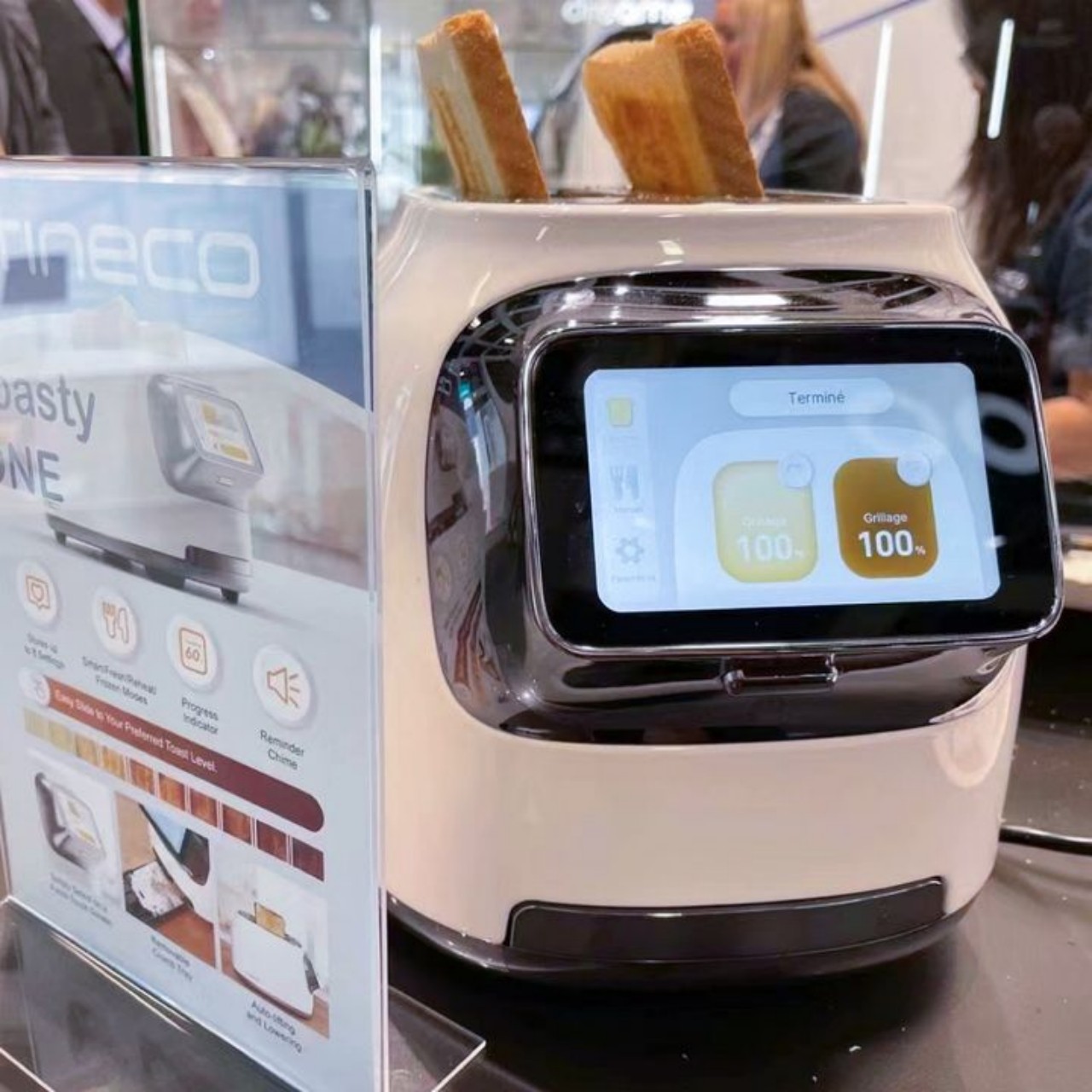
Bluetti Green Power Generators
Portable power generators that replace fuel generators are becoming more popular these days. Having emergency power that is clean, green, and safe is almost critical in this day and age, whether it’s for spending the weekend outdoors or living through a power outage. Bluetti is one of the most trusted brands in that growing market, and it’s showing off its latest solution to keep the lights on in the darkness.
Designer: Bluetti
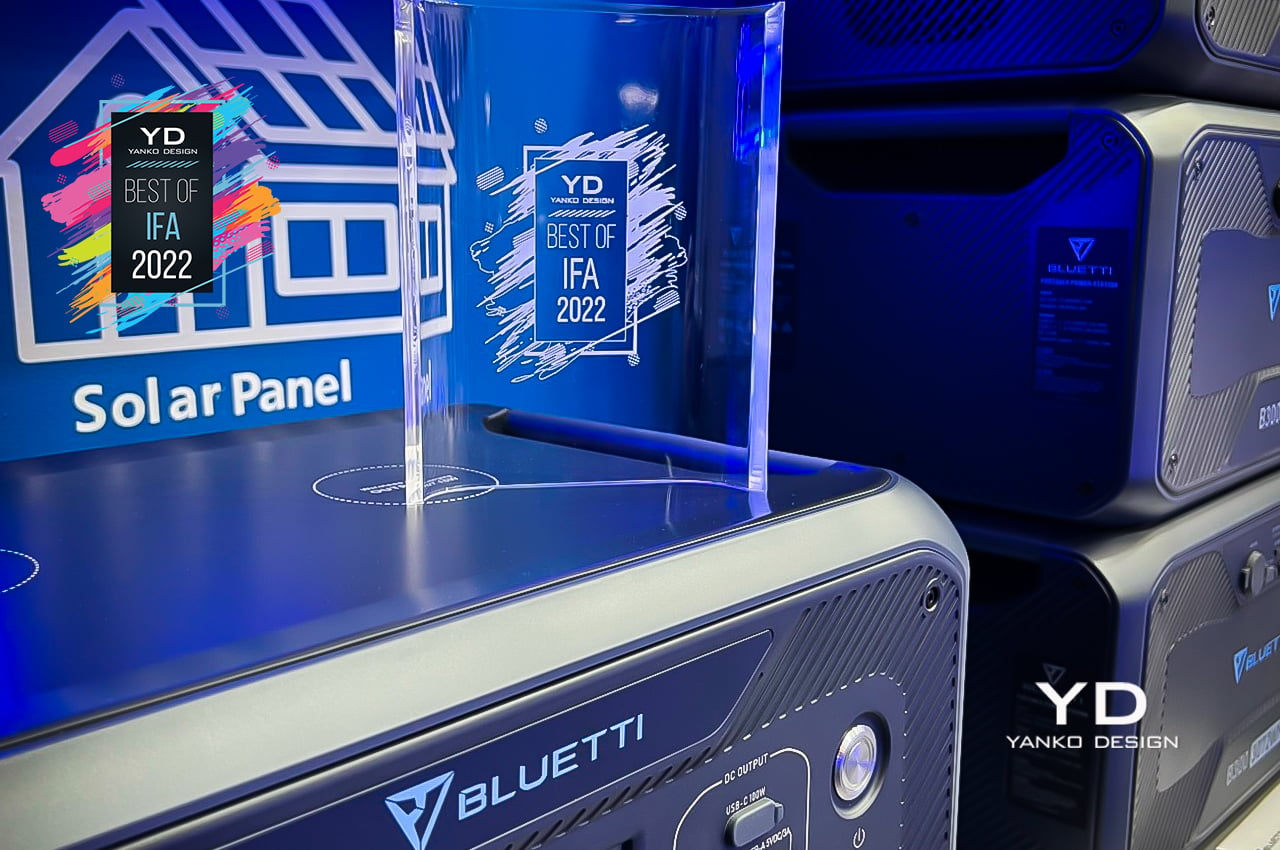
The new Bluetti AC500 modular portable power generator steps up the game with a larger inverter that can dish out 5000W. When paired with B300 or B300S battery modules, it can provide an astounding 18,432Wh of power for the whole house. What makes it different from most battery-powred generators is that you can decide just how many modules you want to bring along, simplifying its portability. Plus, you can also charge it using solar power, creating a more sustainable solution to your electricity problems.
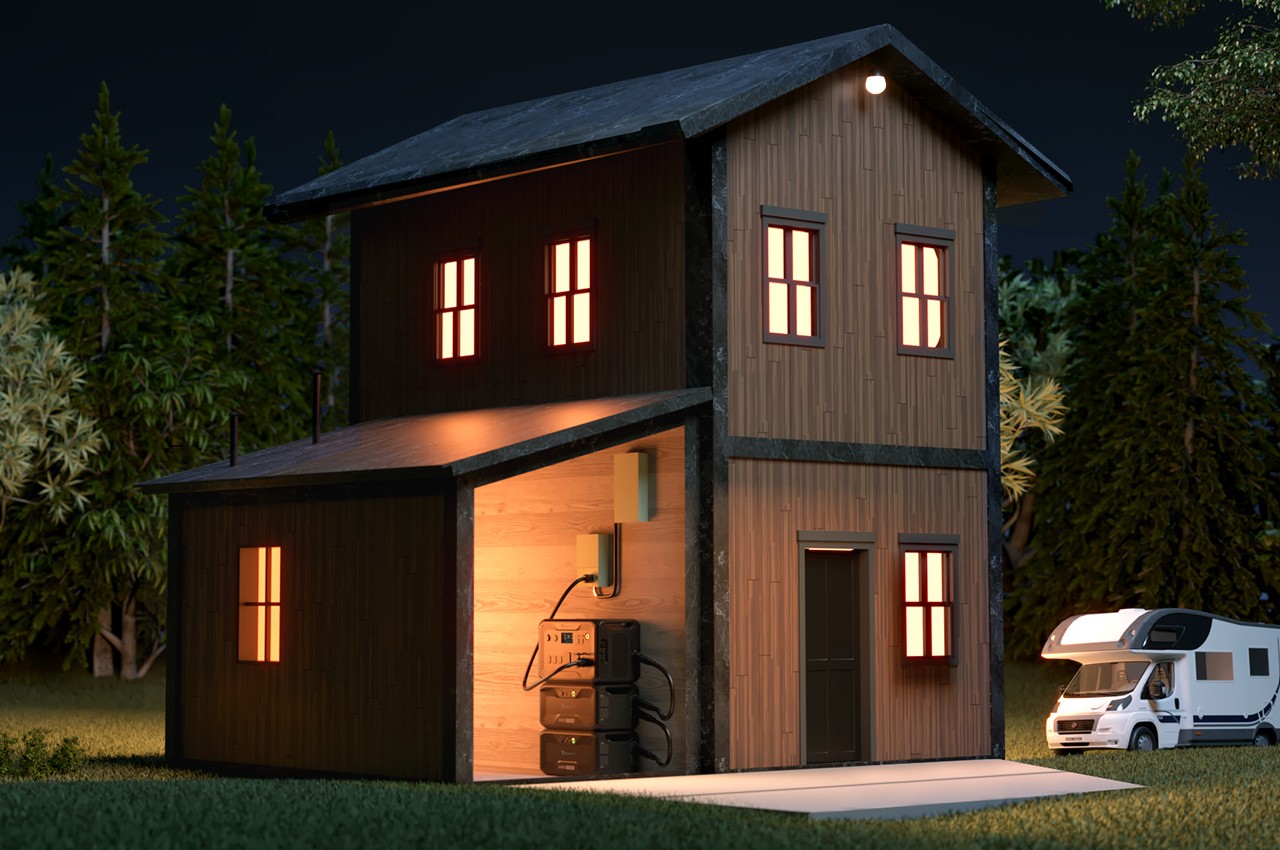
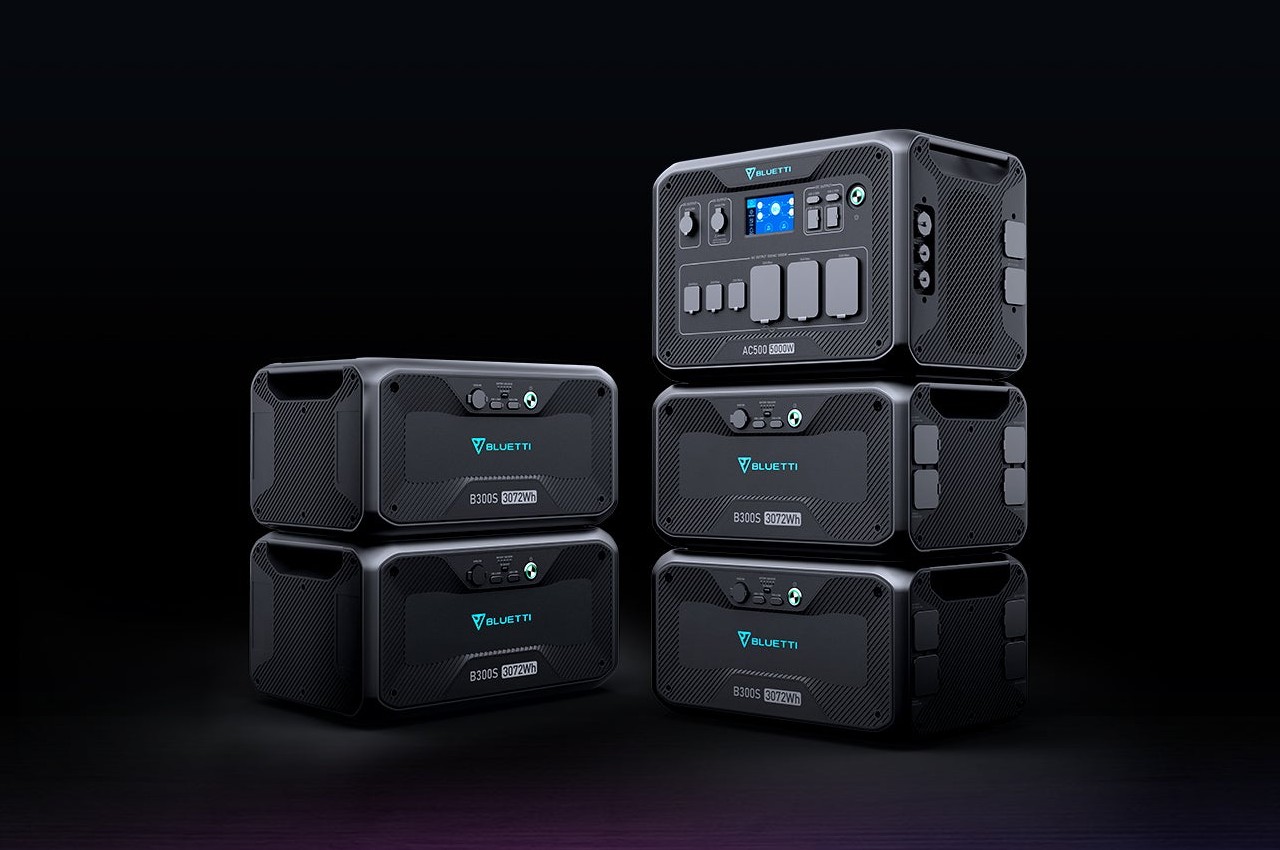
ASUS ZenBook 17 Fold OLED
Smartphones aren’t the only ones that are getting a foldable treatment. Although it’s happening more slowly, even tablets and laptops are getting foldable screens as well. There might still be some hesitation and doubt on whether it’s a fad or the next wave in computing, but devices that can change their forms will definitely become more common in the near future.
Designer: ASUS
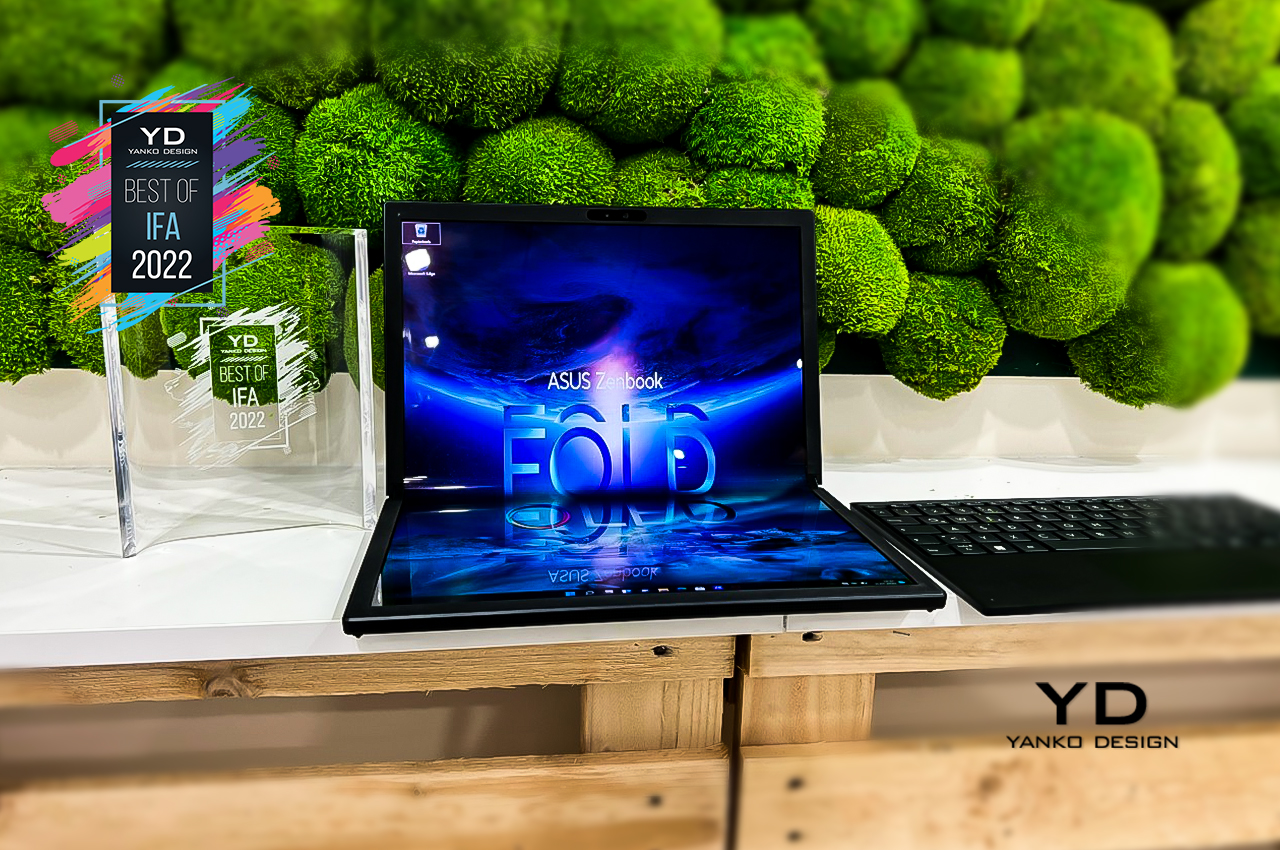
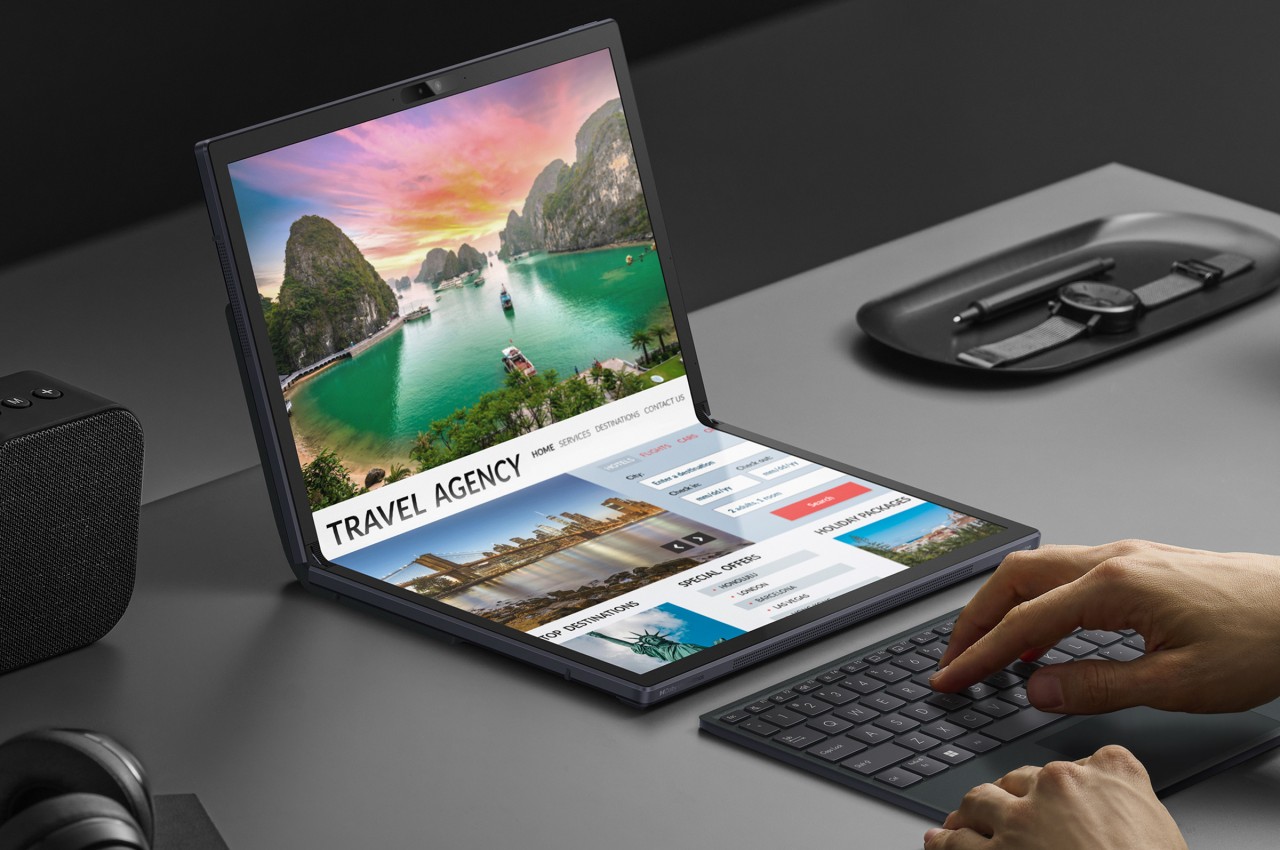
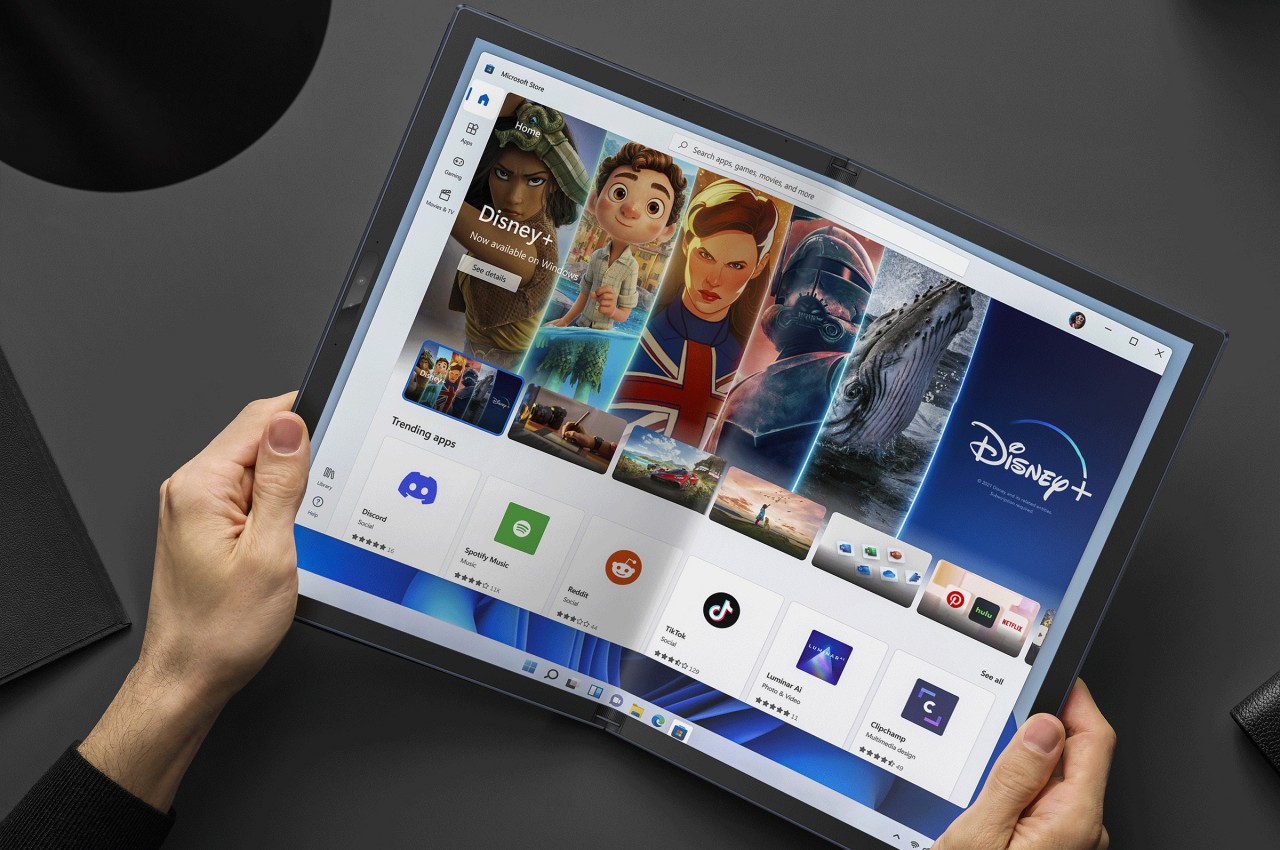
The ASUS ZenBook 17 Fold OLED is one of the pioneers of this still nascent market. A 17.3-inch 2.5K screen that can fold into two 12.5-inch Full HD screens gives a whole new meaning to multitasking. Whether it will survive the test of time and hard work remains to be seen, but its launch marks the start of something new.
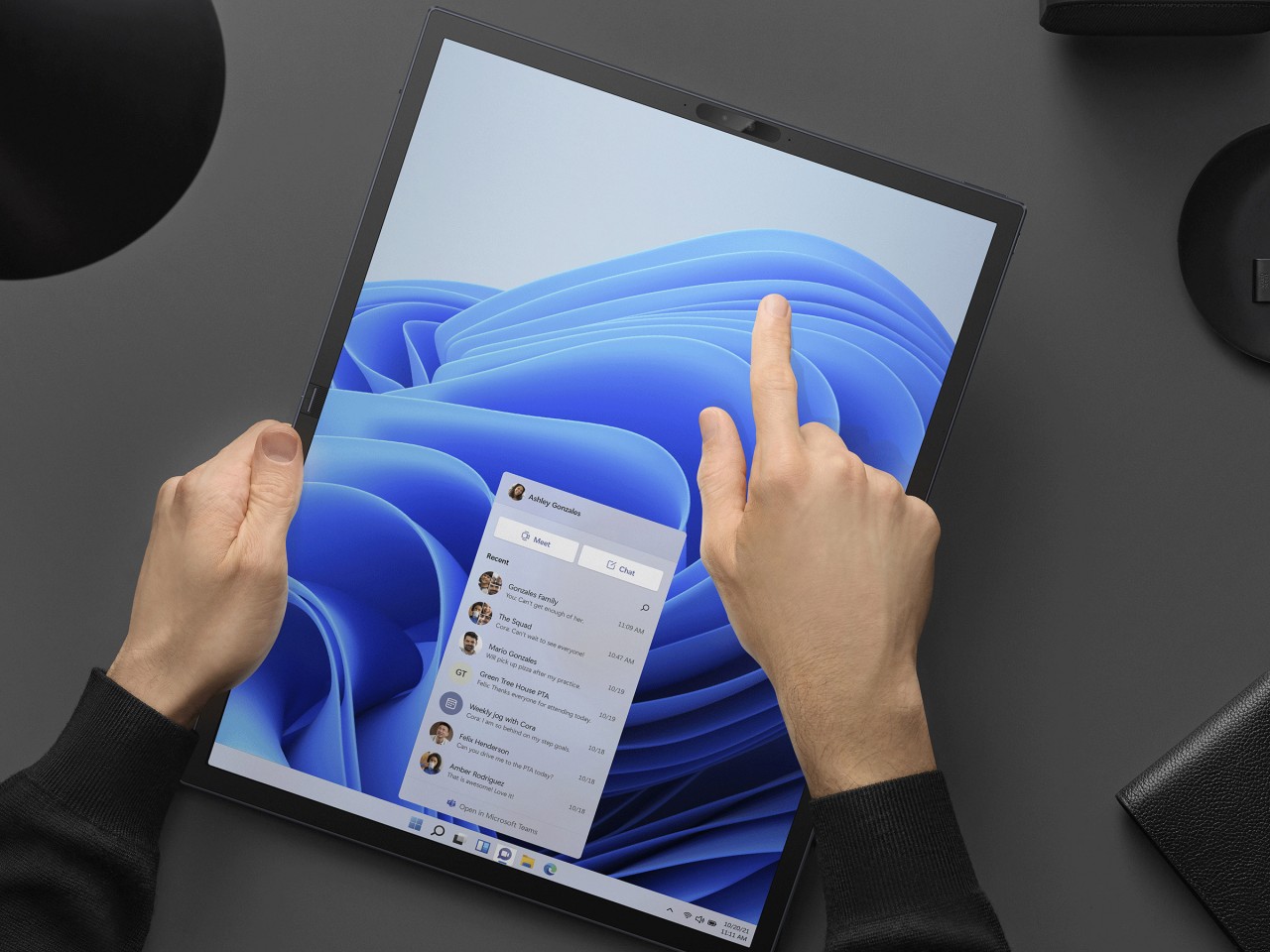
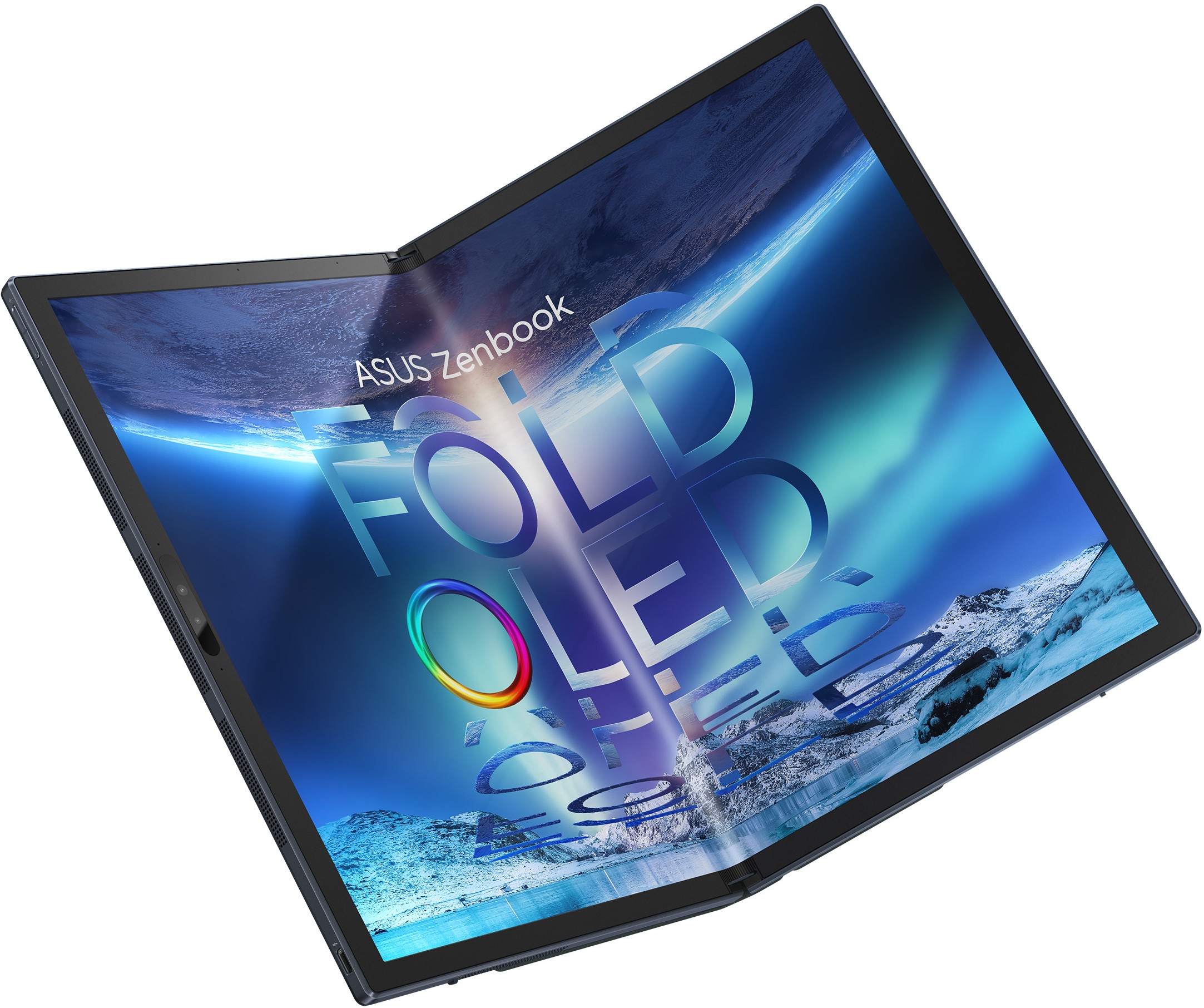
Lenovo Thinkpad X1 Fold (16-inch)
Credit where credit is due, Lenovo is actually one of the first to demonstrate that it really believed in the foldable laptop hype. The first Thinkpad X1 Fold, while functional, didn’t exactly meet the hype and imagination of the PC market. Its next-gen iteration, however, inches closer to that ideal.
Designer: Lenovo
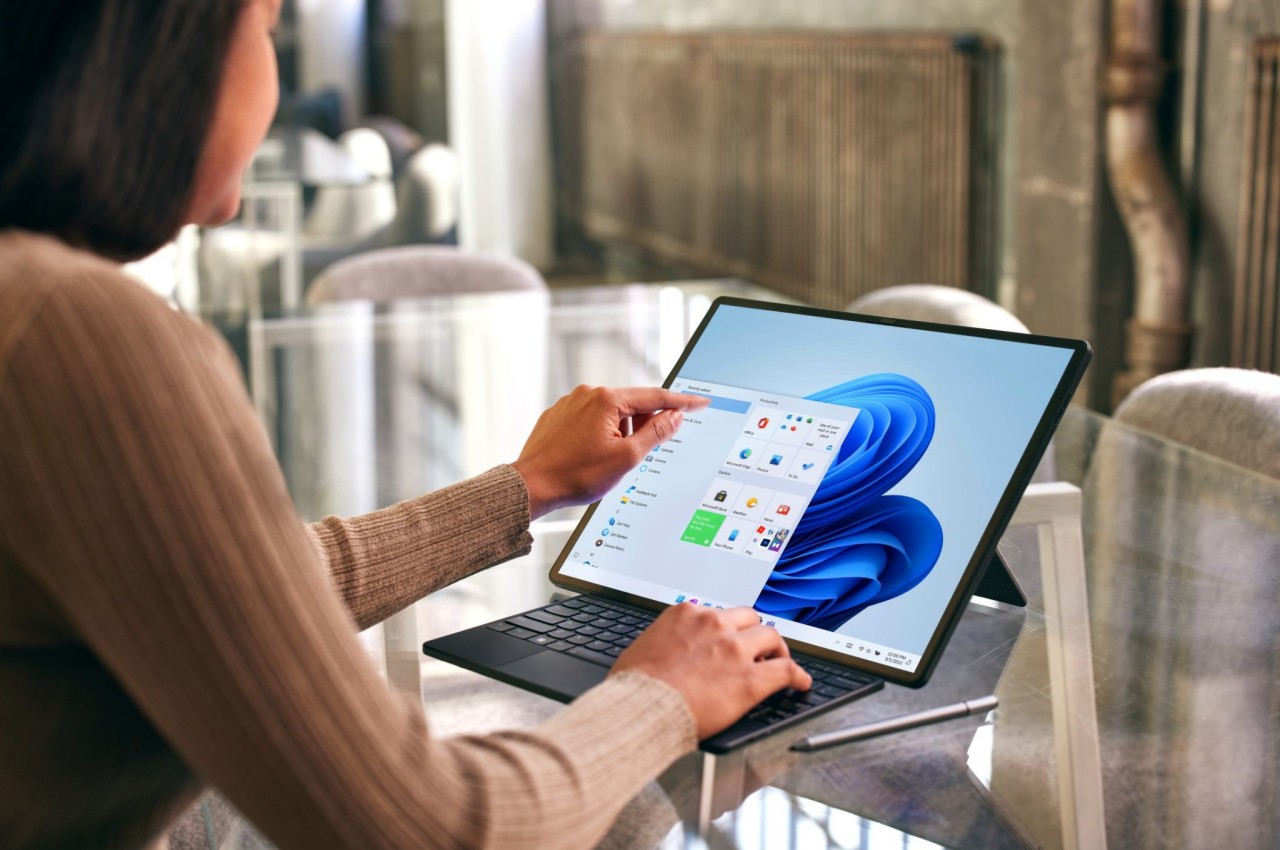
The new 16-inch Lenovo ThinkPad X1 Fold refines the design of its predecessor, making the body thinner while also increasing the screen size. It also comes with a new cover stand and an improved Bluetooth keyboard that should make the device more usable. No longer will you feel like you’re carrying around a prototype device and are instead using the computer of the future.
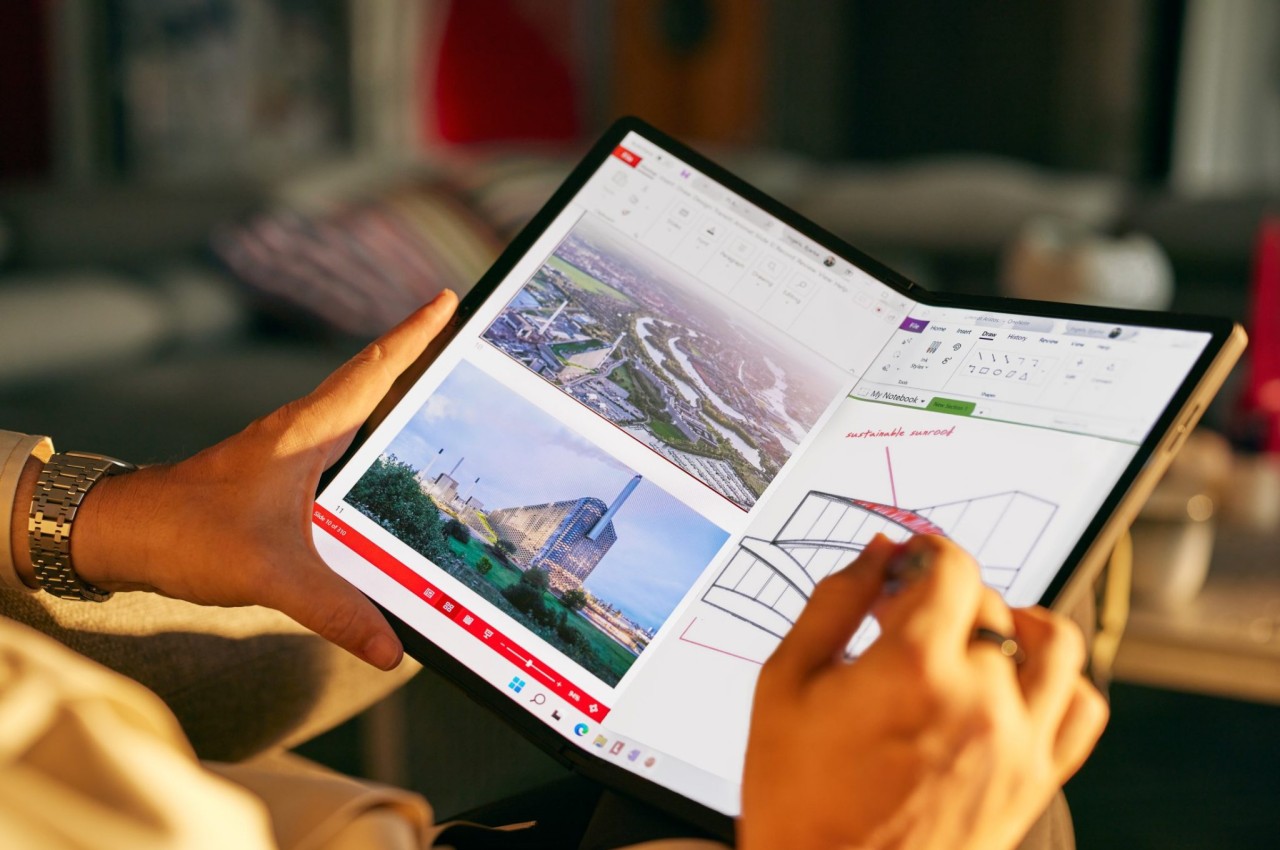
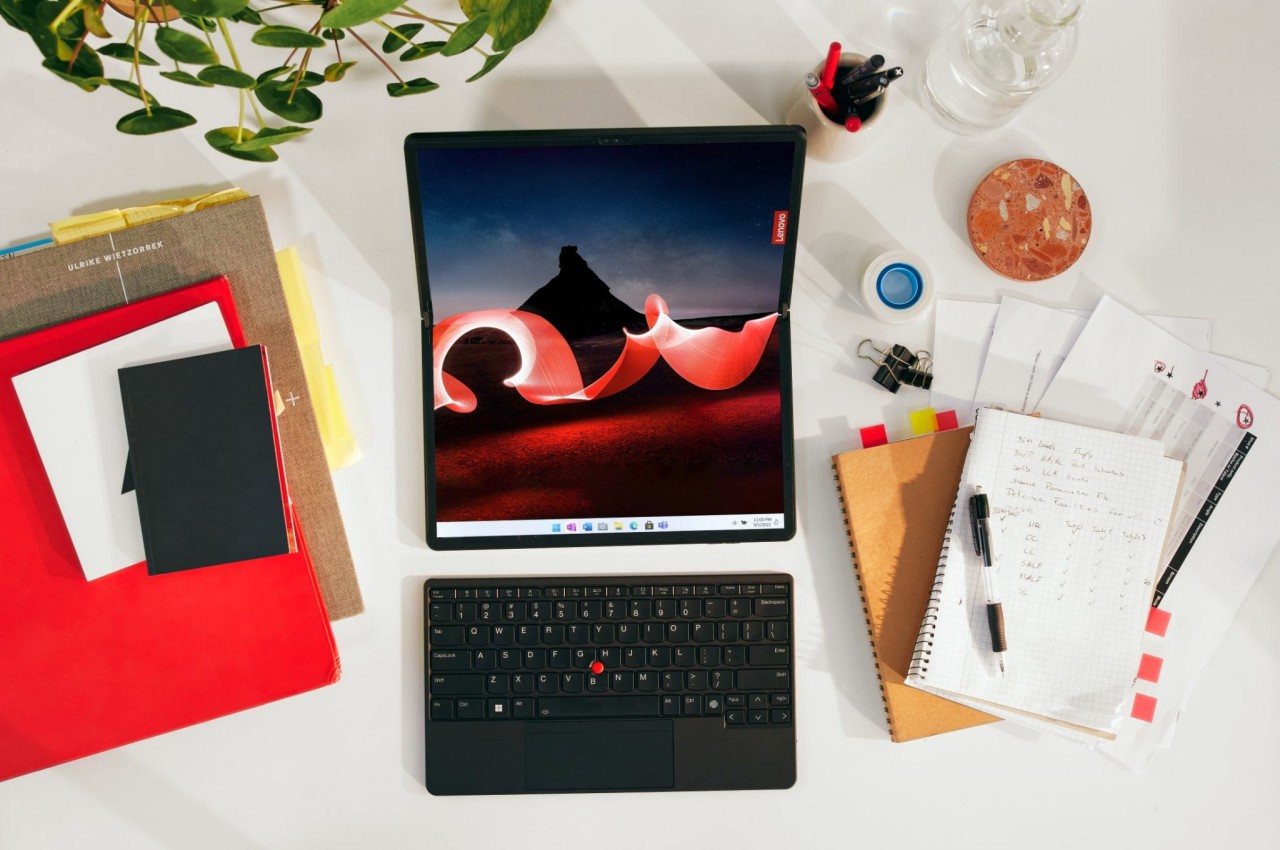
Bang & Olufsen Beosound Theater Soundbar
As TVs become thinner, the need to relocate speakers has also become greater. You can, of course, cram smaller speakers inside those thin frames, but that often comes at the expense of sound quality. Soundbars have become one of the solutions to this problem, offering a way to have an elegant speaker near an equally elegant TV. And when it comes to elegance, there are few names you can trust more than Bang & Olufsen.
Designer: Bang & Olufsen
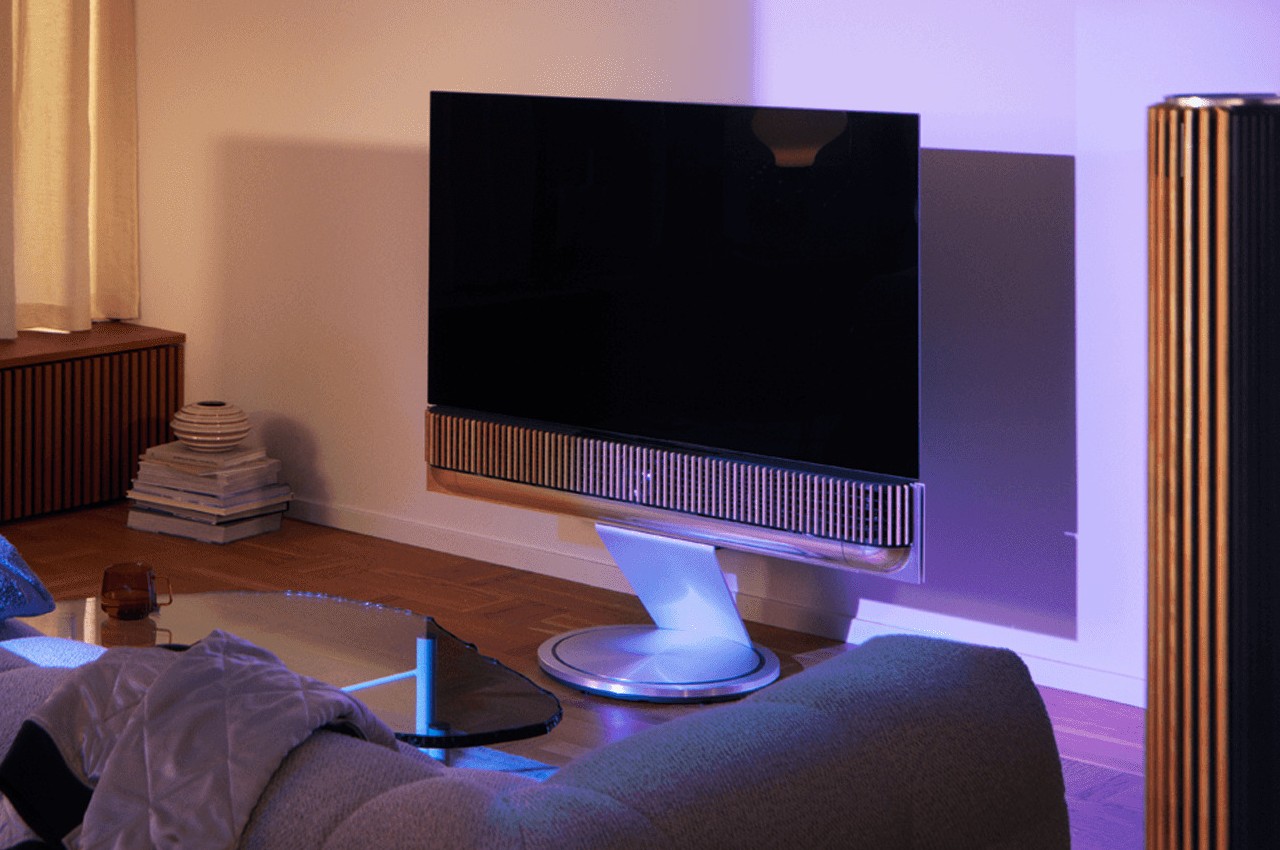
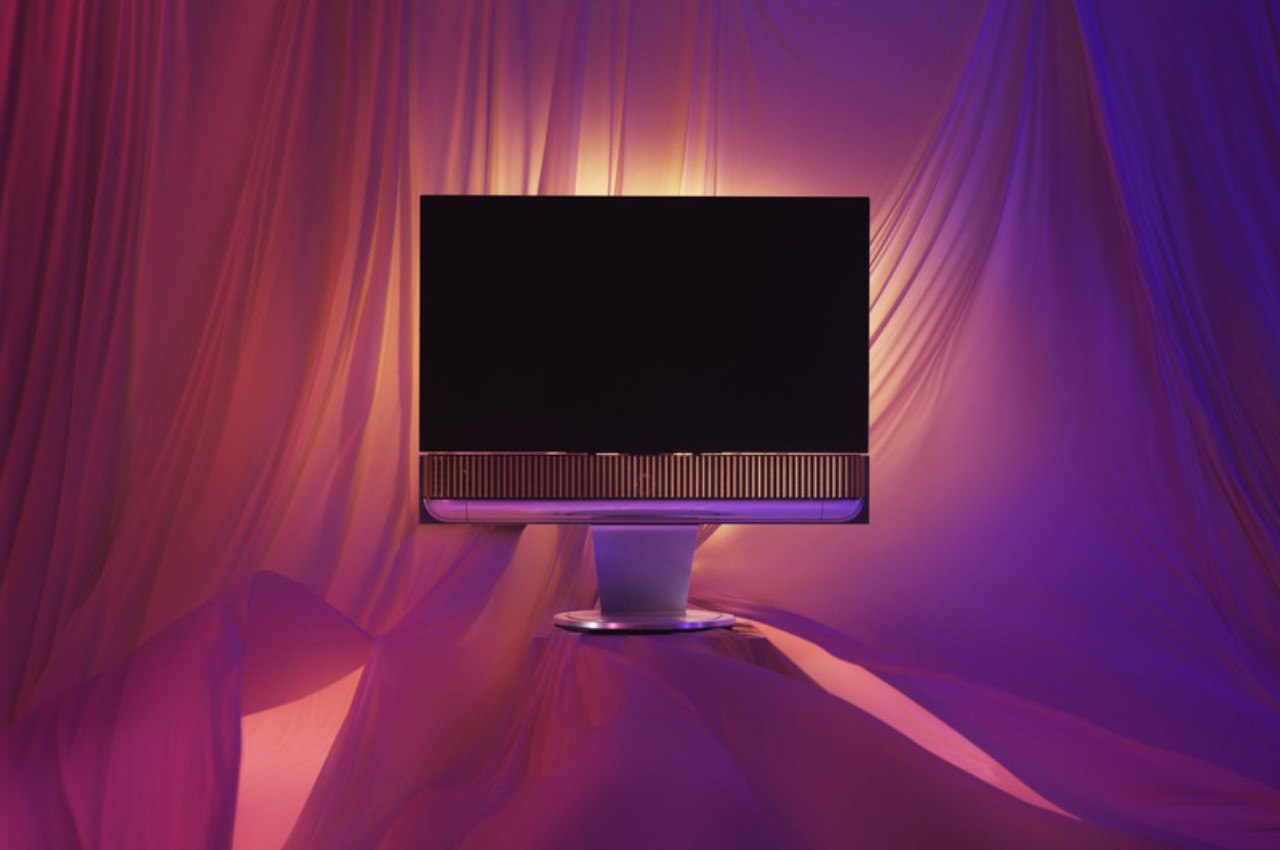
The marque’s new Beosound Theater is unsurprisingly another proof of its expertise in blending audio quality and aesthetics. Whether standing alone or paired with a TV, the soundbar looks stylish and attractive, unlike common boxy soundbars. Inspired by sailboats, the Beosund Theather’s curved body looks like it’s floating on air, giving it a sense of grandeur and adventure that matches the heart-racing sounds that come from it.
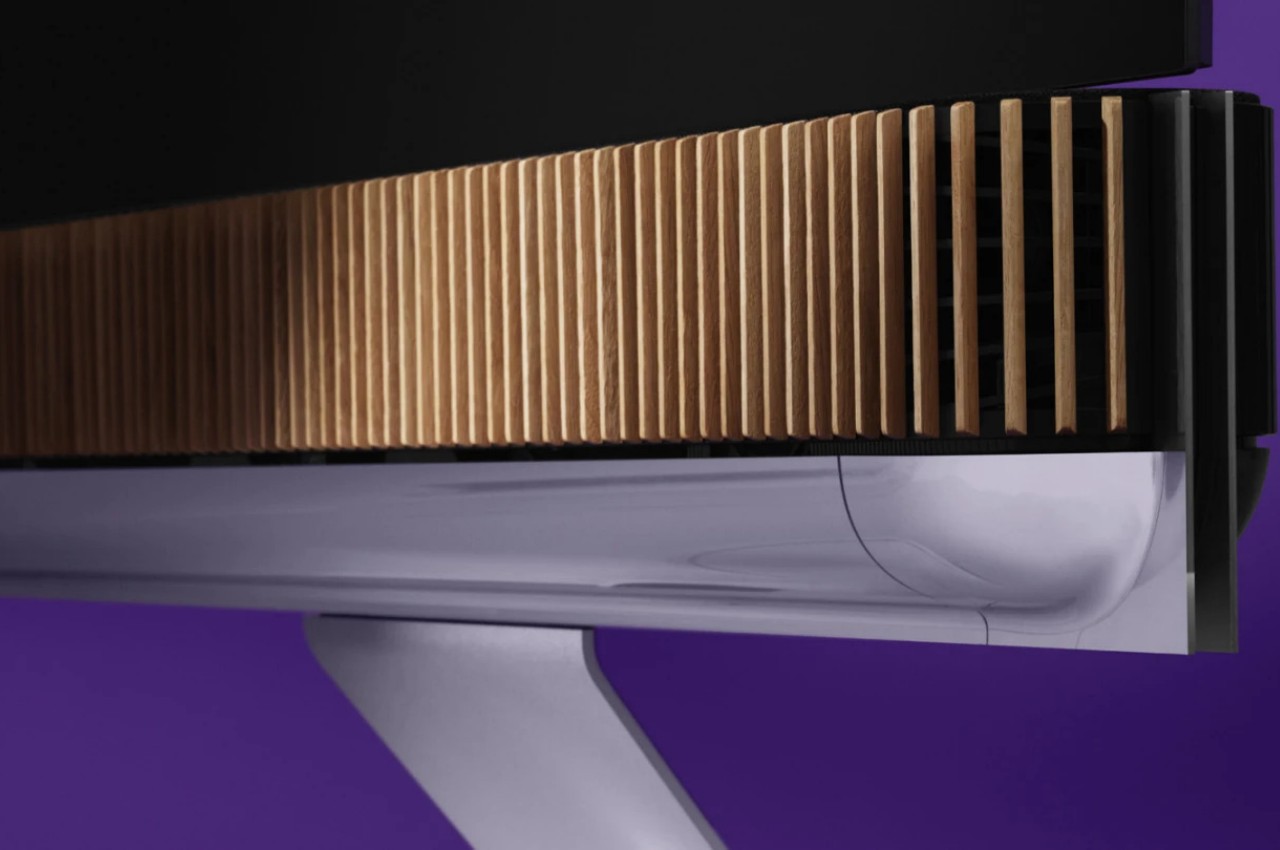
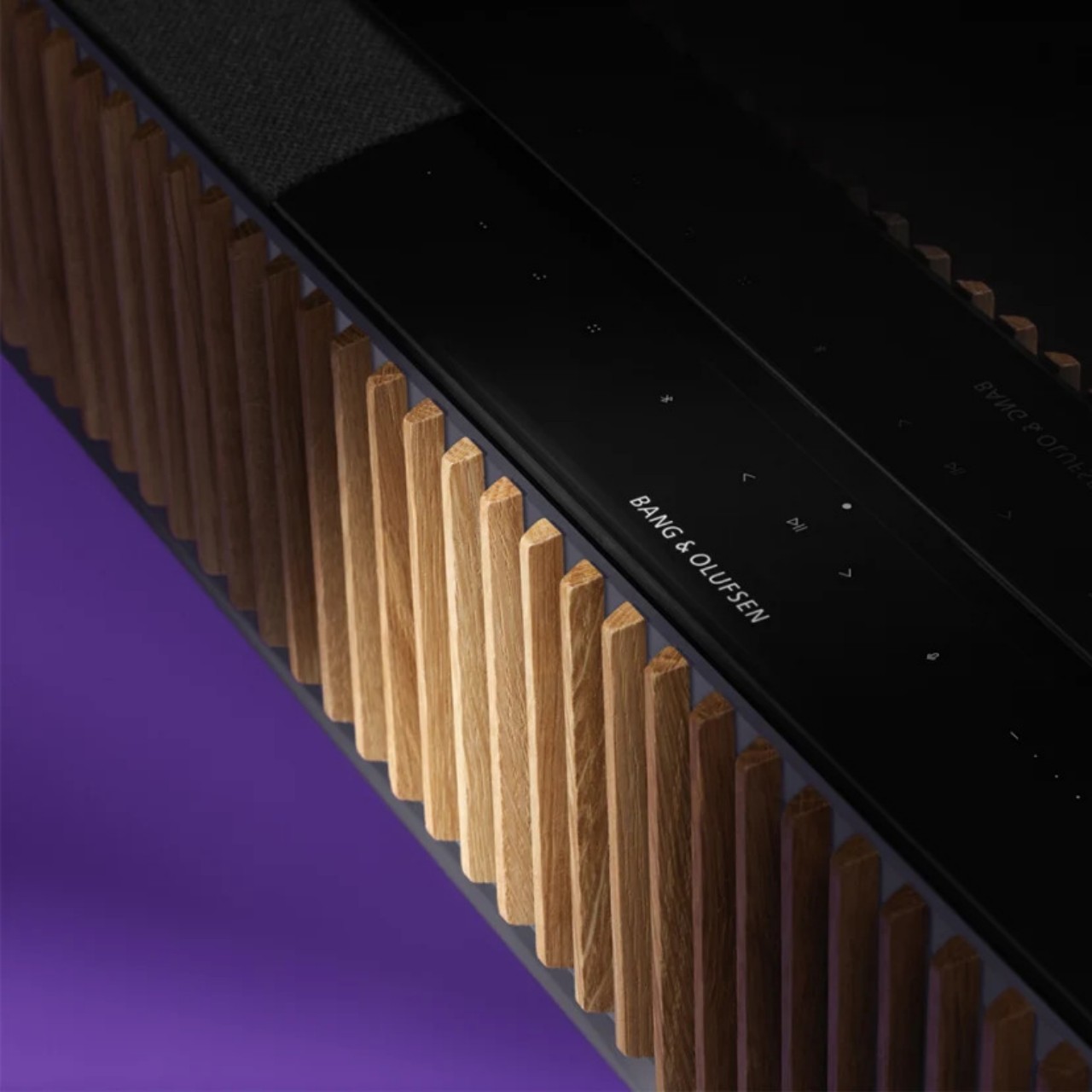
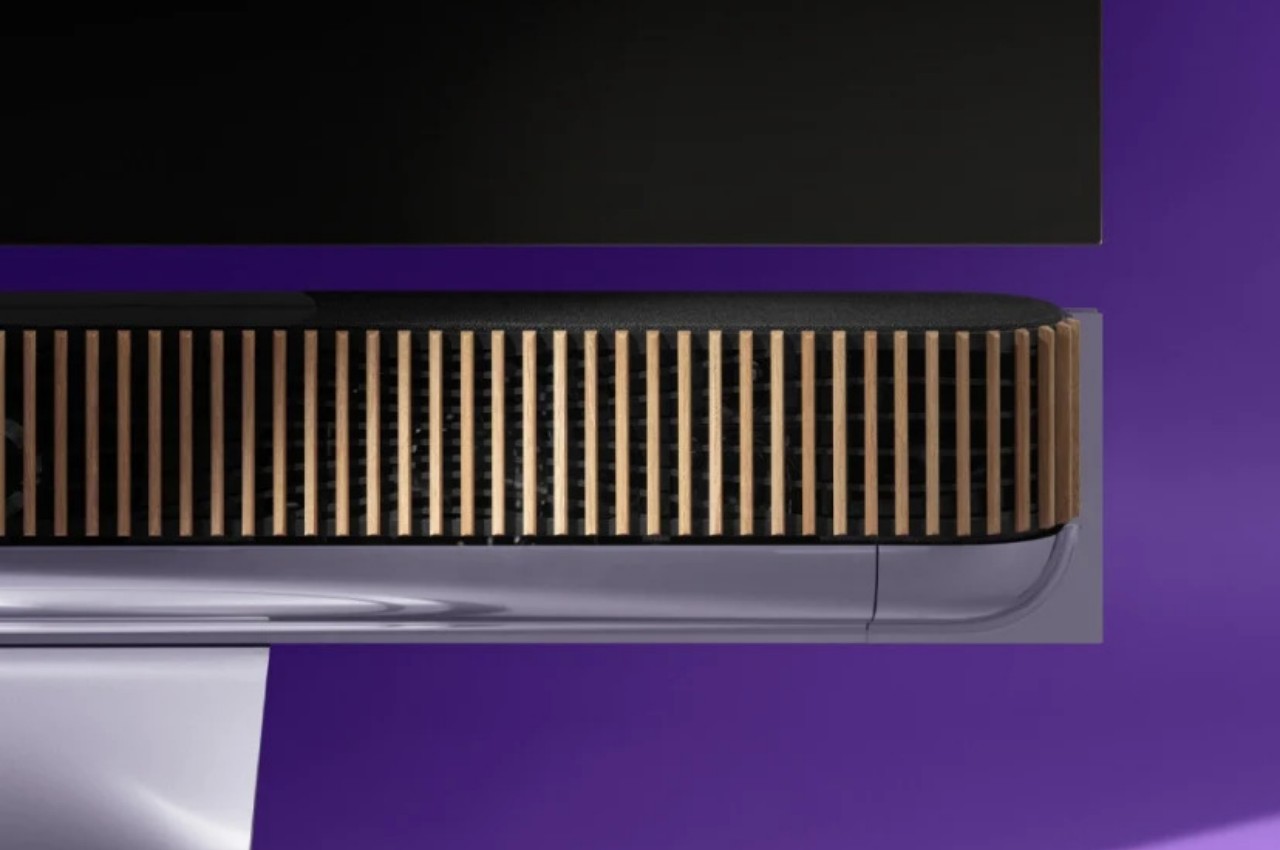
Yaber Pico T1 portable projector
While short-throw home projectors are gaining popularity as alternatives to traditional TVs, another kind of projector is making its way into people’s travel bags or even pockets. Pico projectors offer the opportunity to enjoy videos or make presentations anywhere, as long as you have the right light conditions. Given how projectors work, it’s hard to find the right balance between portability and performance, something that Yaber gets mostly correct.
Designer: Yaber
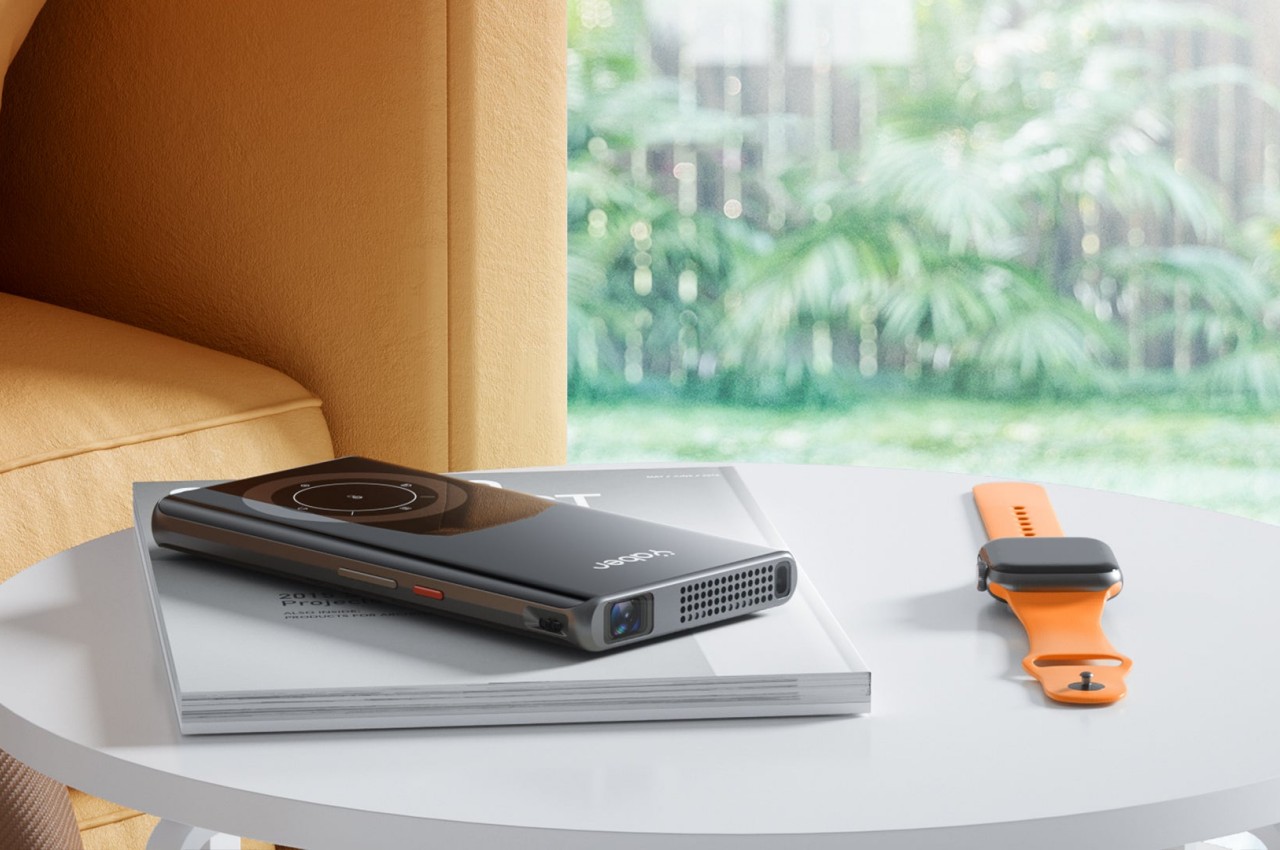
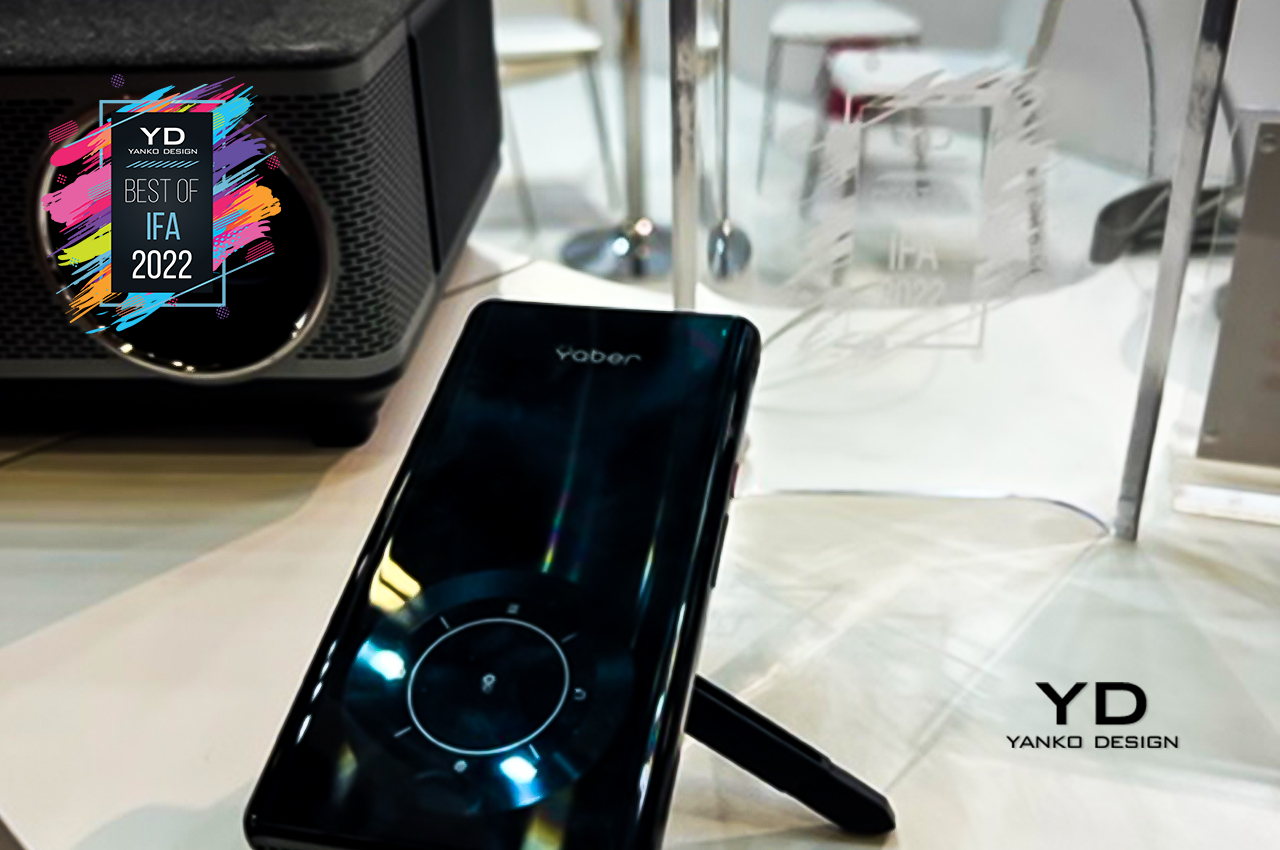
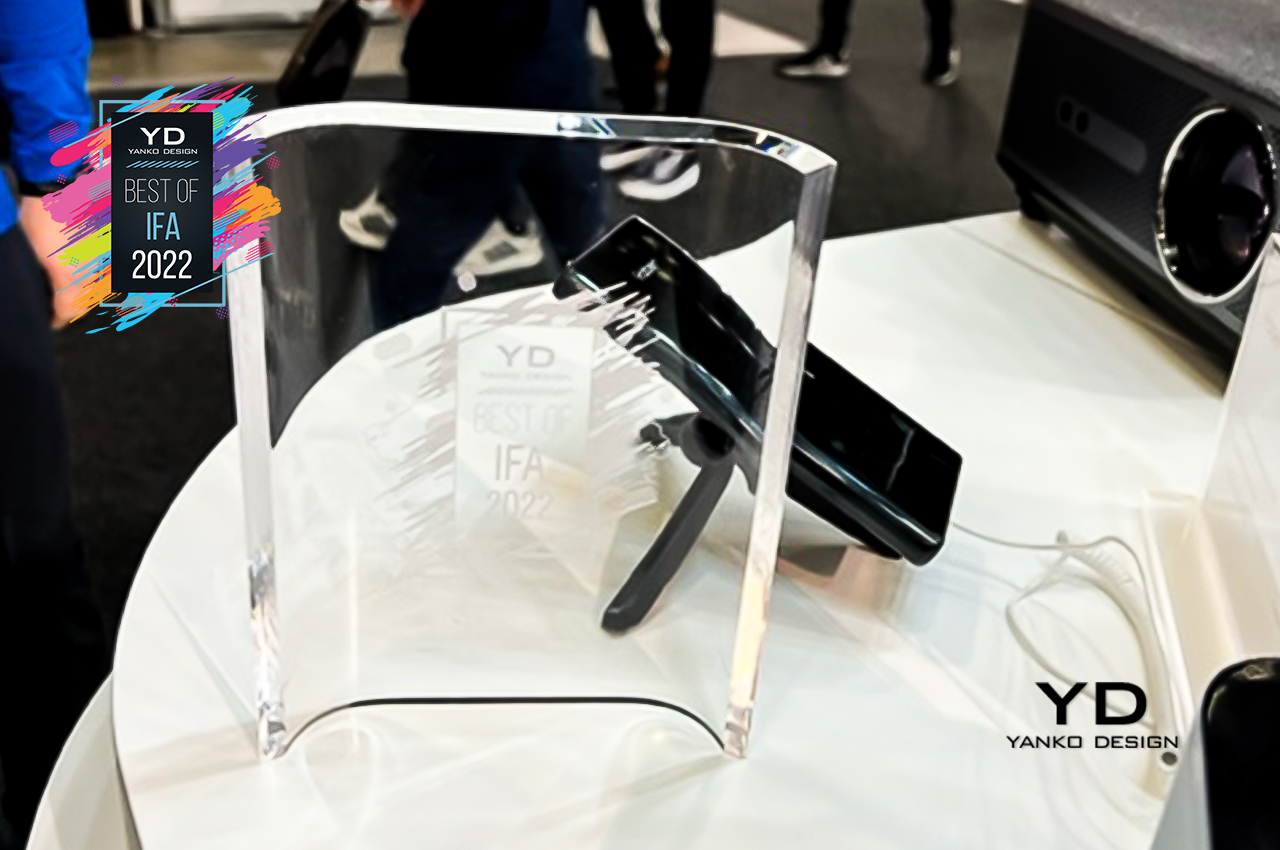
The Yaber Pico T1 itself is like a shorter but thicker smartphone, and it can easily fit into your jeans’ pocket. It does output at a resolution of 960×540, but it can do so at a screen size of up to 100 inches. The downside is that it doesn’t have an internal battery, so you’ll have to connect it to a compatible power bank. That said, all its accessories still fit nicely in a pouch that you can conveniently carry around if you want a cinema on the go.
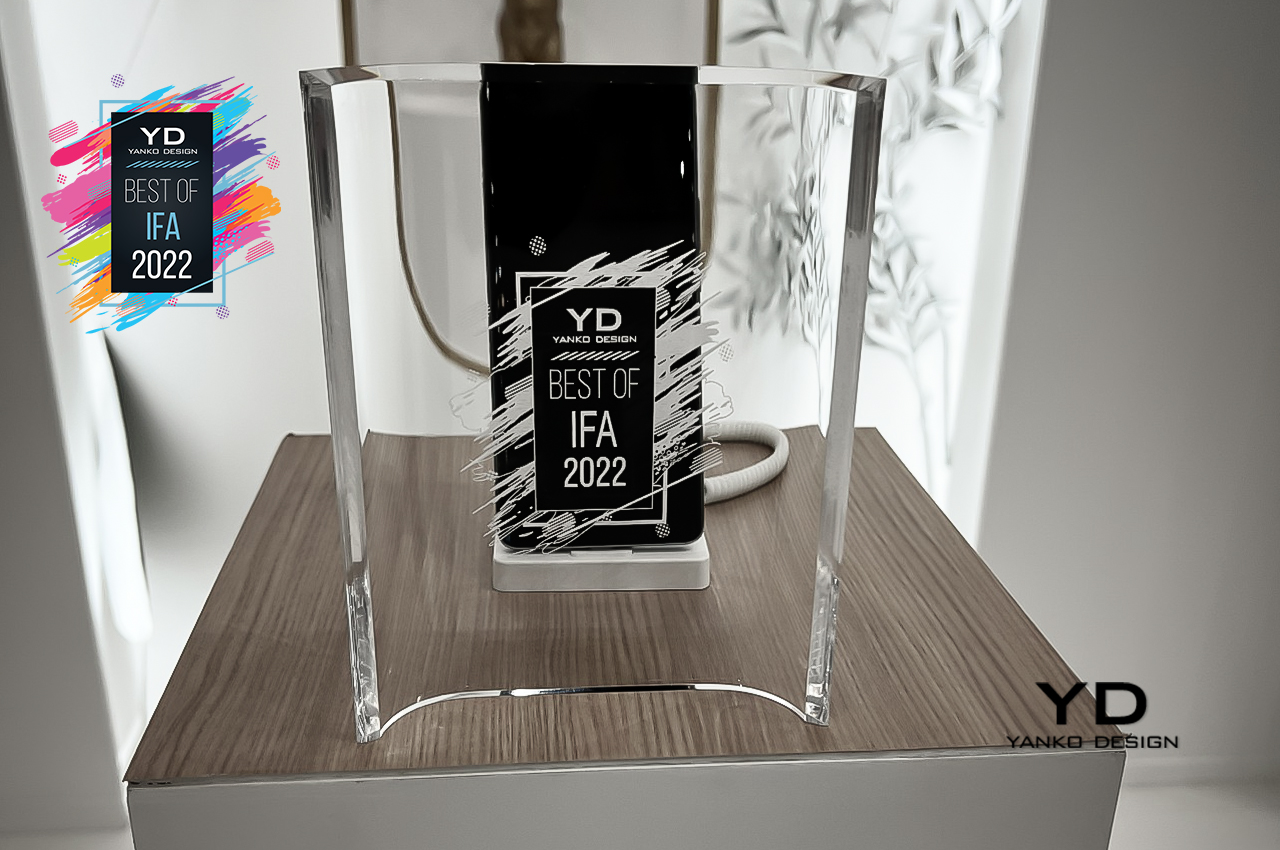
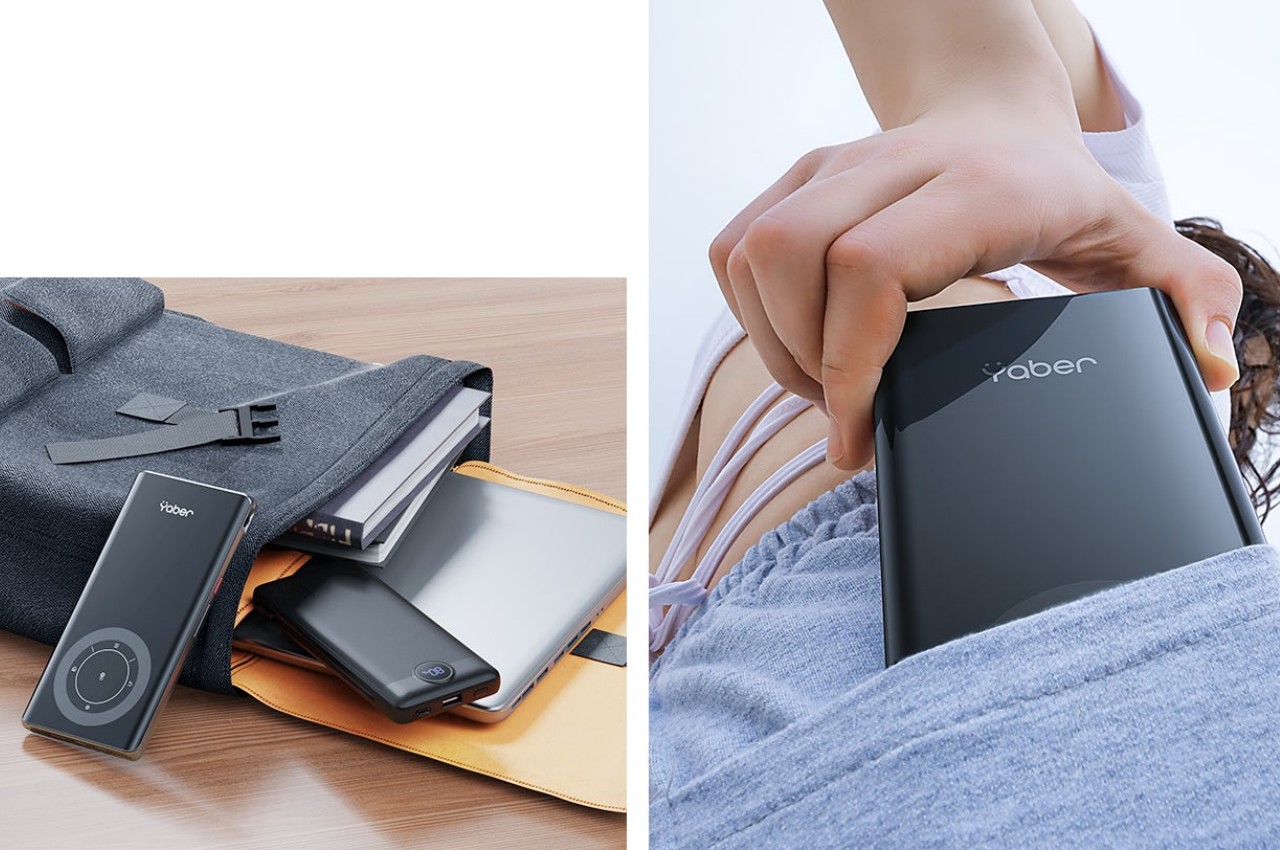
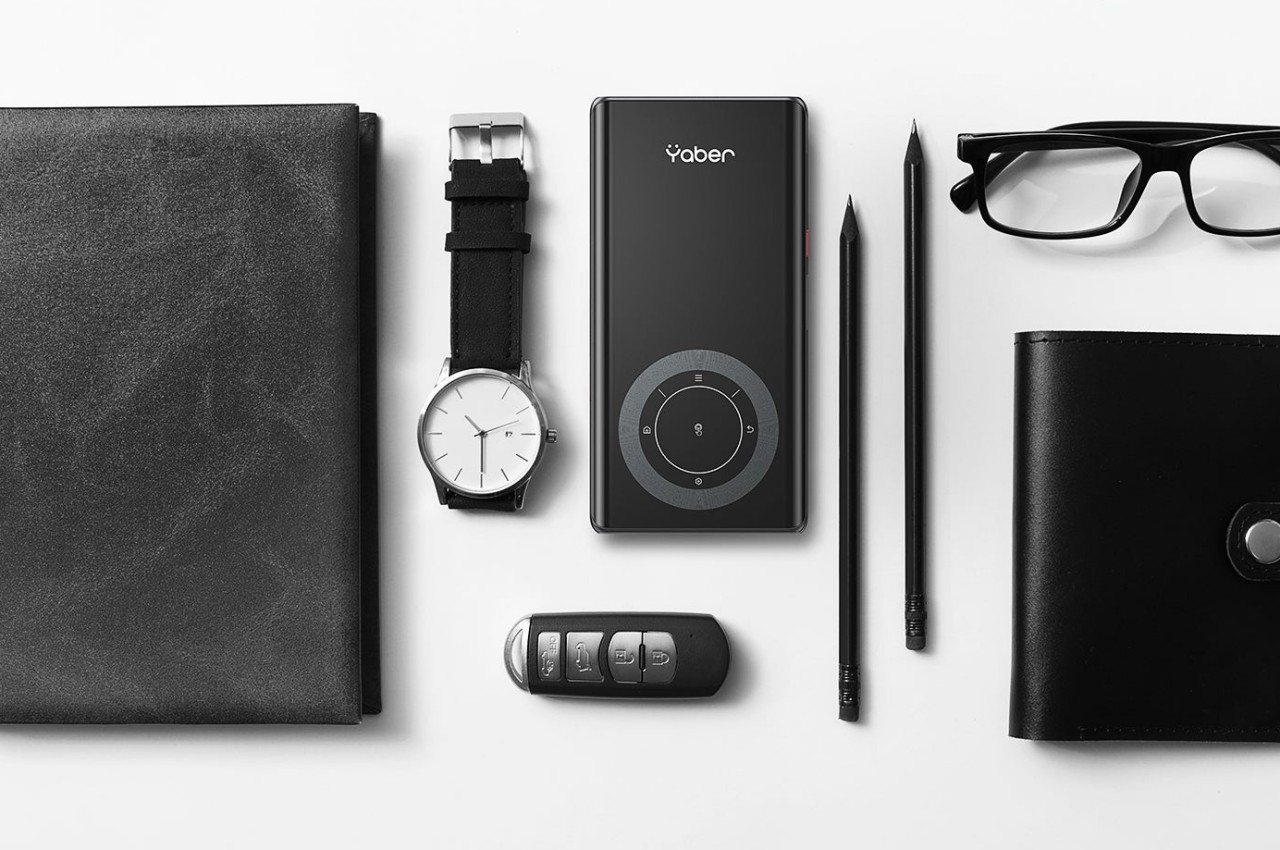
Huawei
In spite of and despite all odds, Huawei continues to bring quality products to meet the needs and demands of today’s consumers. From powerful smartphones to professional laptops, Huawei brings a plethora of choices across different markets and tiers. The Huawei nova 10 and nova 10 Pro, for example, bring a 60MP front-facing camera that’s sure to excite selfie lovers with limited budgets.
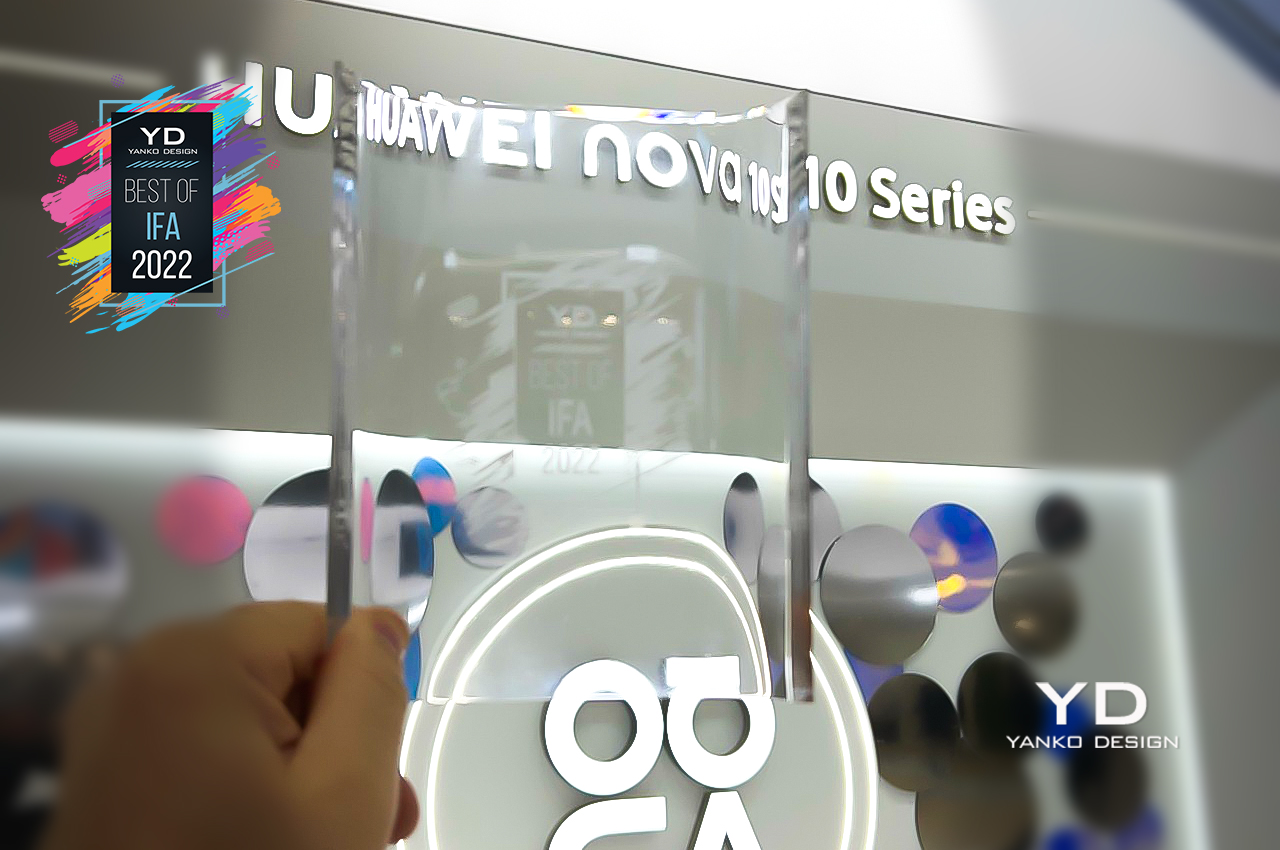
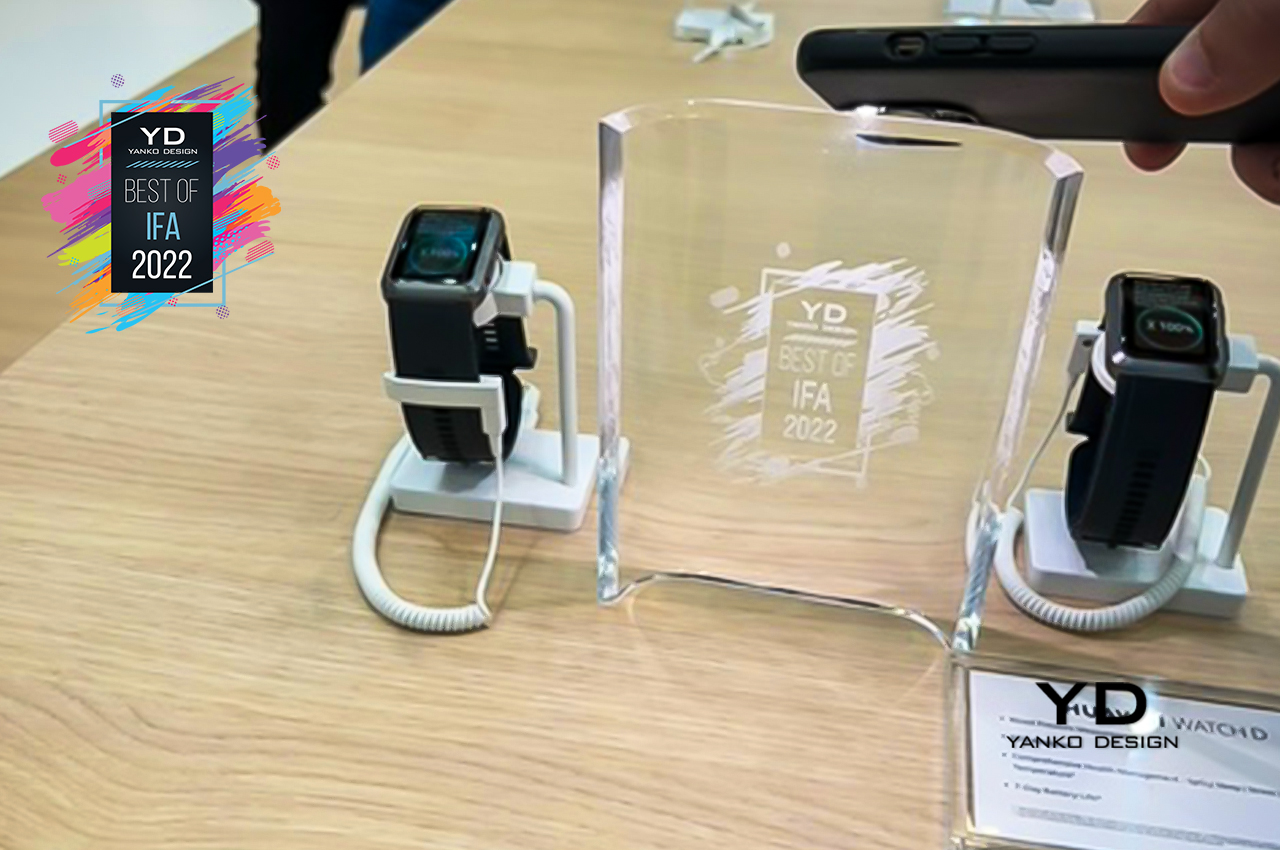
For those more focused on productivity, the Huawei MatePad Pro brings a tablet to rival the iPad Pro with a 120Hz OLED screen and a Huawei M Pencil stylus. The new MateBook X Pro, on the other hand, packs a 3.1K 14.2-inch screen into a Windows-powered laptop powered by the latest 12th-gen Intel Core processors. Whether it’s for lifestyle, entertainment, or productivity, Huawei has a product that has one of the best bang-for-buck offers in designs that make you feel you’re really getting more for less.
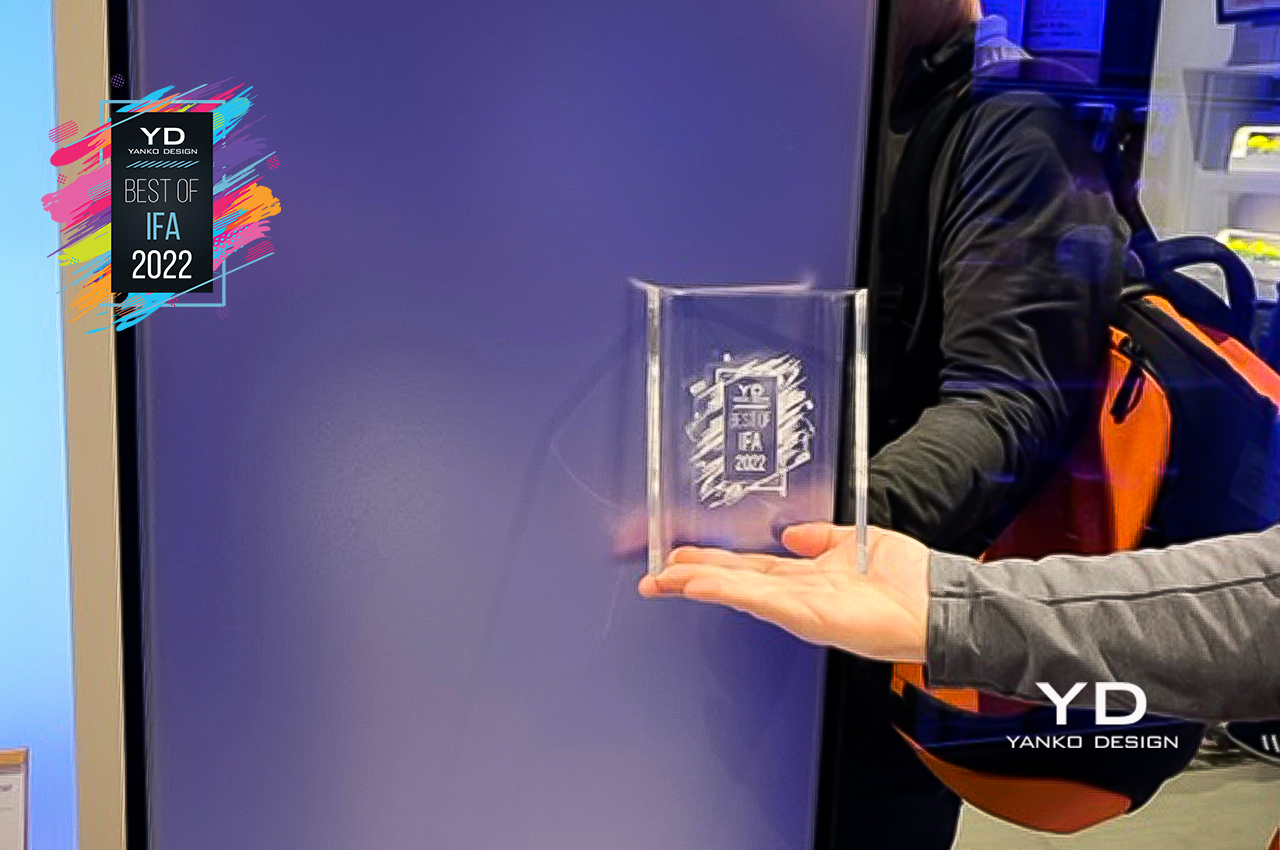
The post The Best of IFA 2022: Technology for Better Living first appeared on Yanko Design.
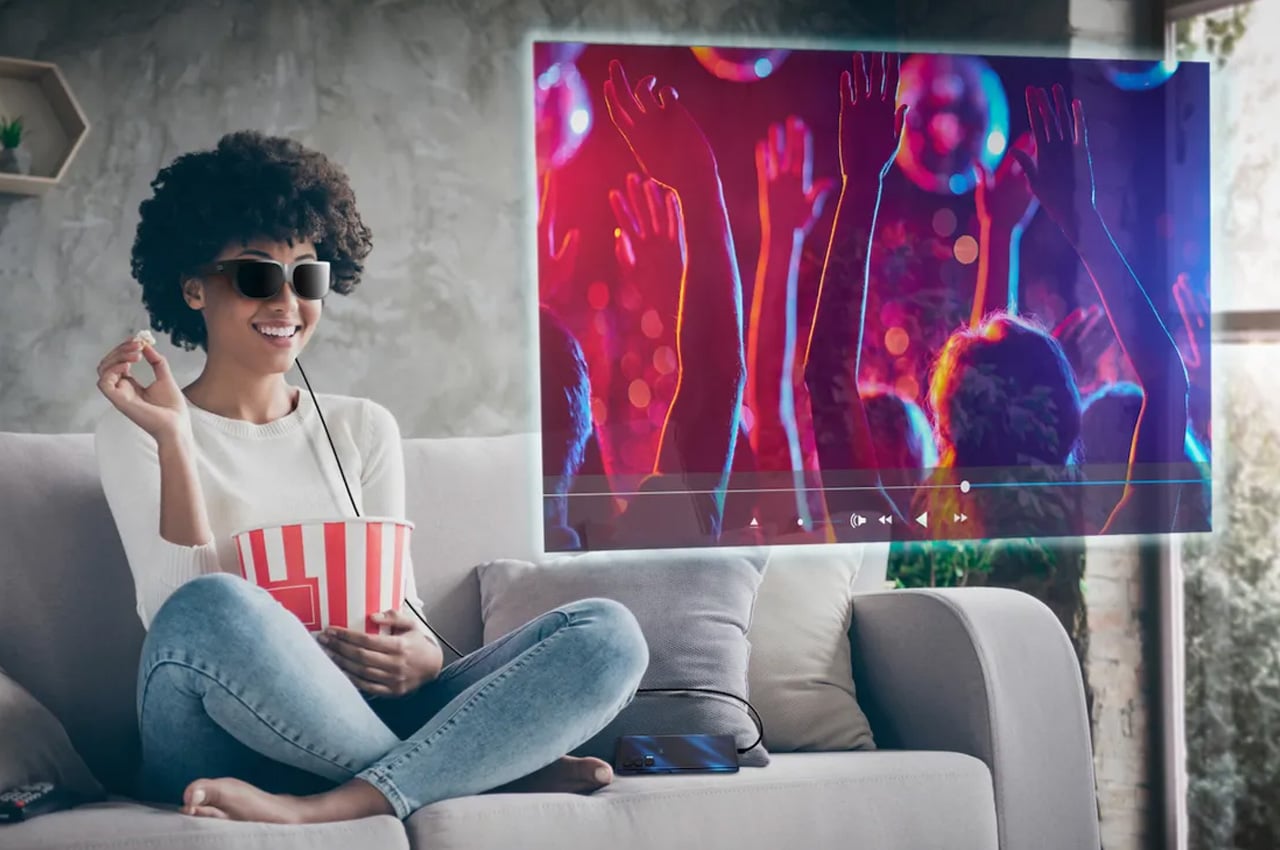
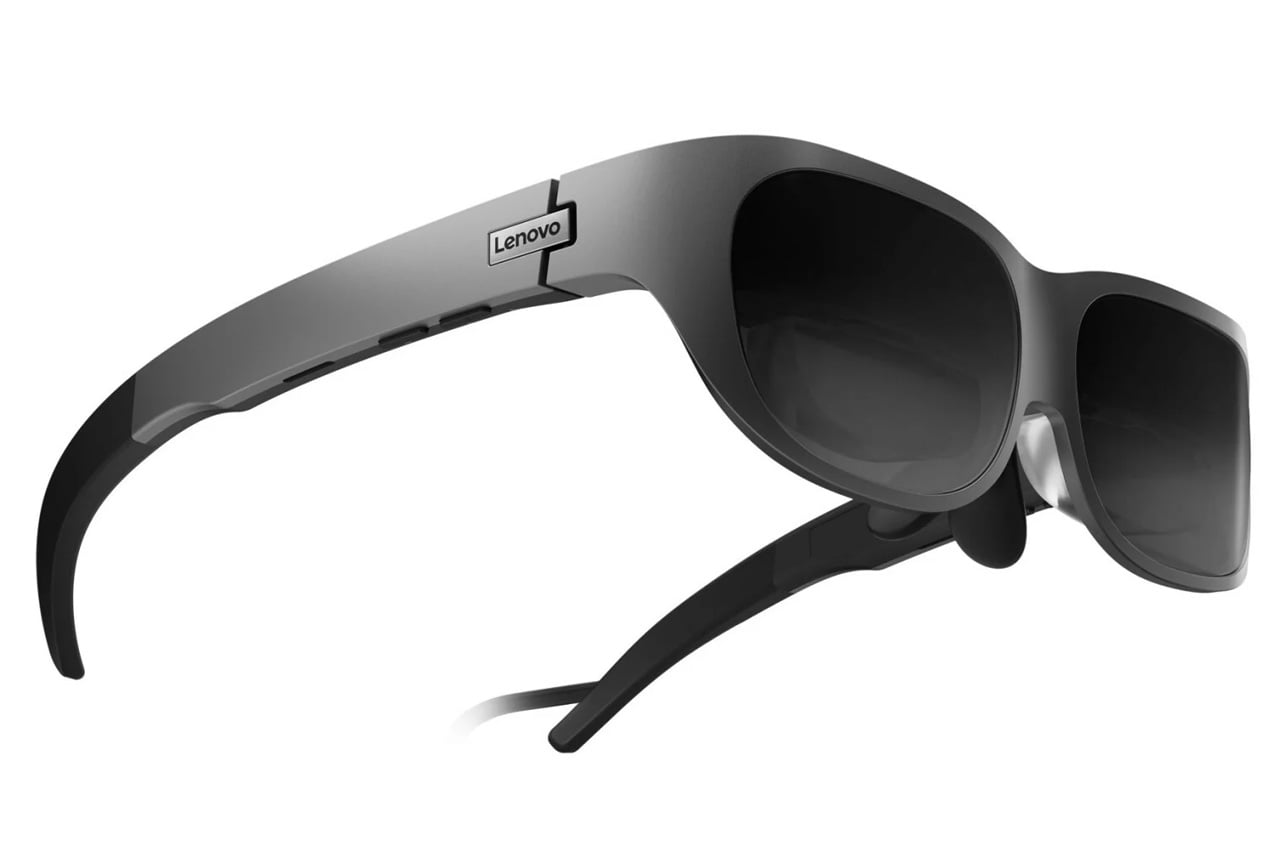
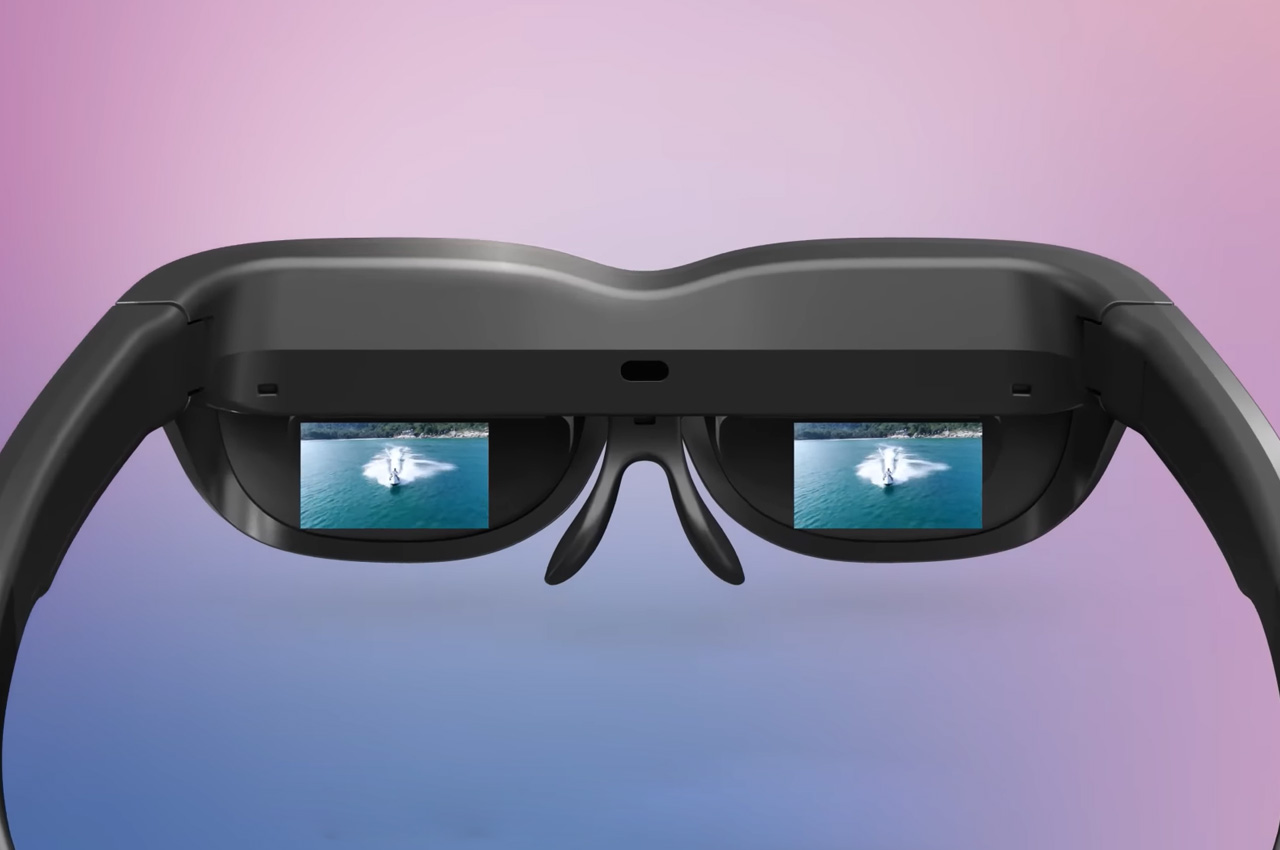
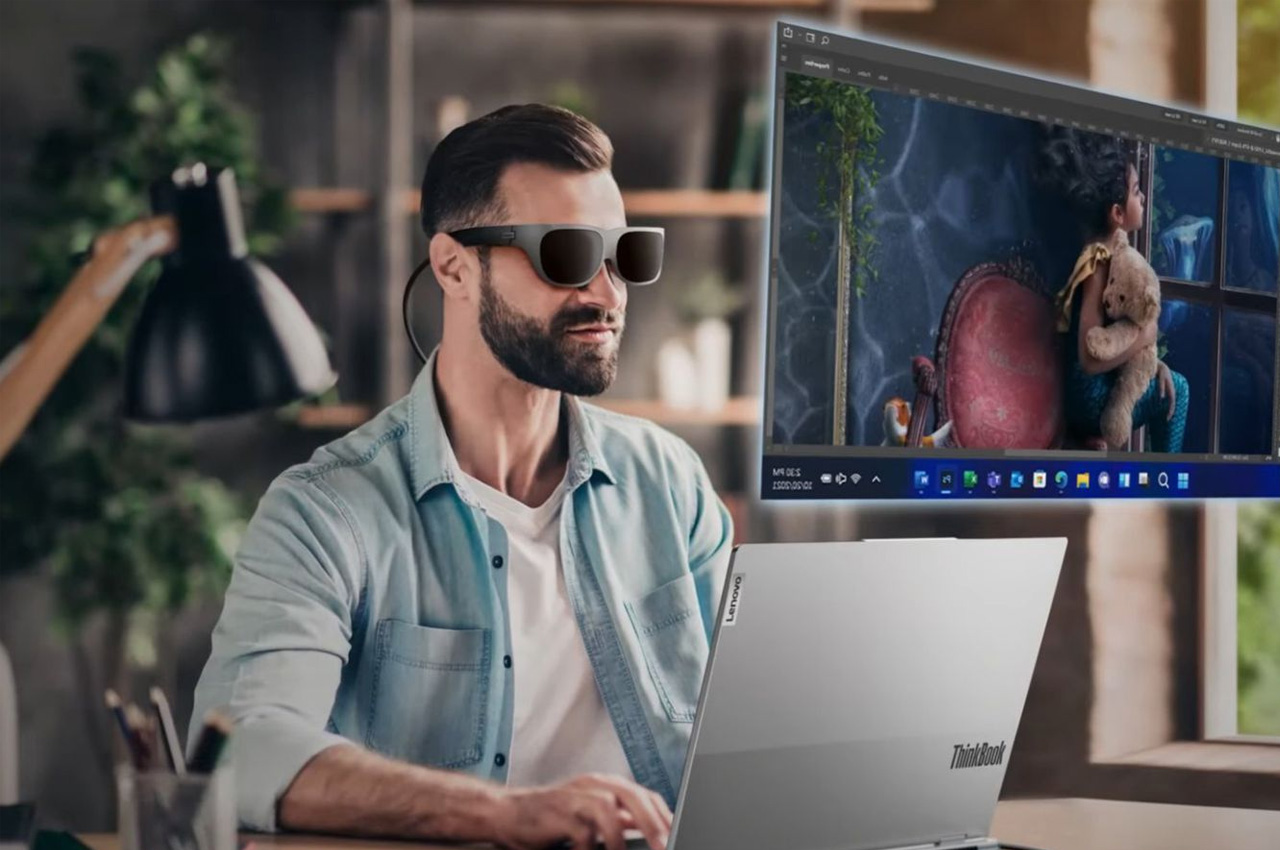
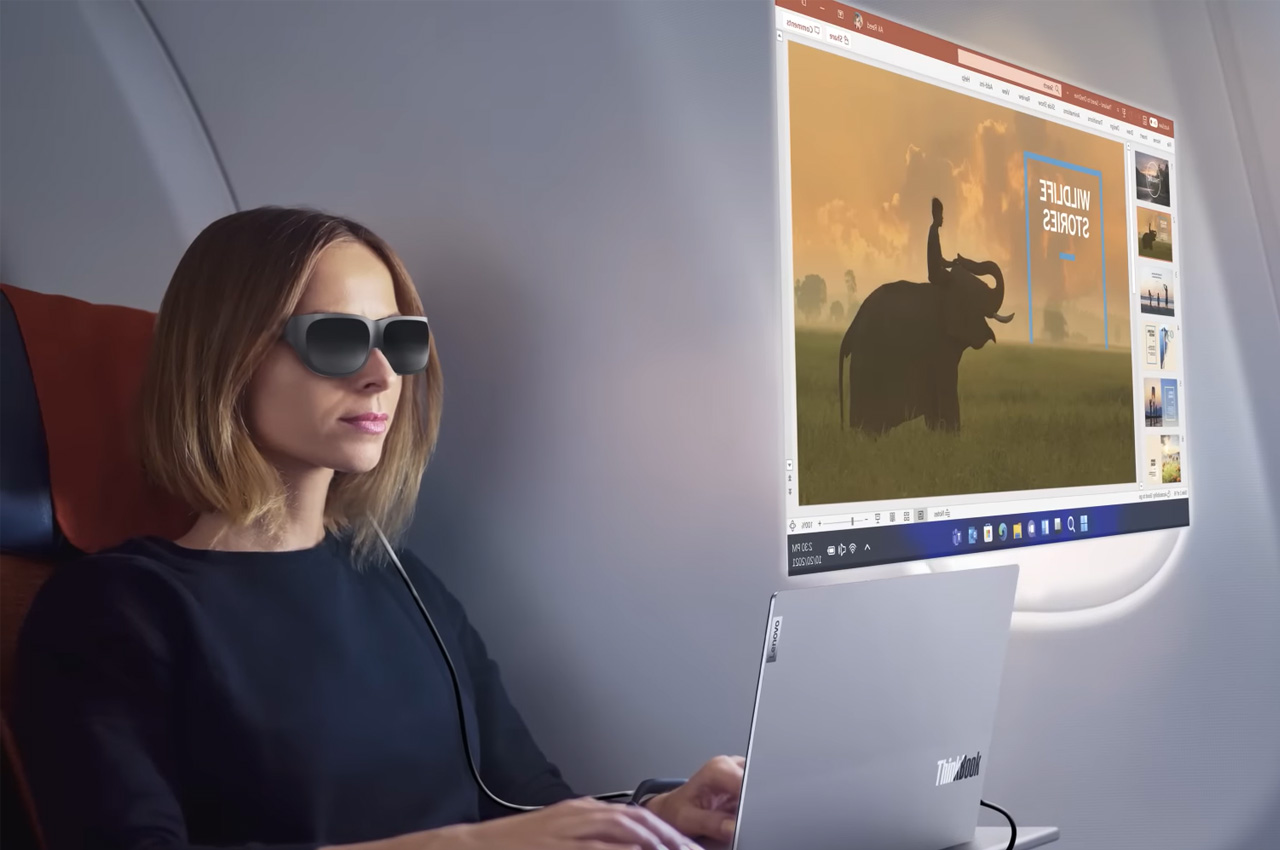
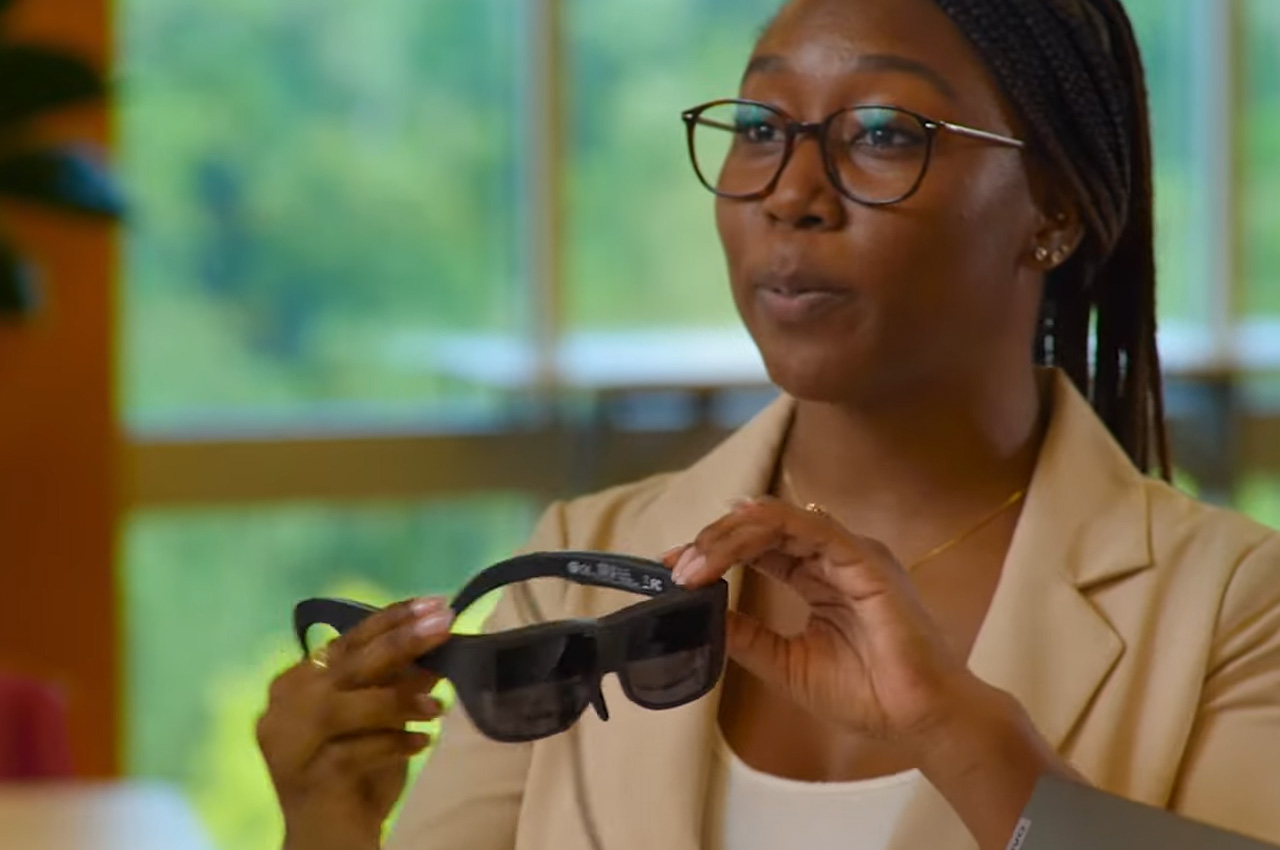
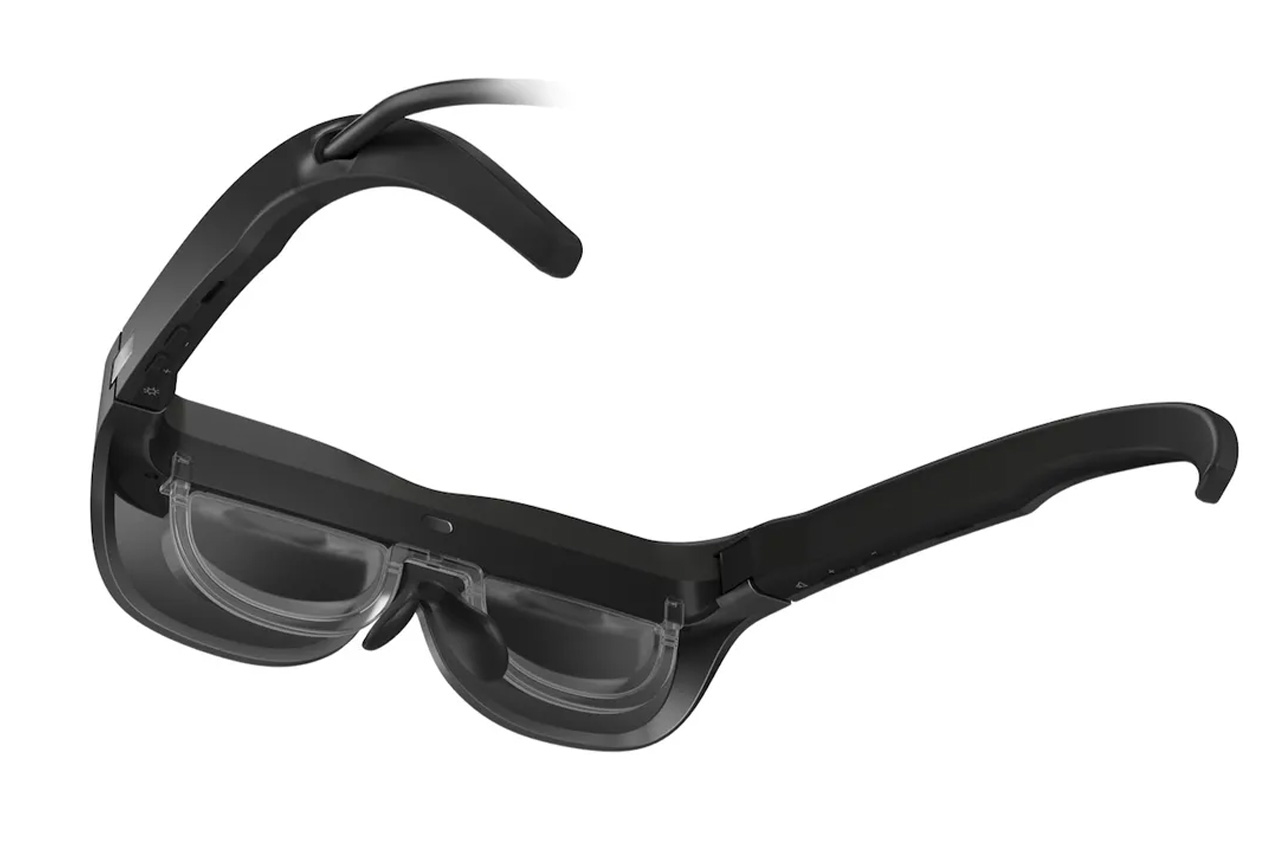
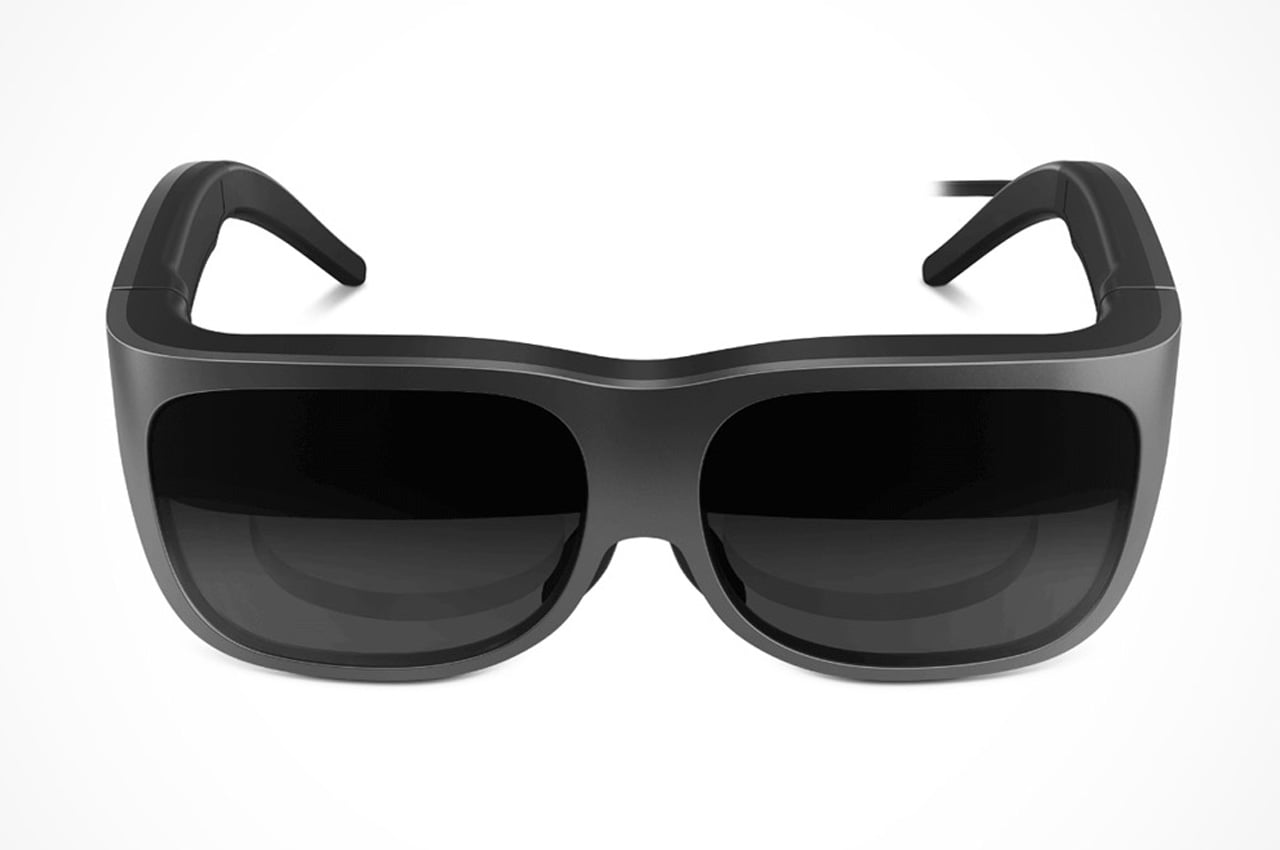
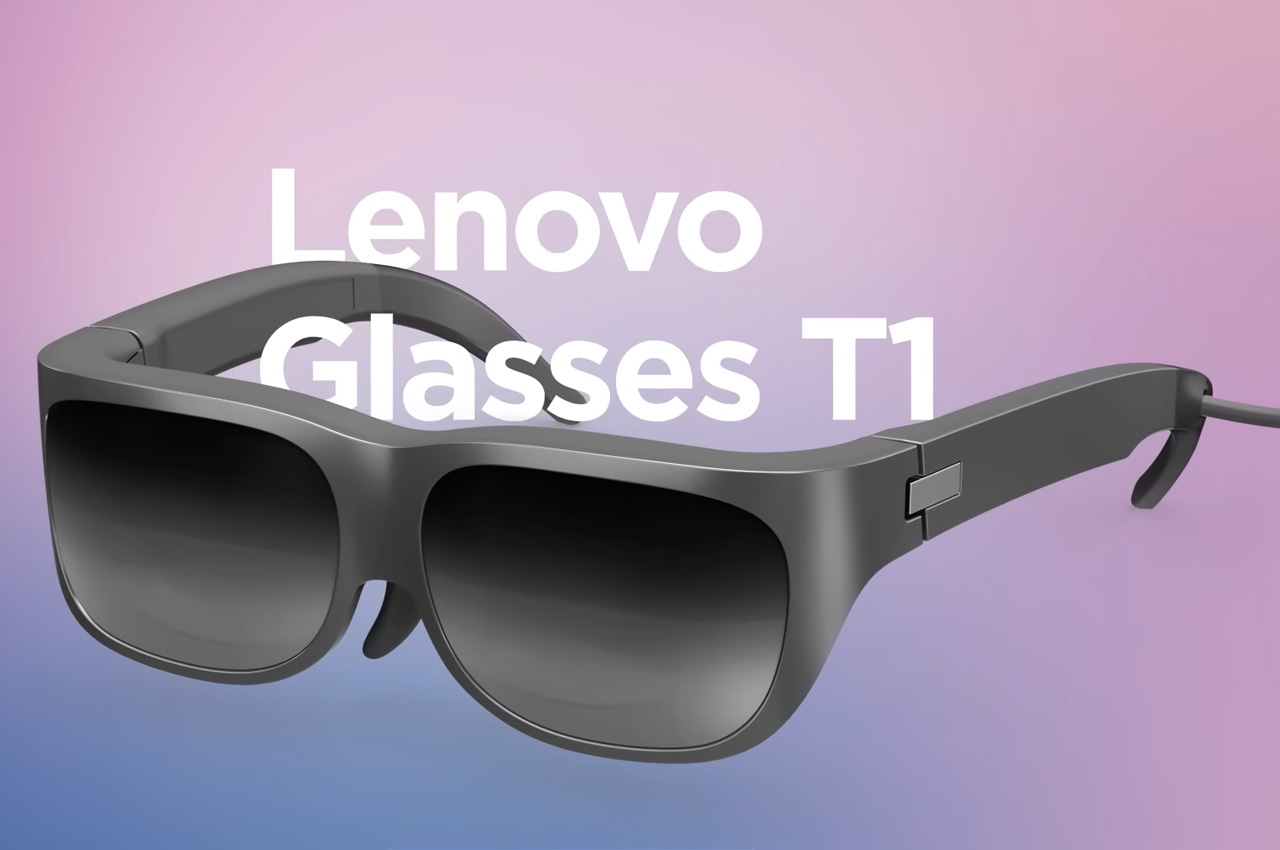
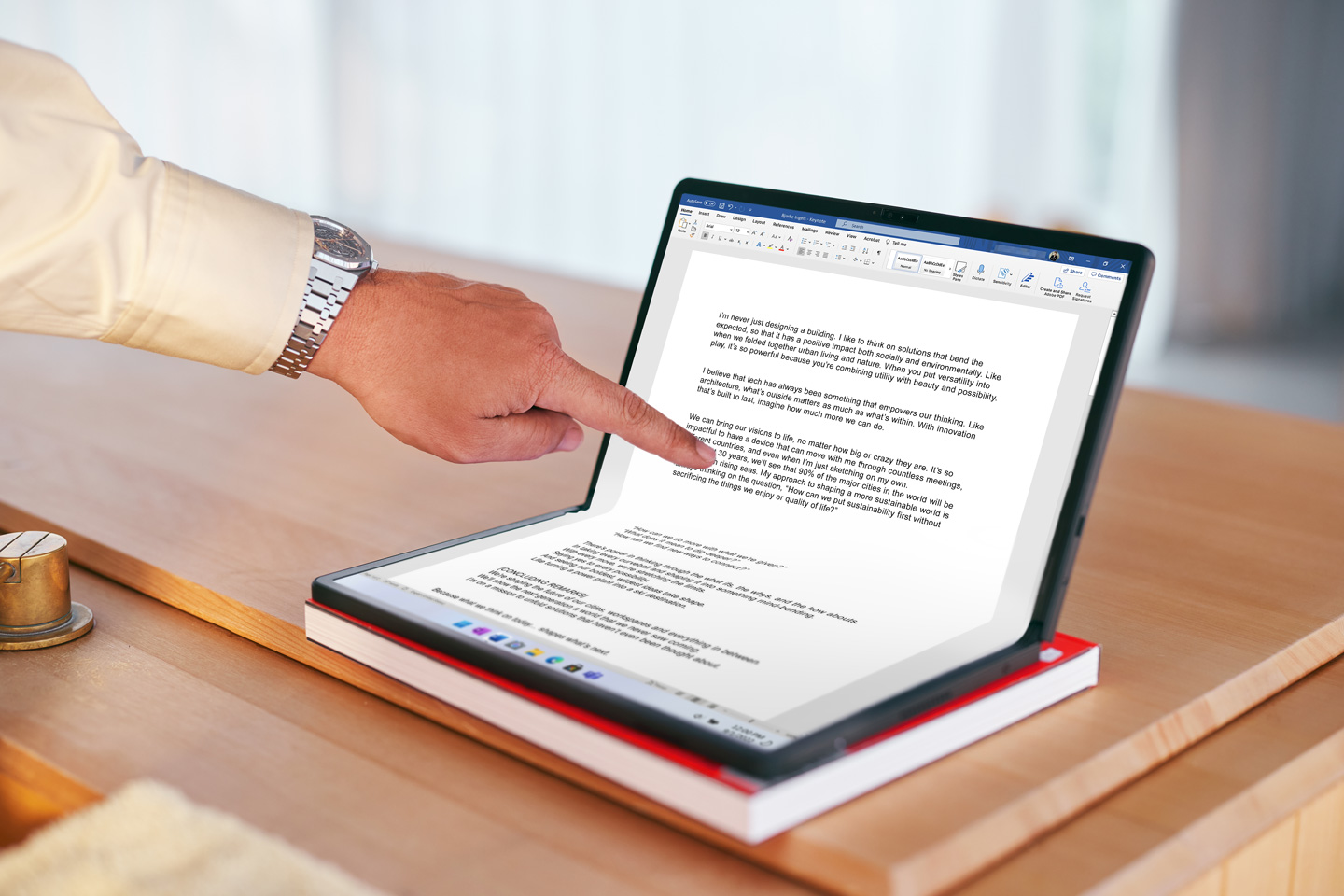
 i7 processor on the inside, with the ability to go up to 32GB LPDDR5 memory and 1TB storage. The 16.3-inch OLED display has a 4:3 resolution when completely open, bringing it to 3:2 when folded in half (that’s 15:10, which is just about comparable to the 16:9 aspect ratio found on regular laptops). The X1 Fold can be used solo or configured with an optional magnetic-attach pen utilizing Wacom protocol for a true tablet-esque experience. For laptop-lovers who need a tactile keyboard, the ThinkPad X1 Fold offers an optional full-size backlit ThinkPad keyboard, with TrackPoint and
i7 processor on the inside, with the ability to go up to 32GB LPDDR5 memory and 1TB storage. The 16.3-inch OLED display has a 4:3 resolution when completely open, bringing it to 3:2 when folded in half (that’s 15:10, which is just about comparable to the 16:9 aspect ratio found on regular laptops). The X1 Fold can be used solo or configured with an optional magnetic-attach pen utilizing Wacom protocol for a true tablet-esque experience. For laptop-lovers who need a tactile keyboard, the ThinkPad X1 Fold offers an optional full-size backlit ThinkPad keyboard, with TrackPoint and